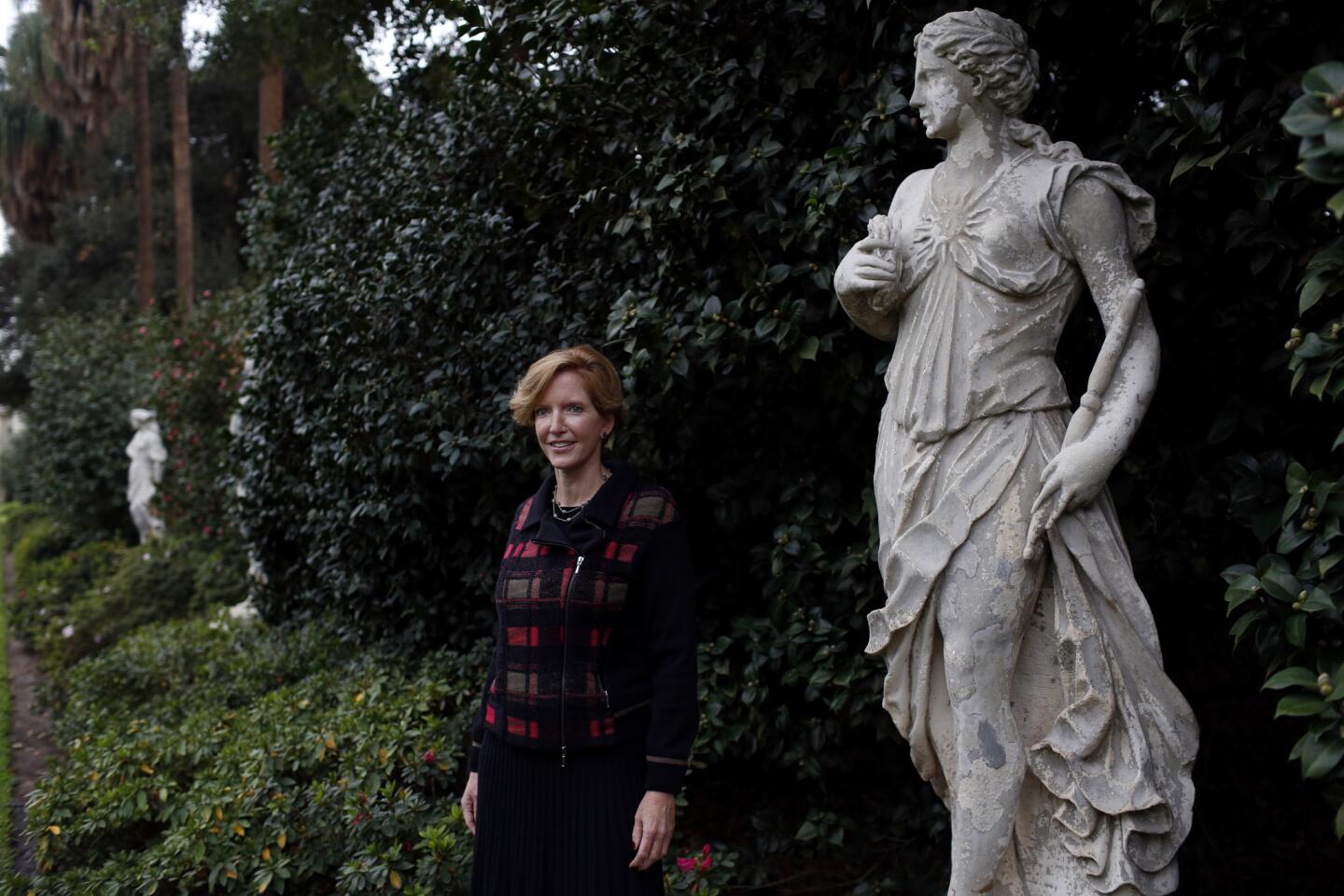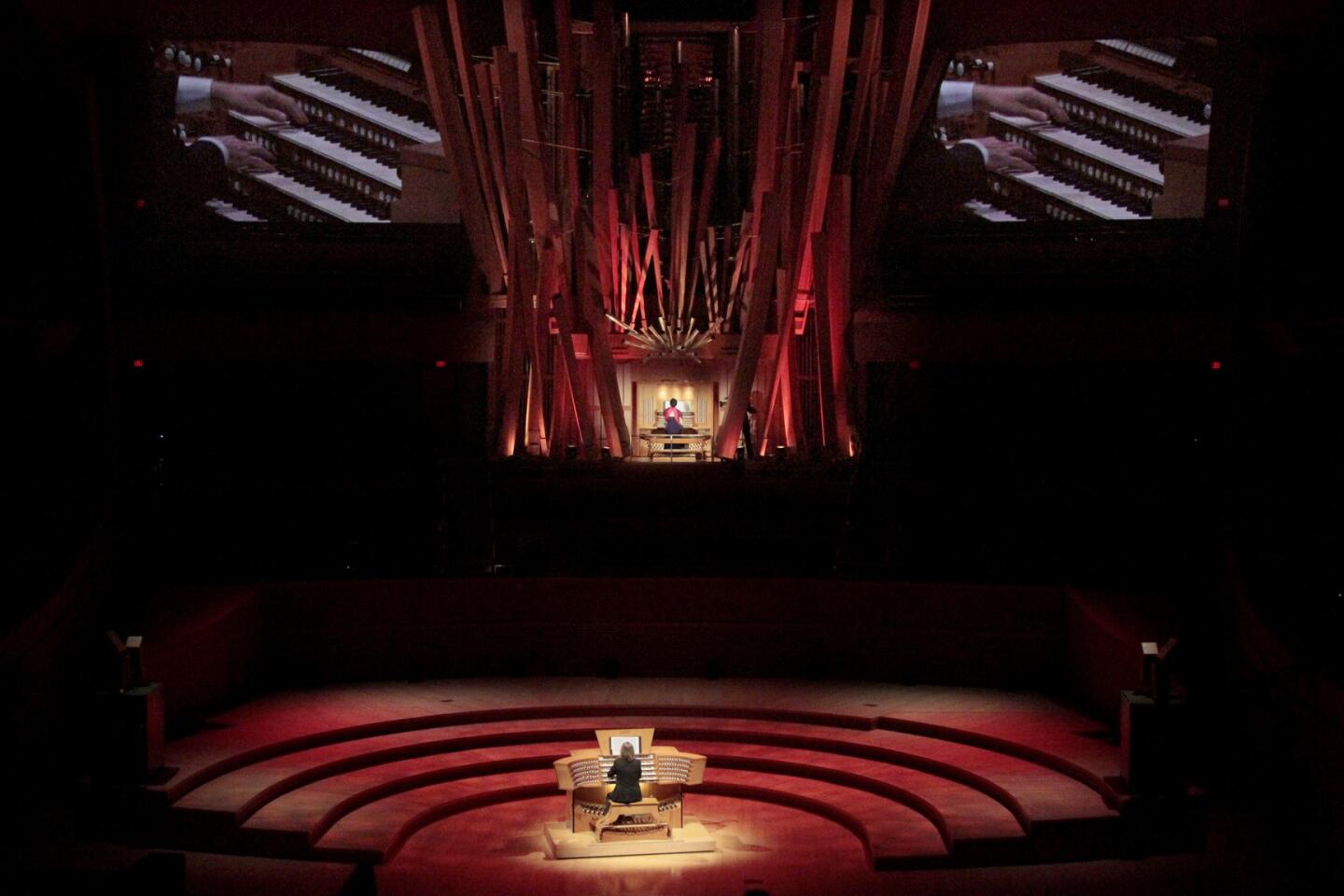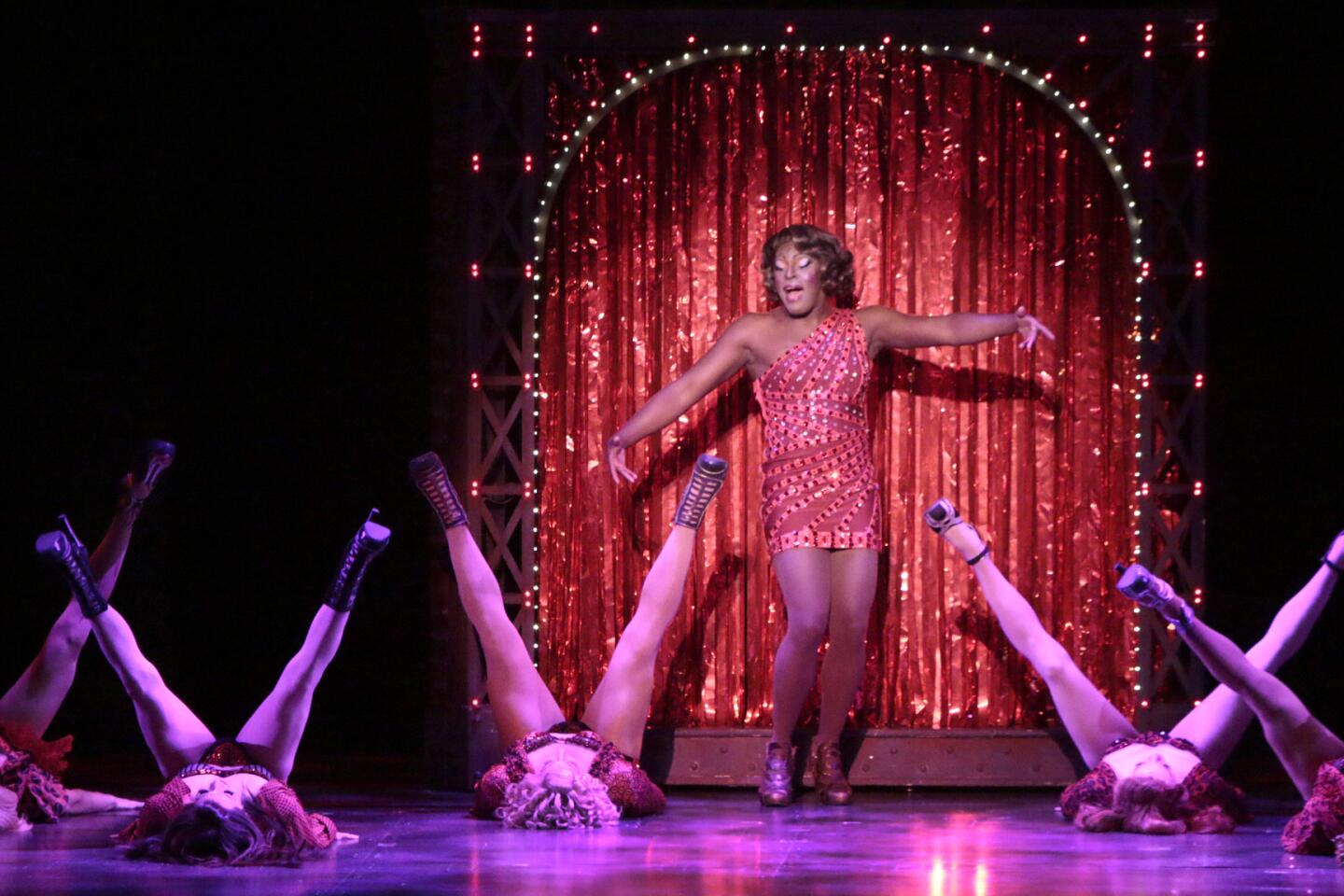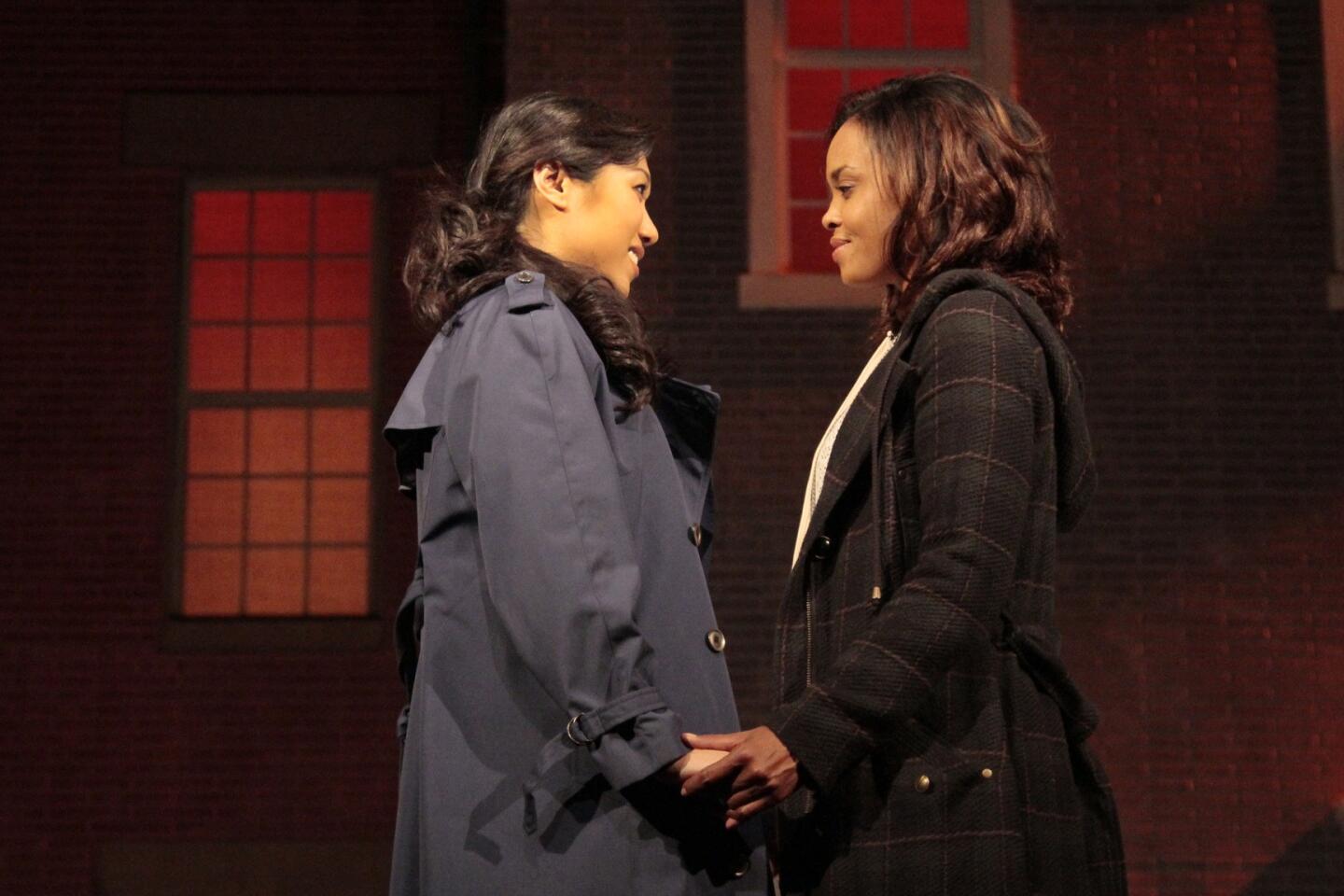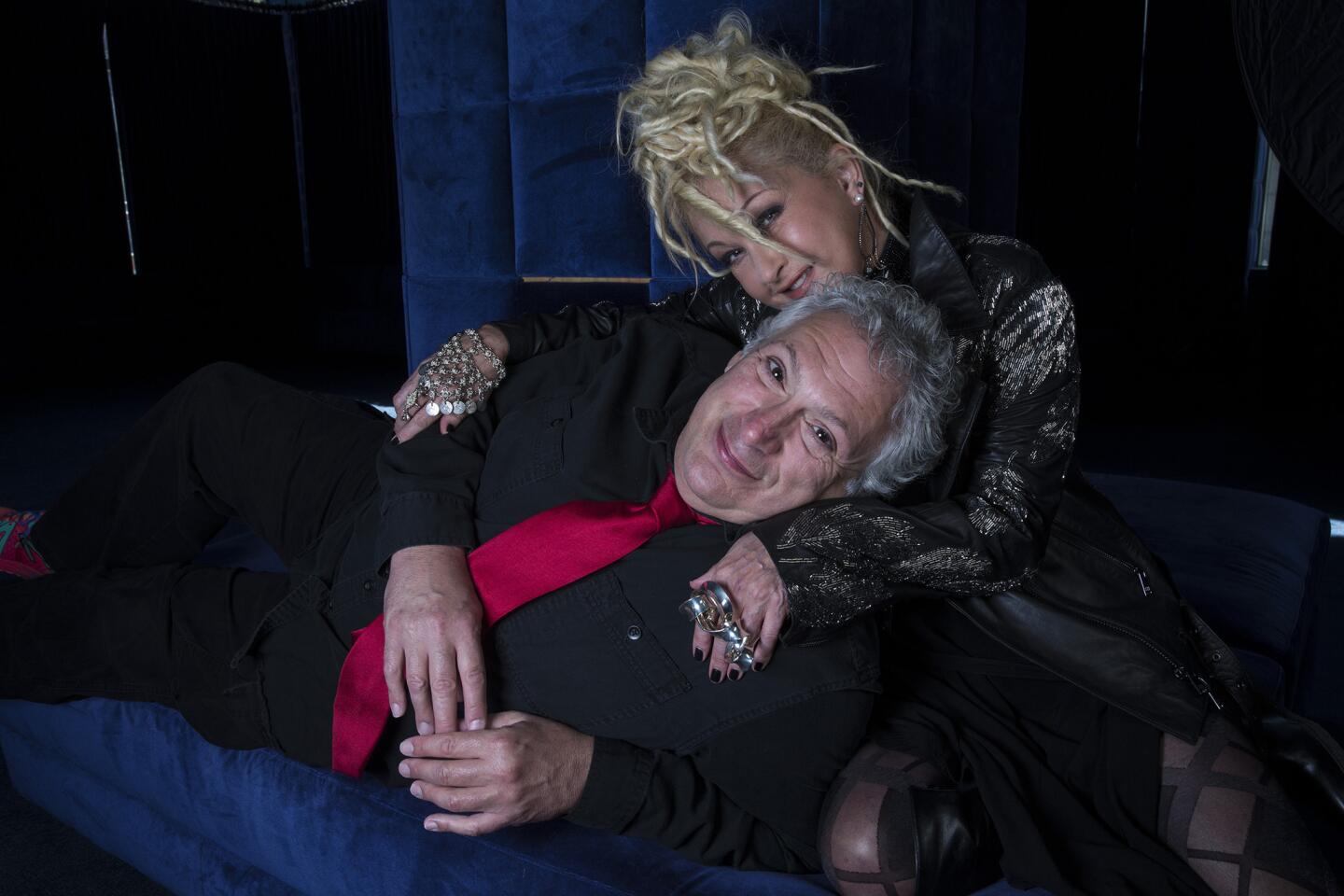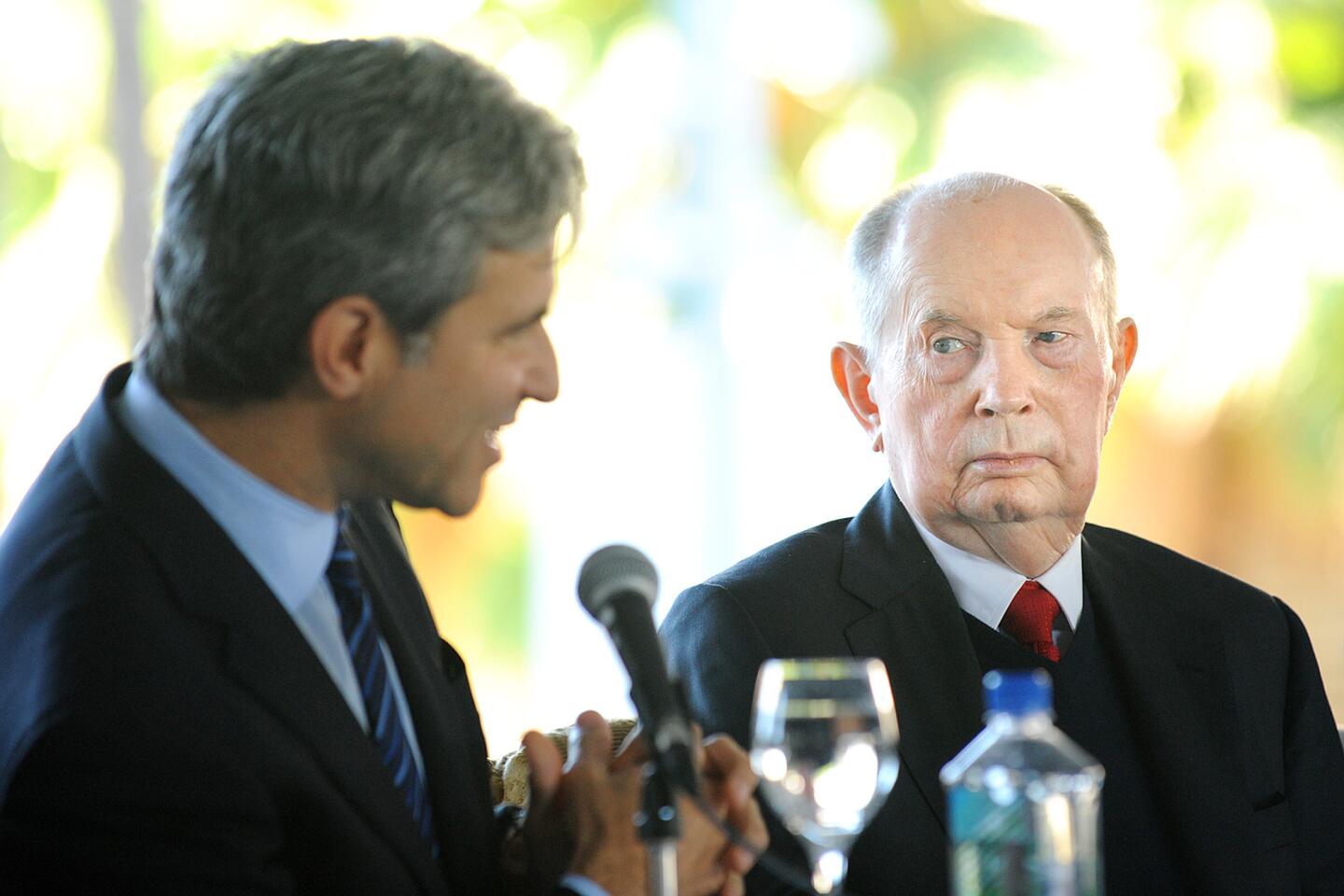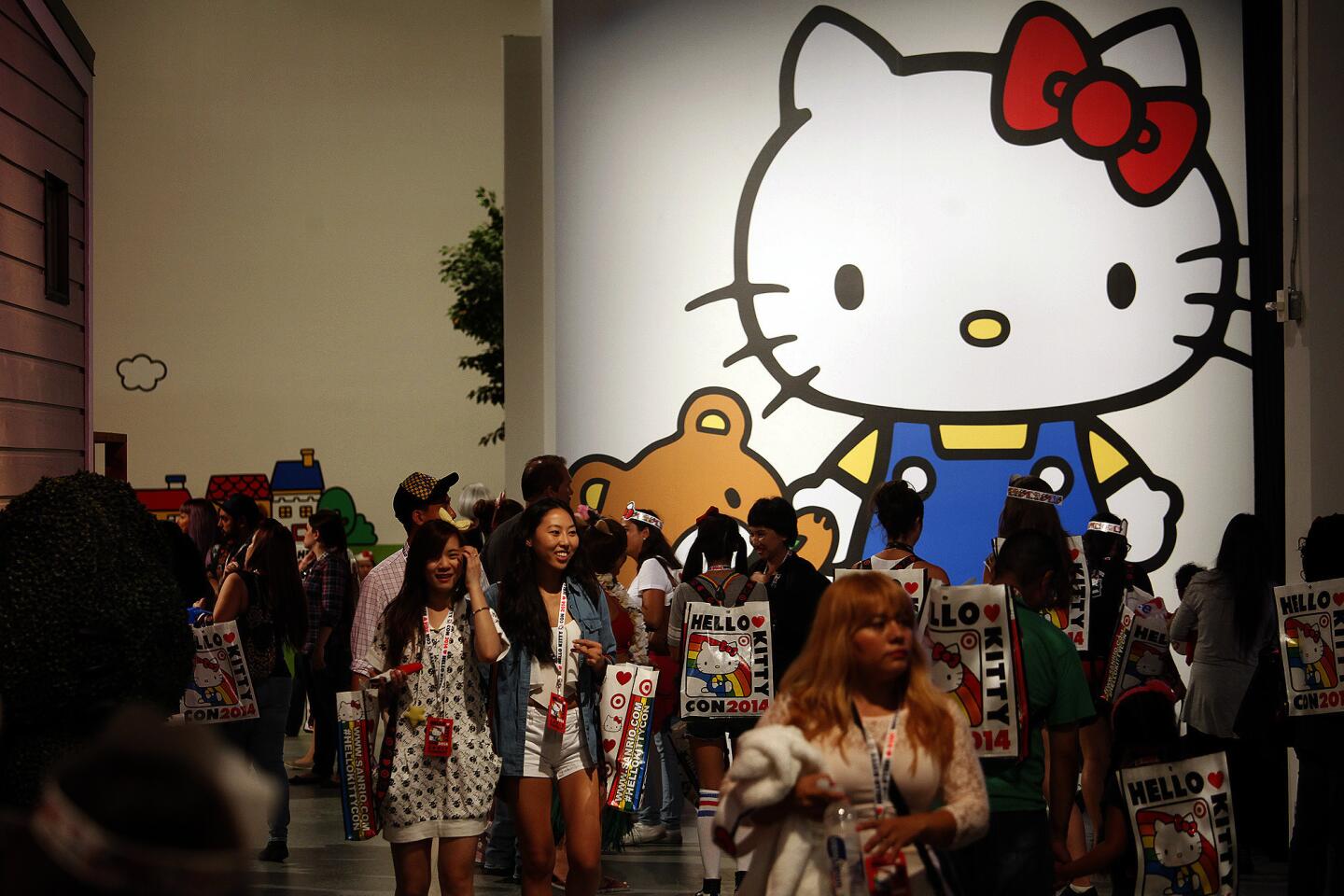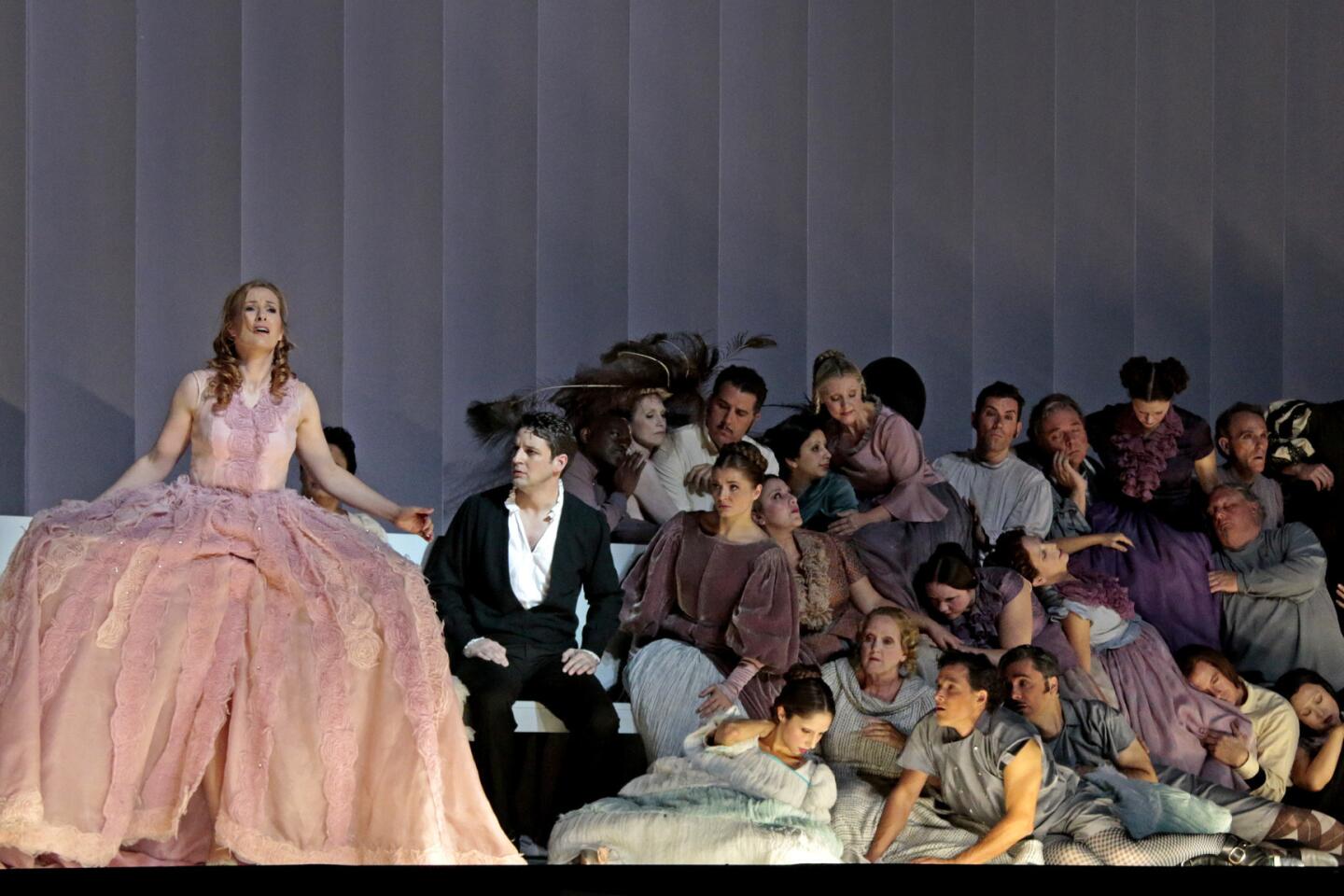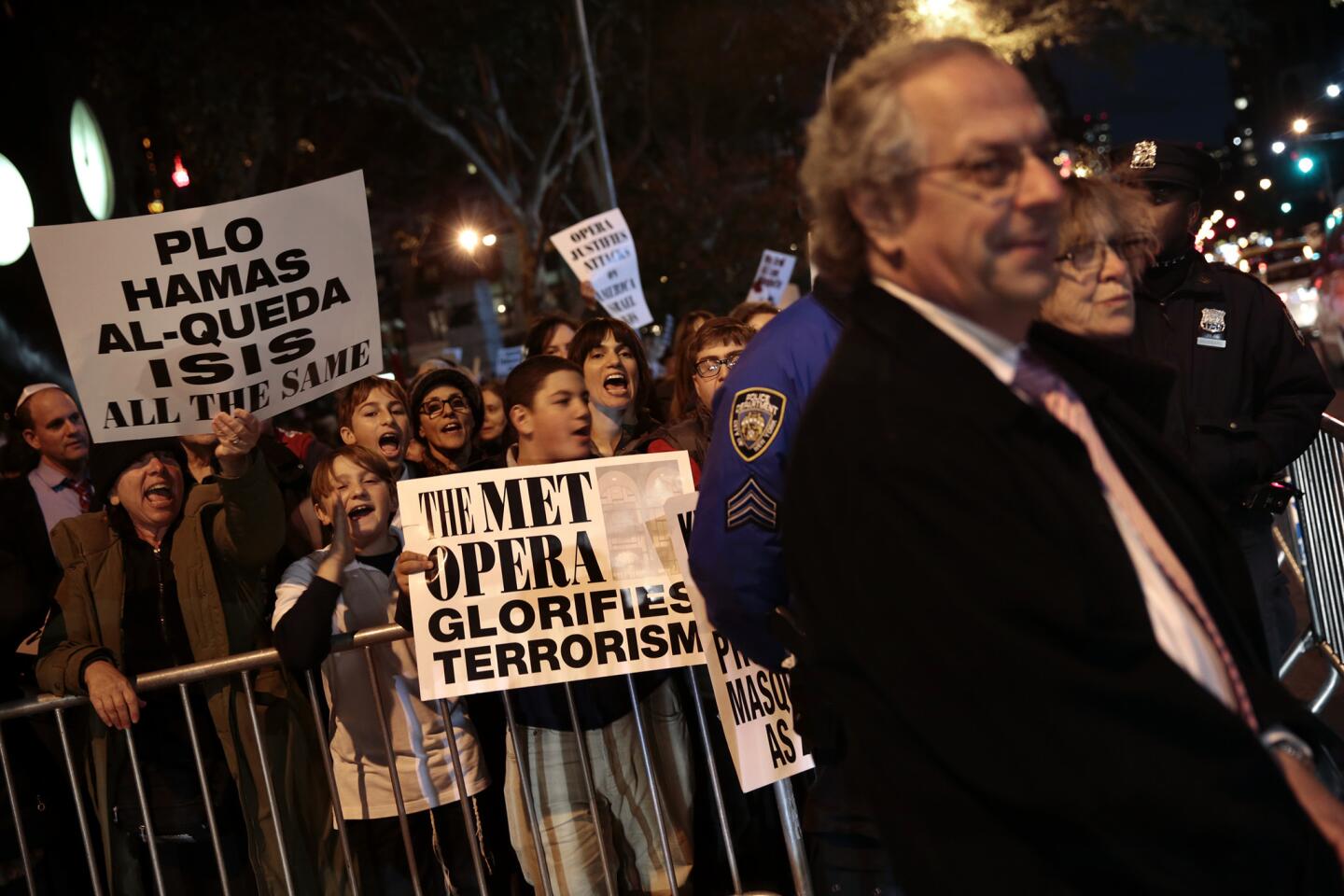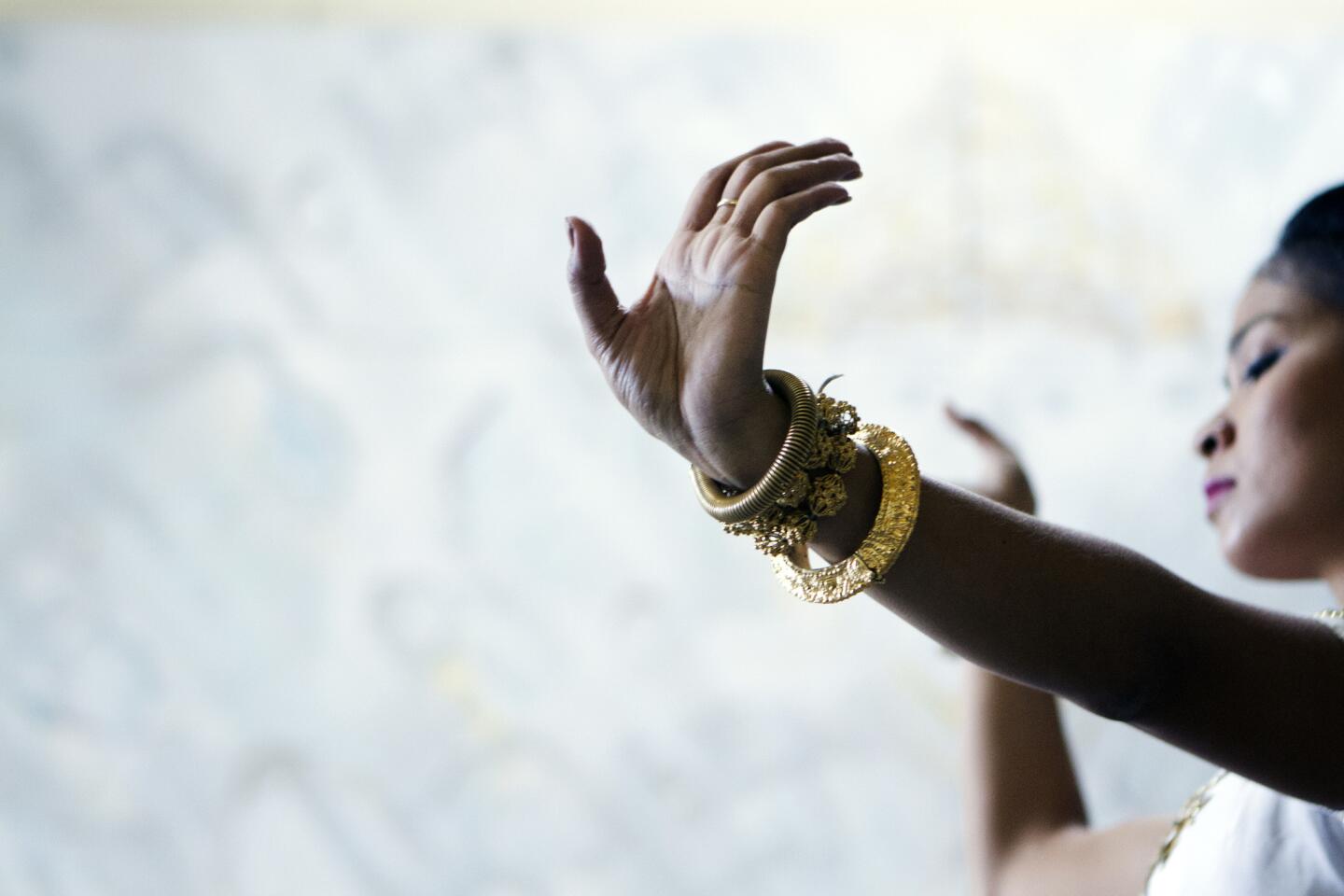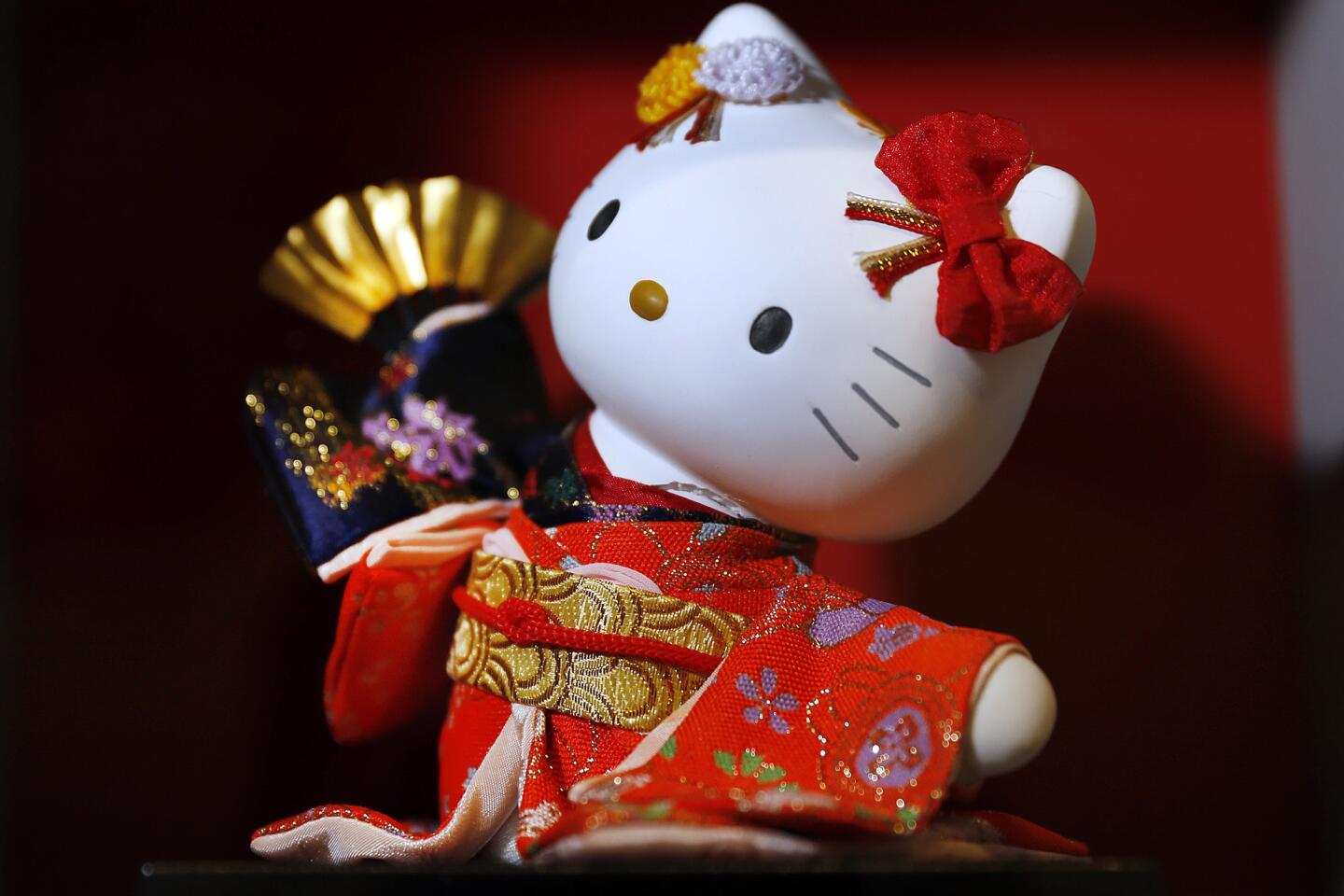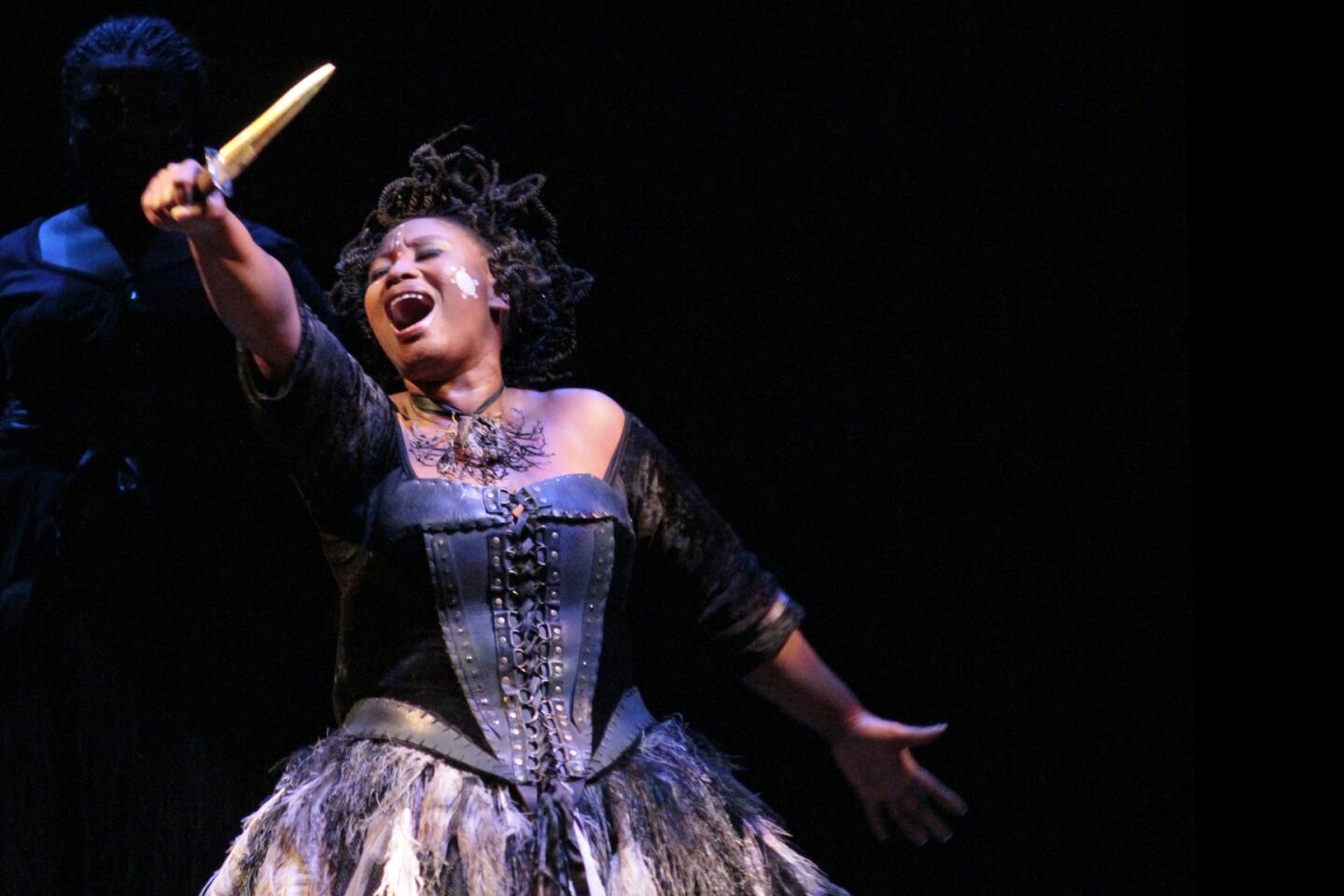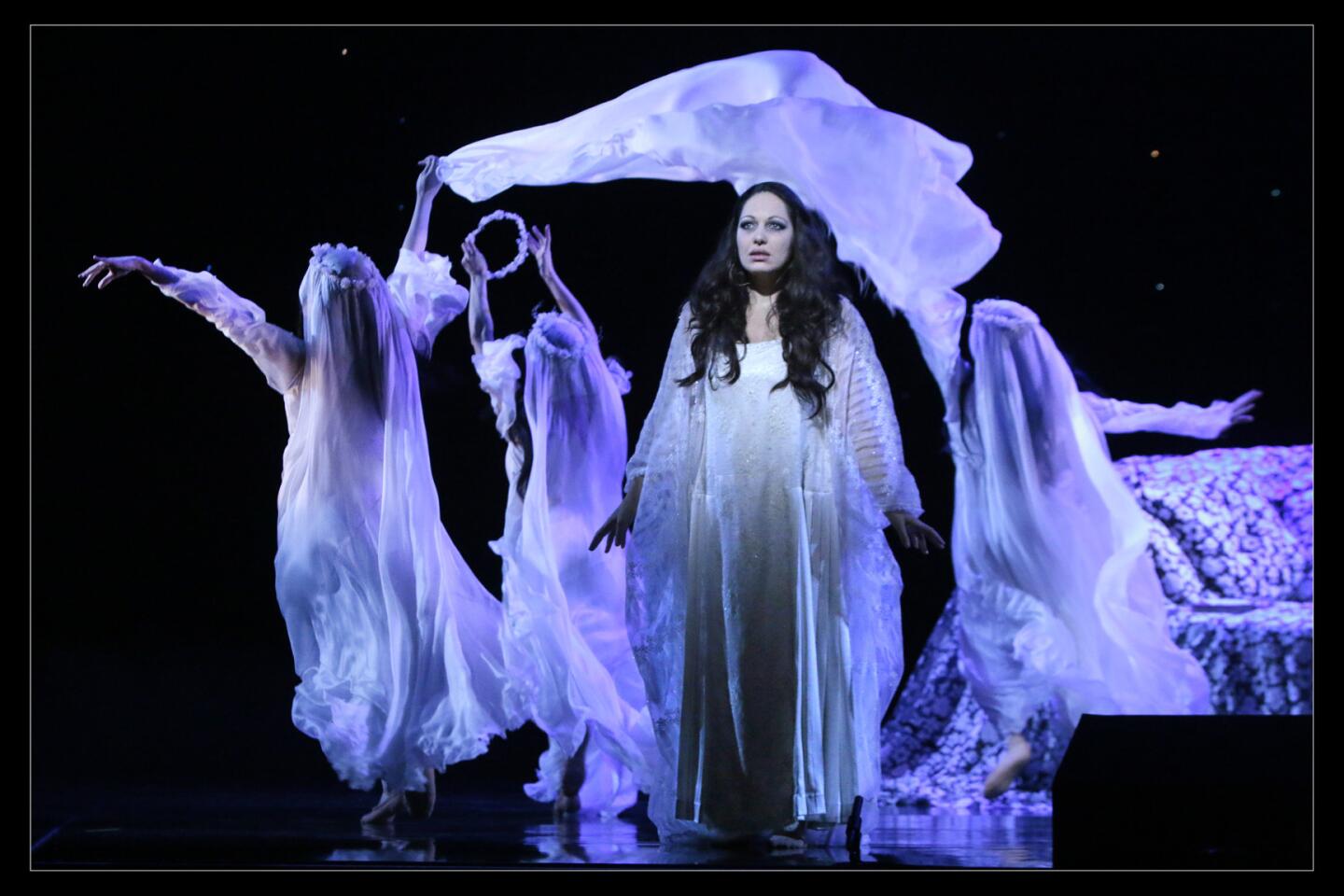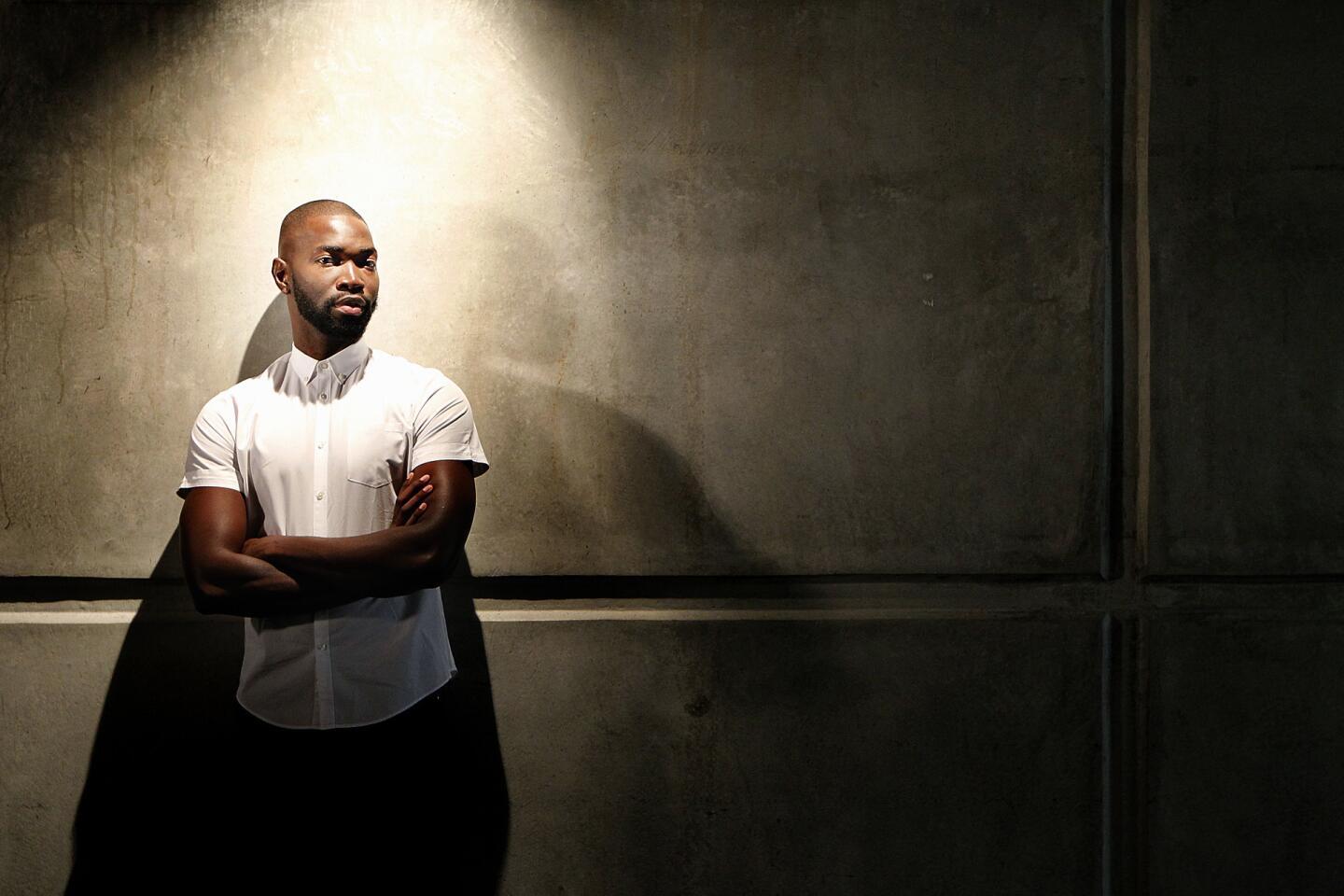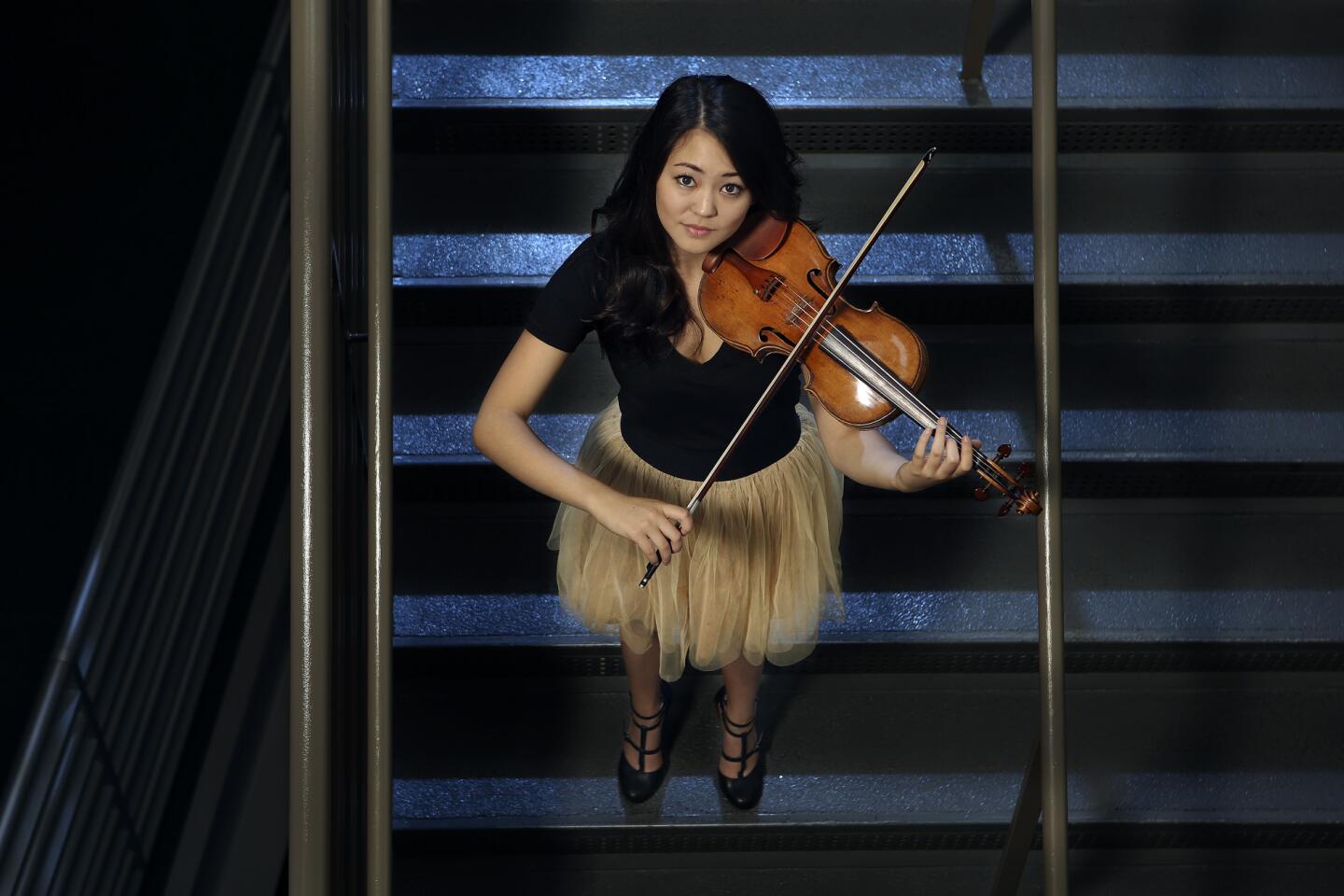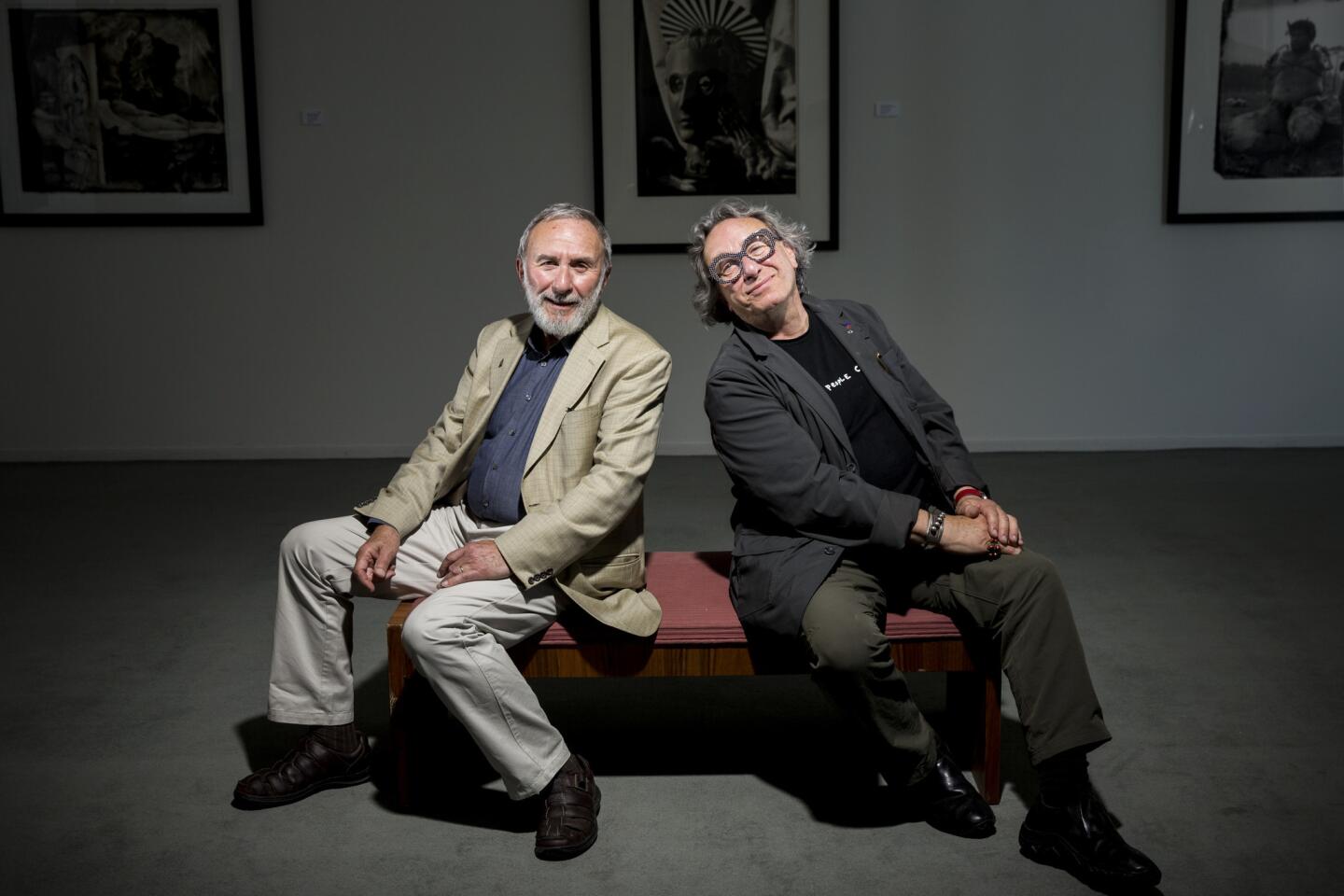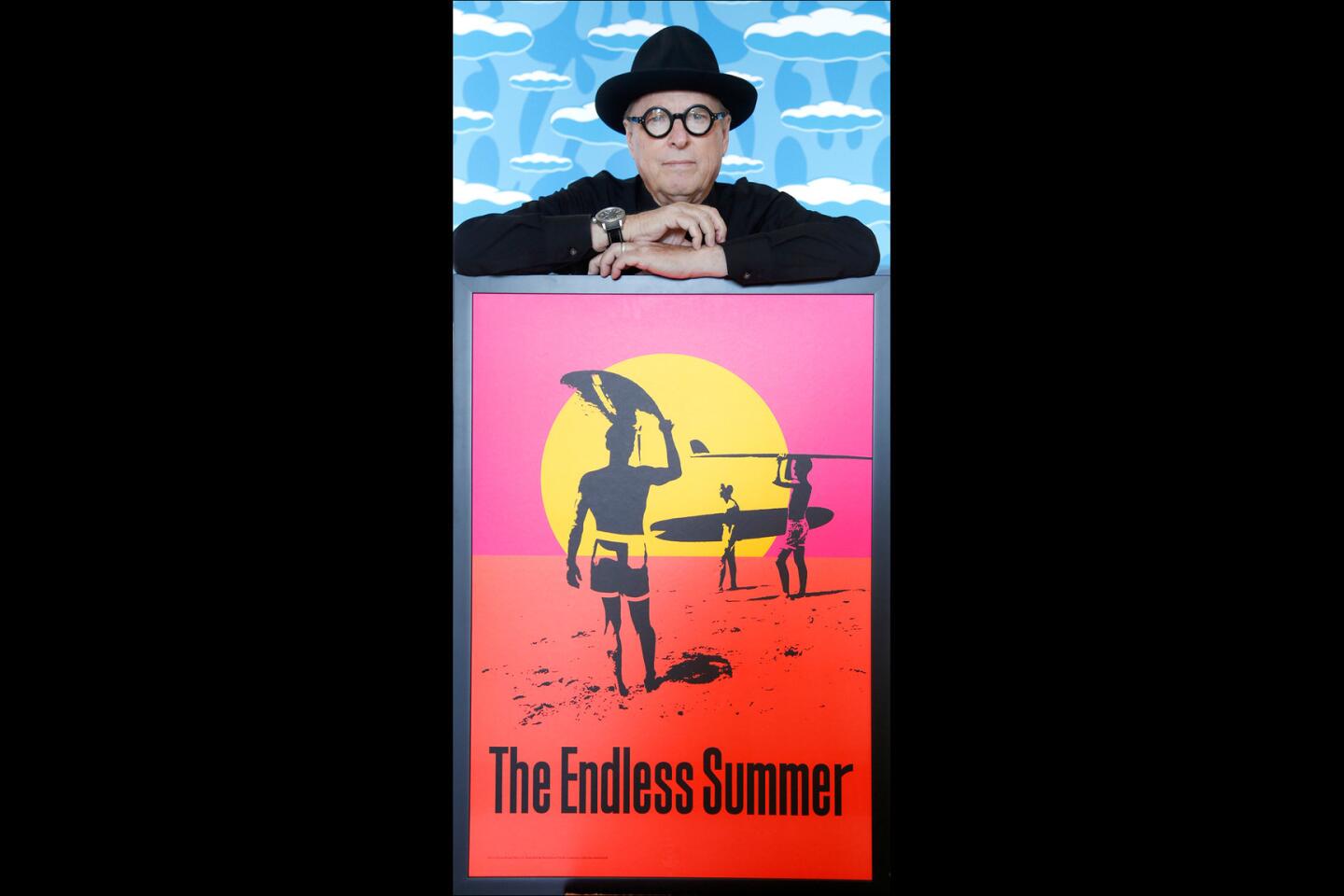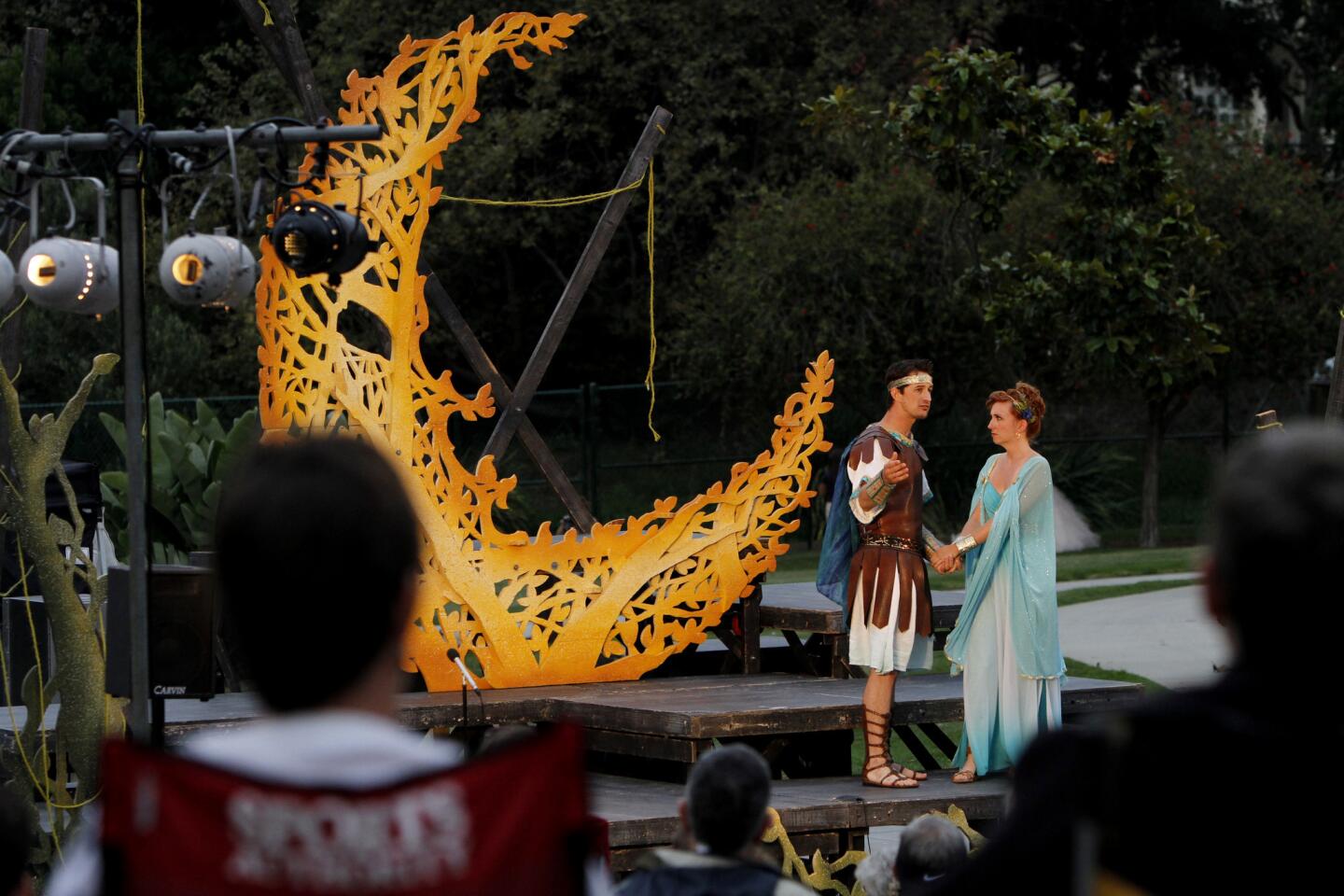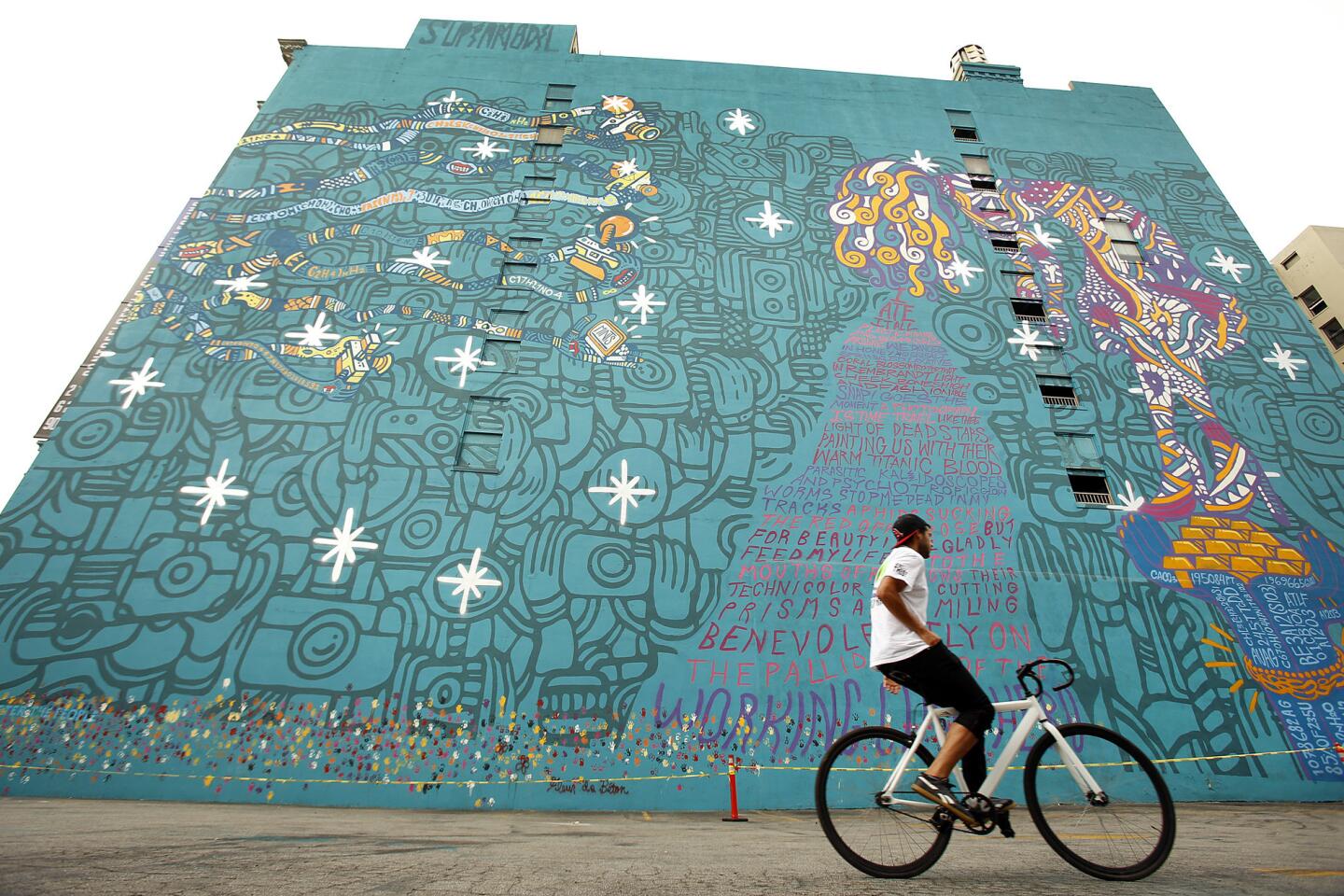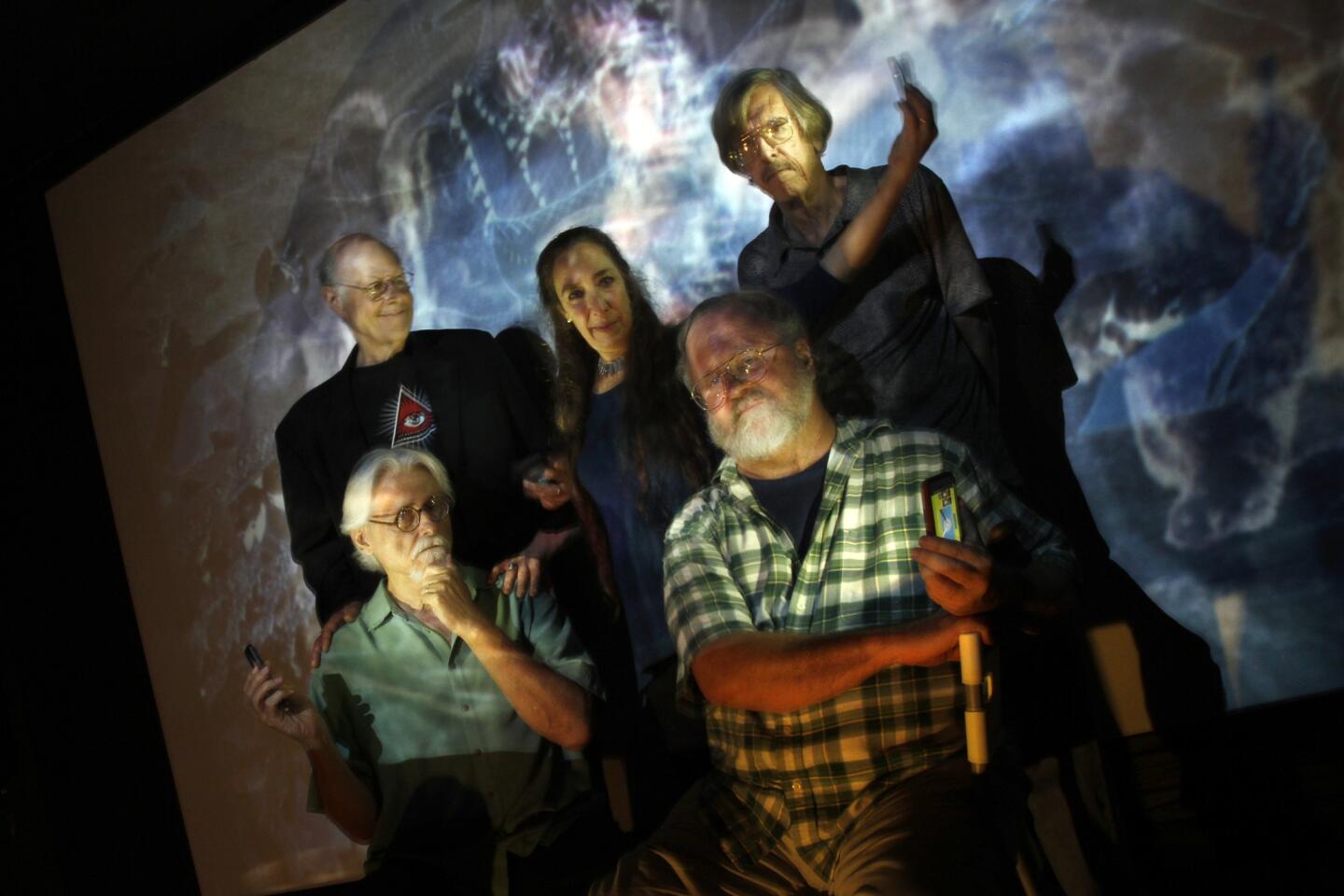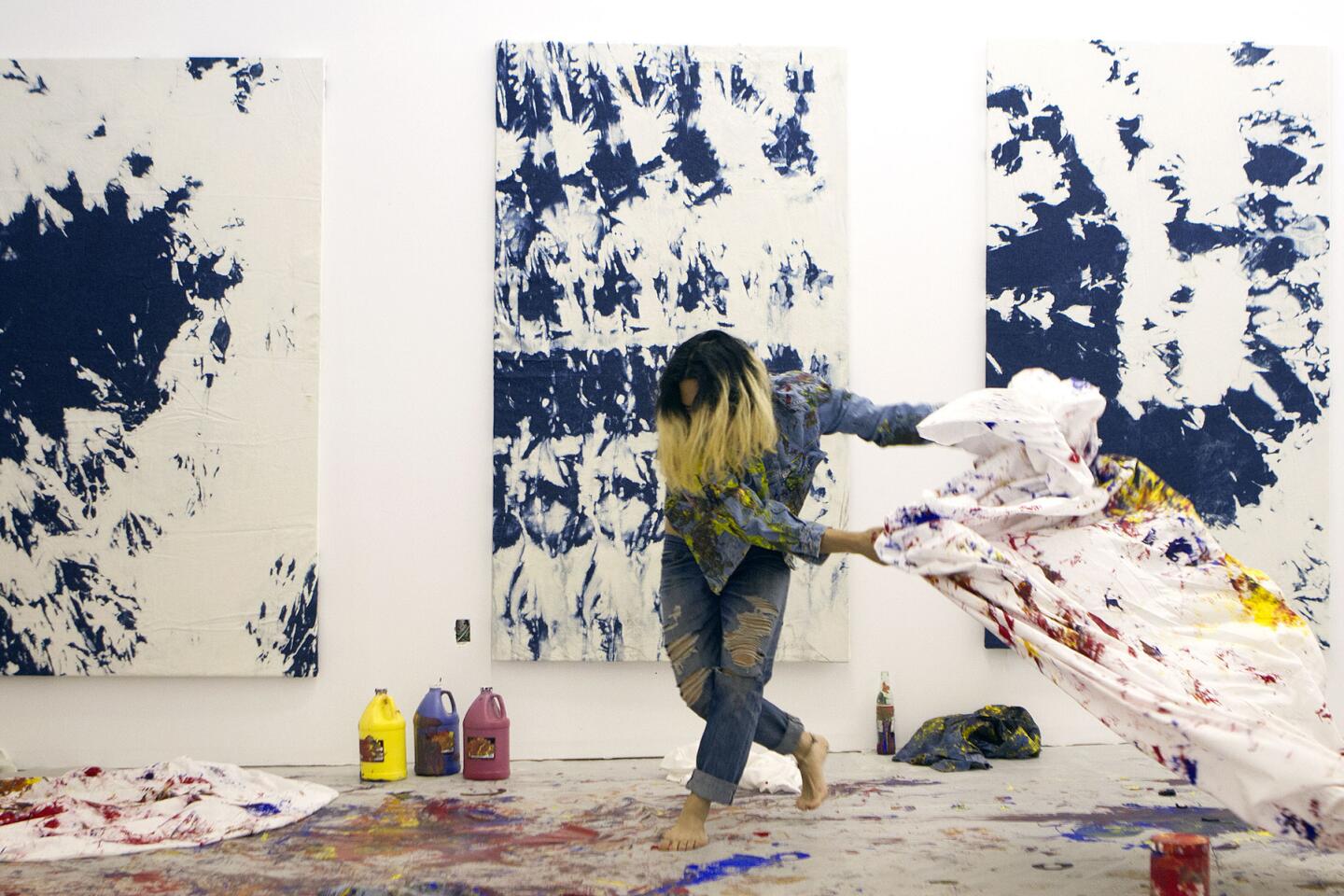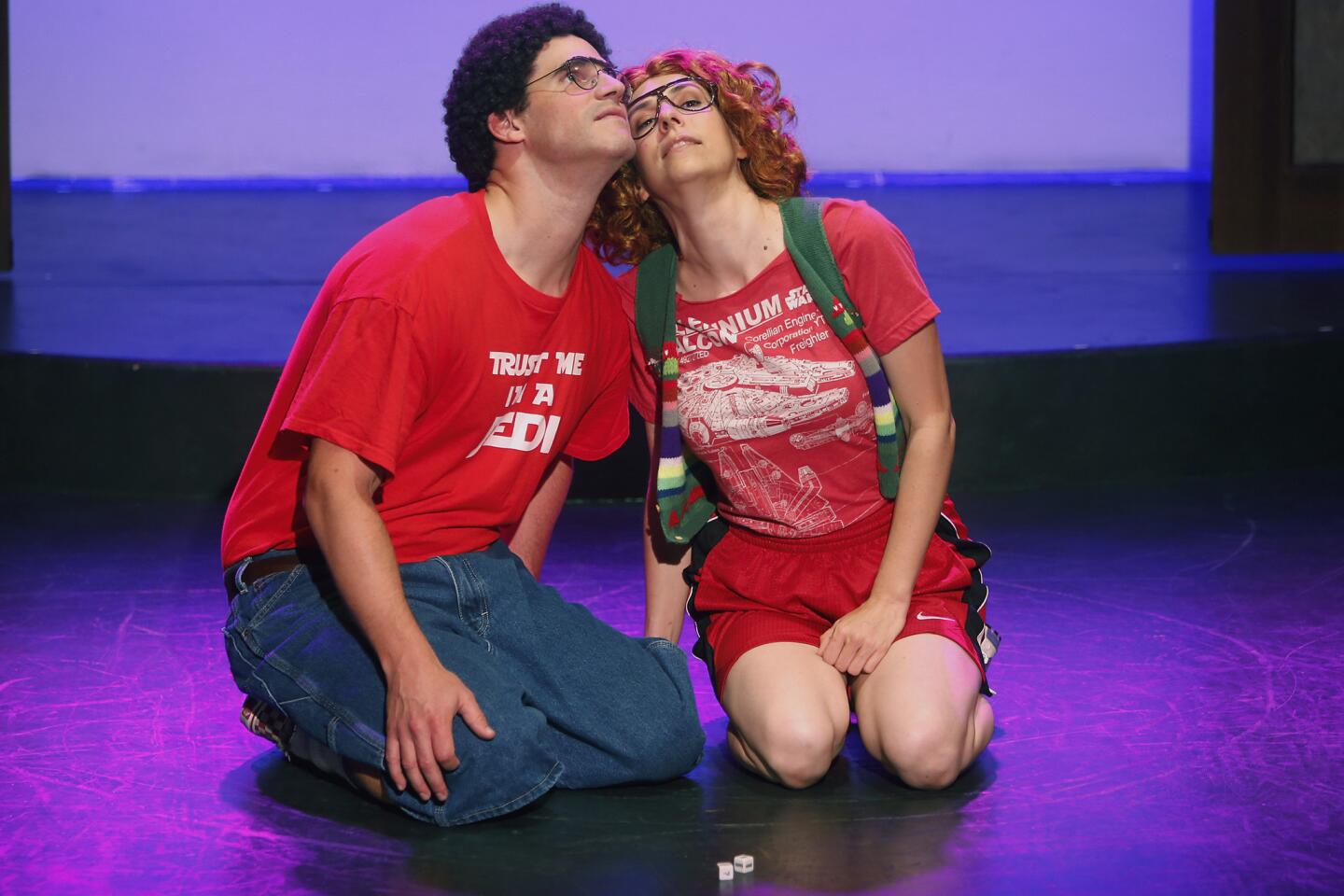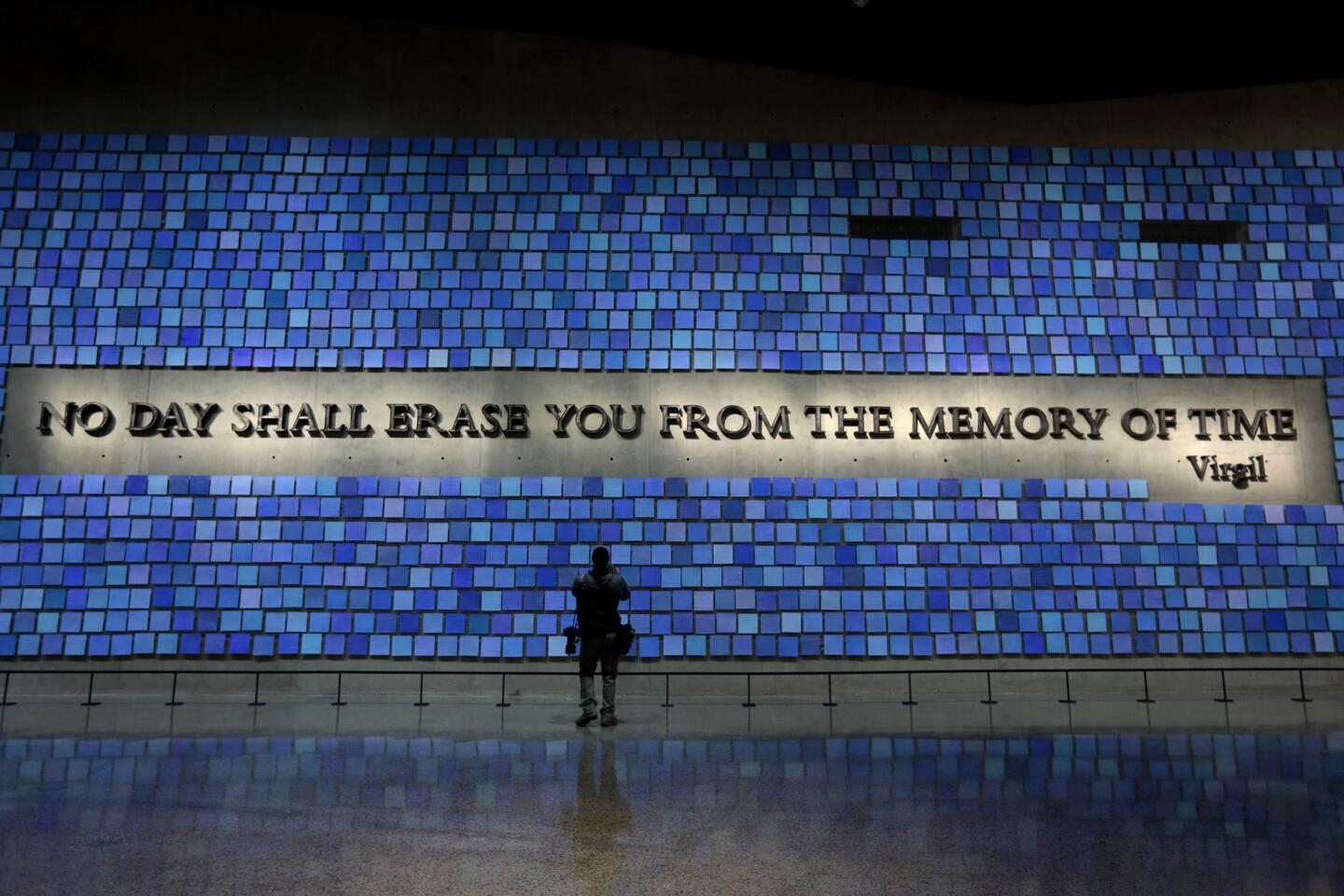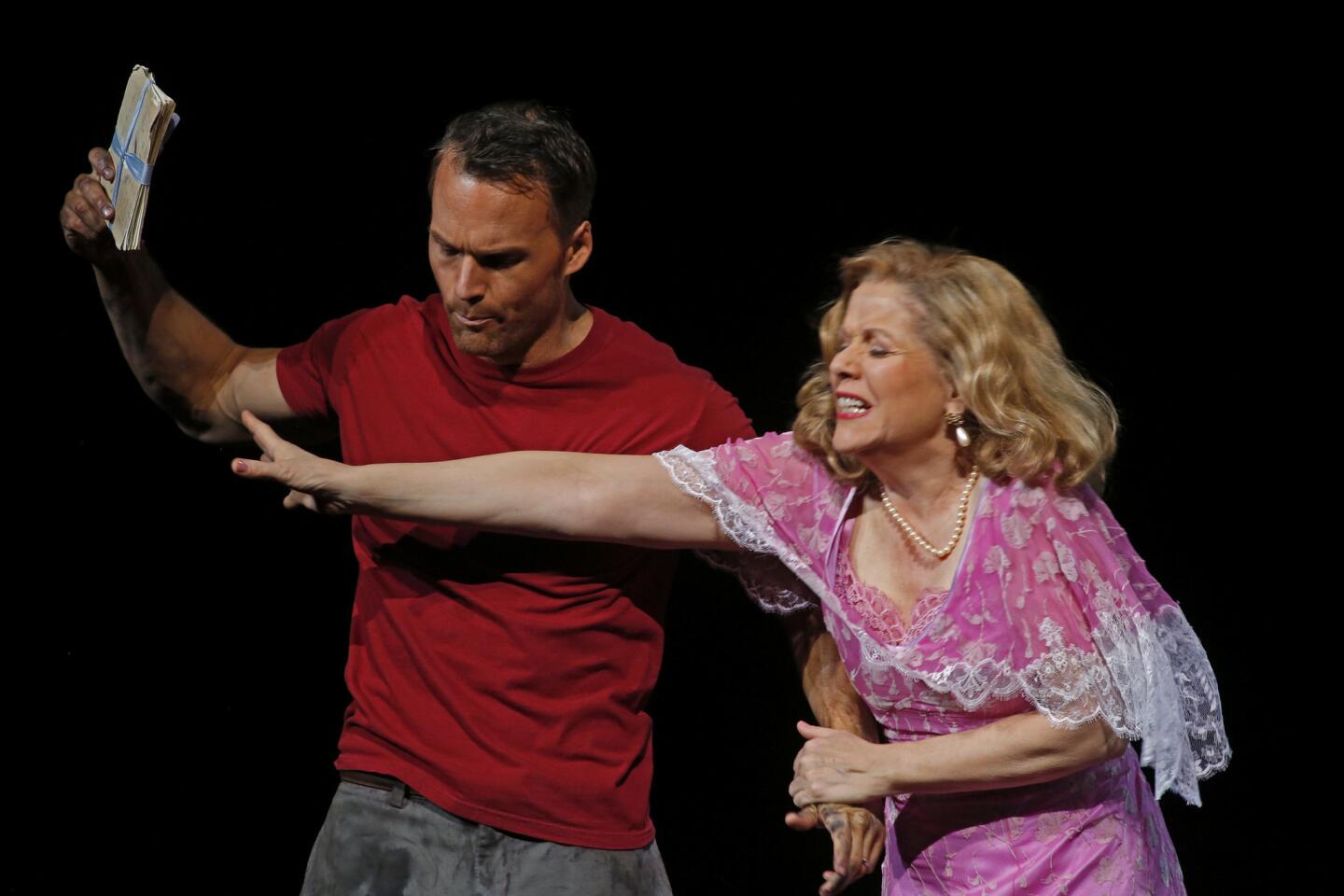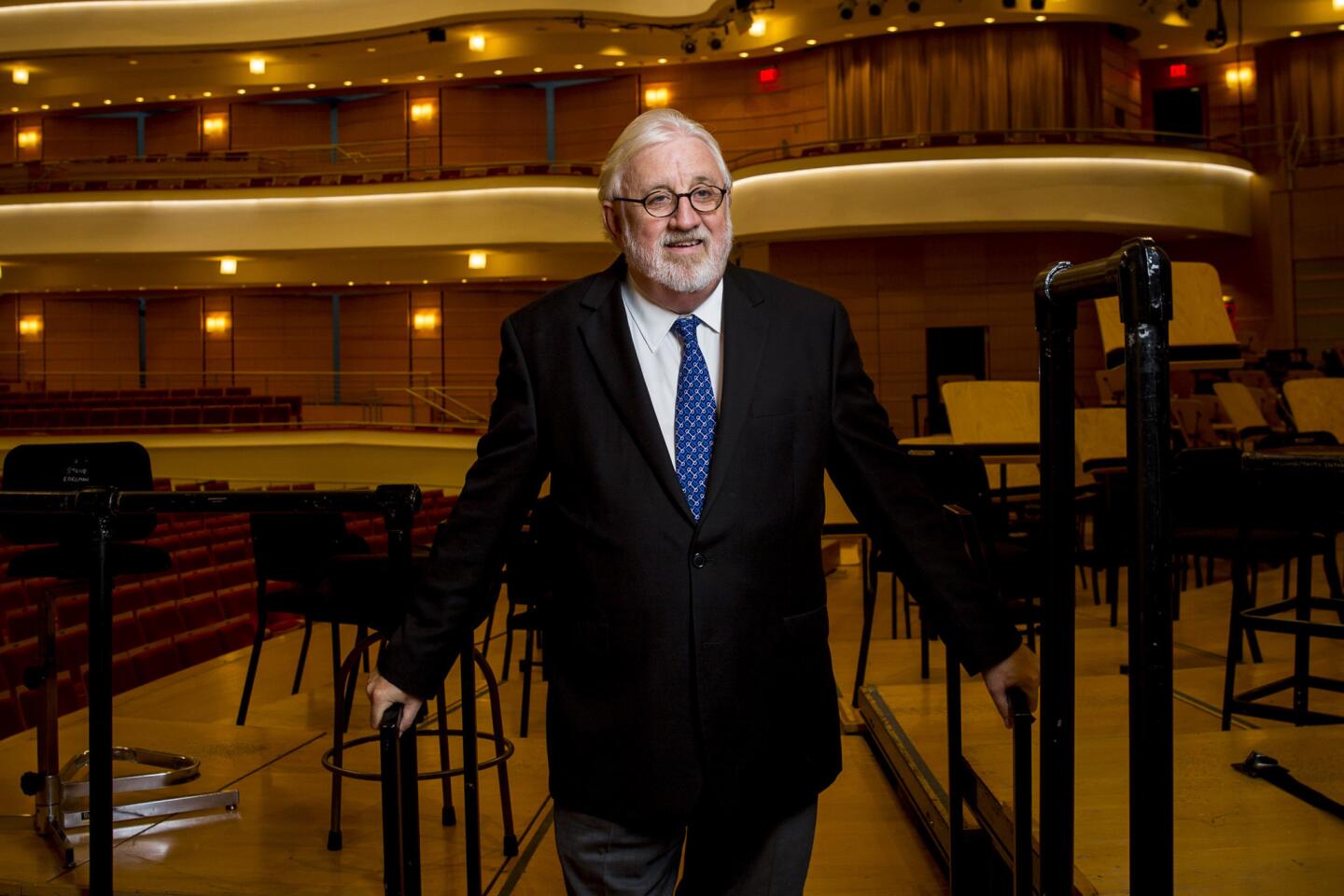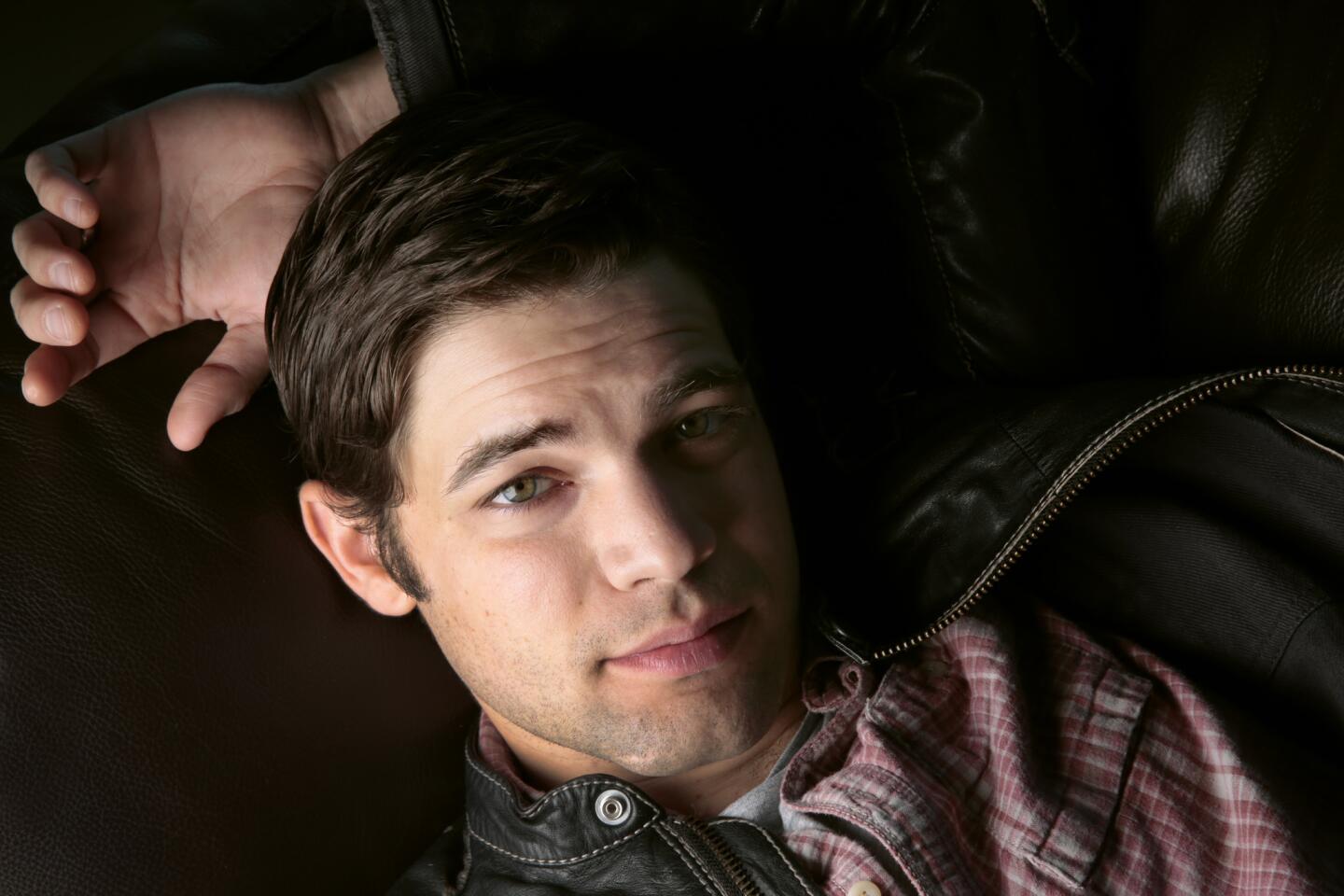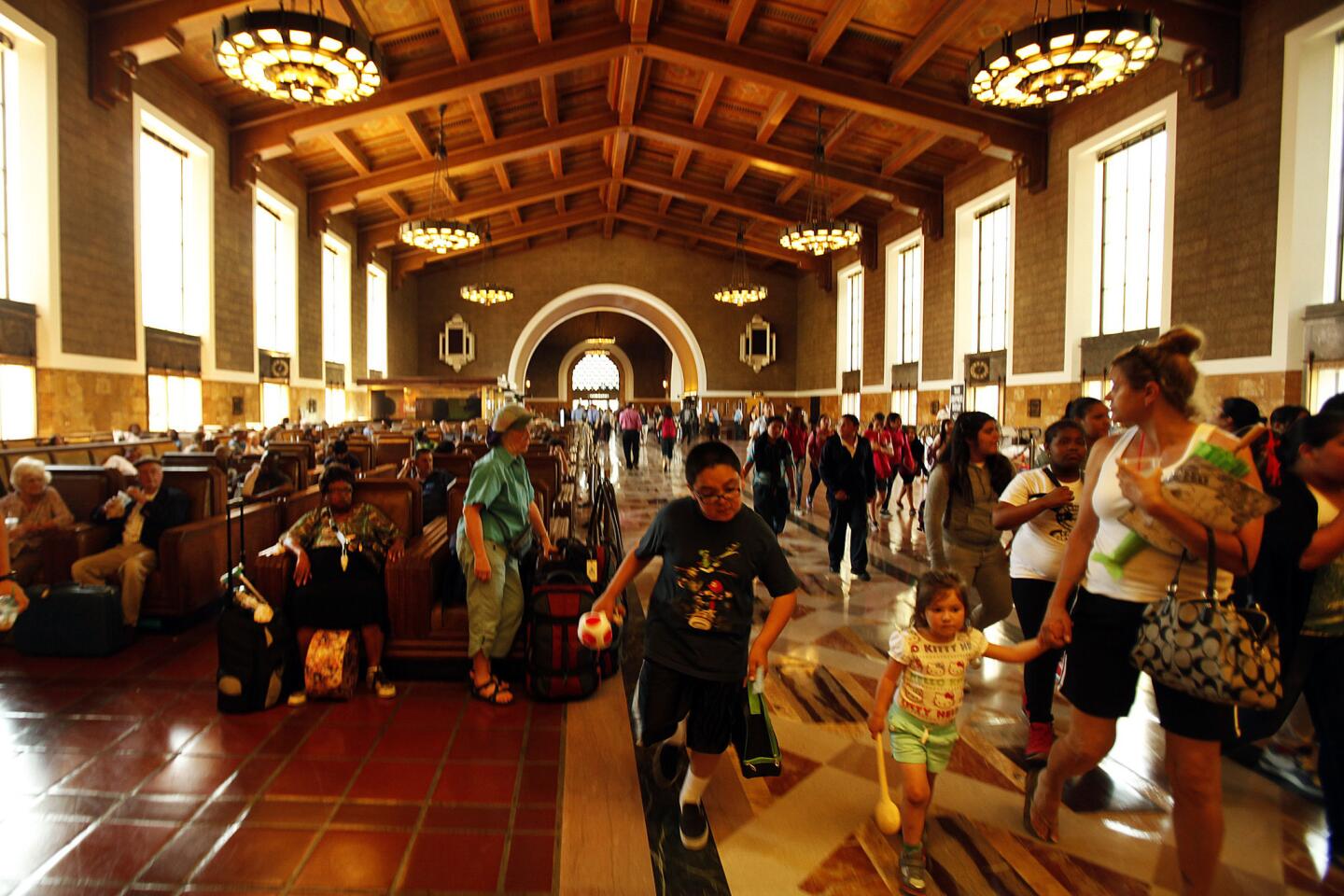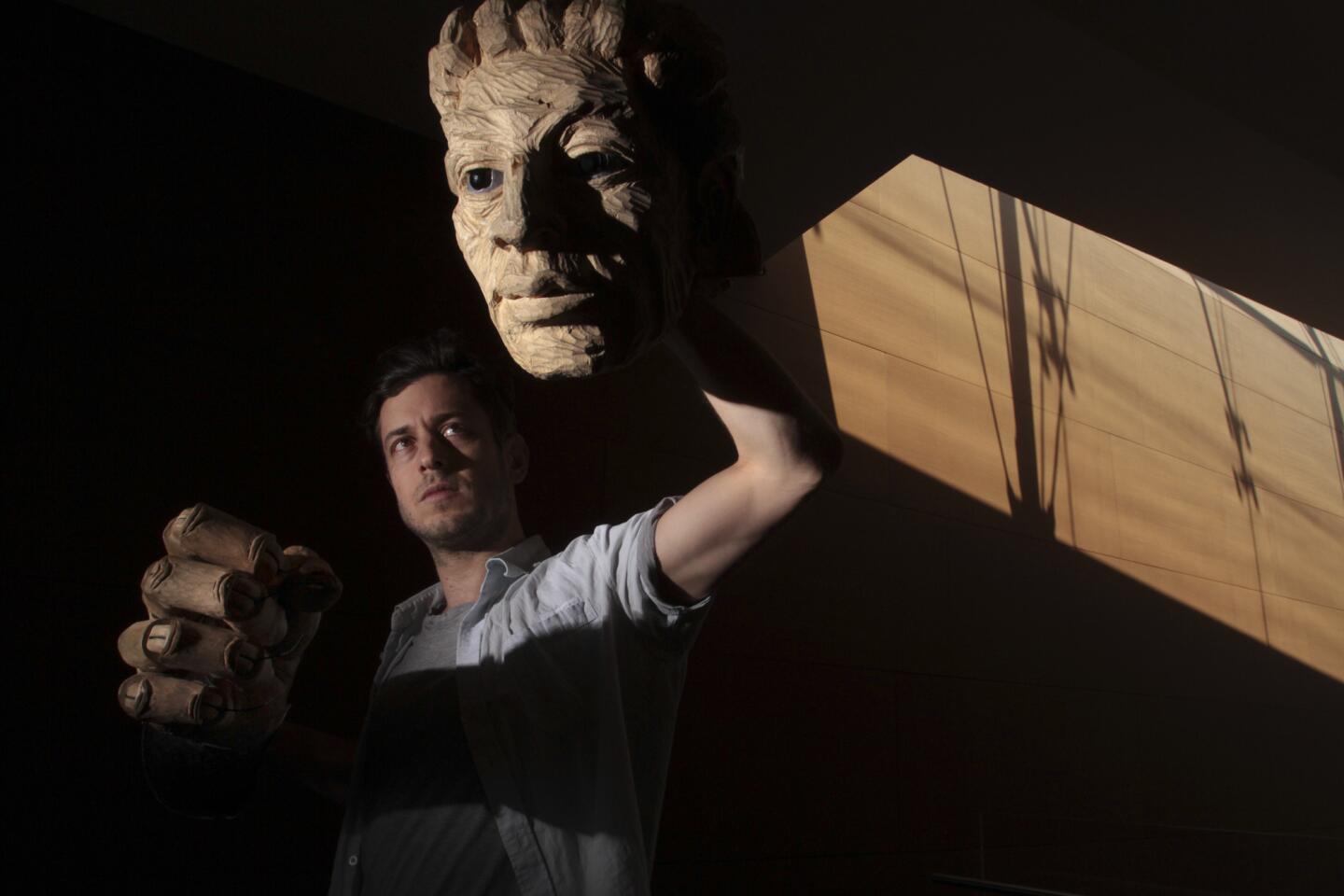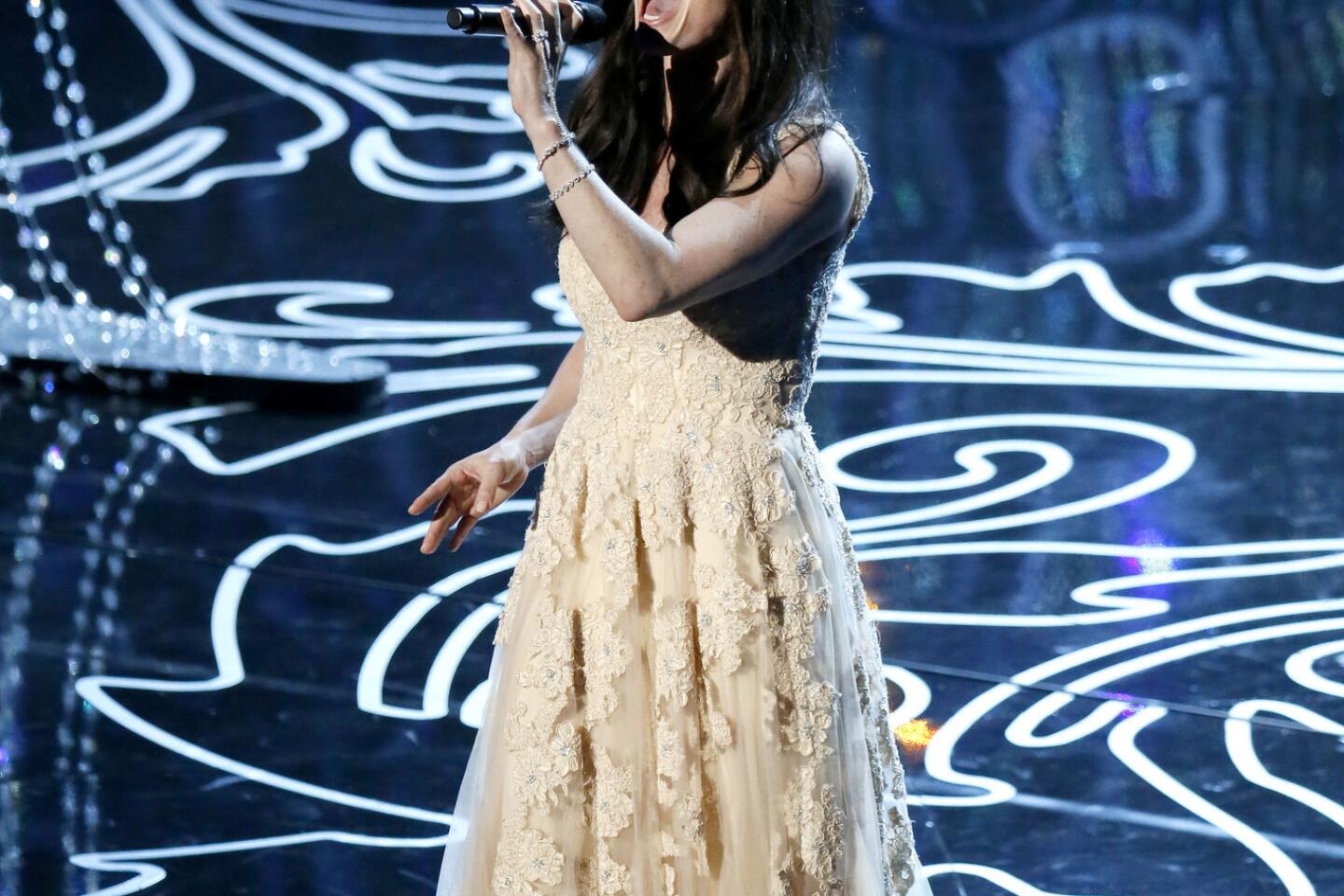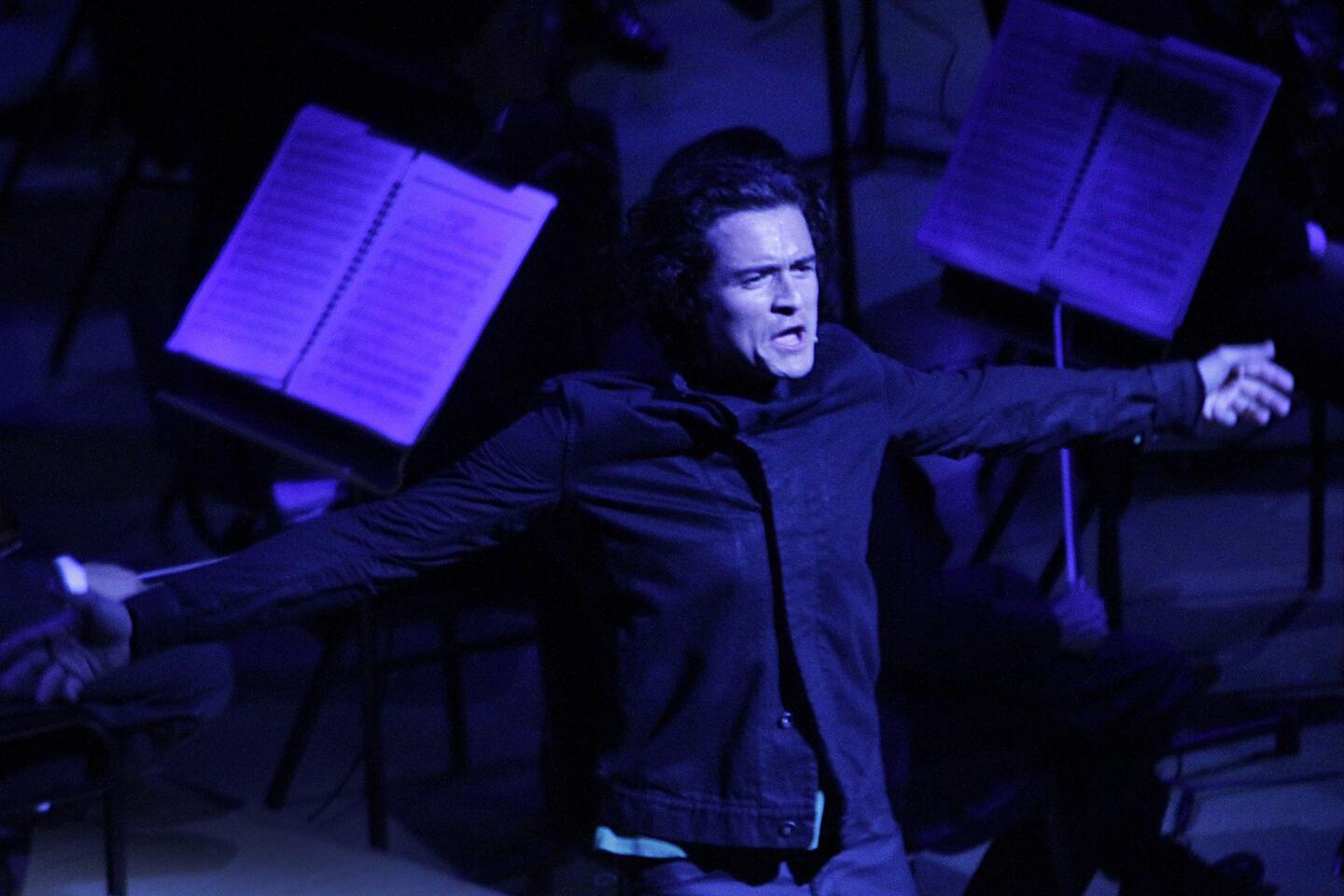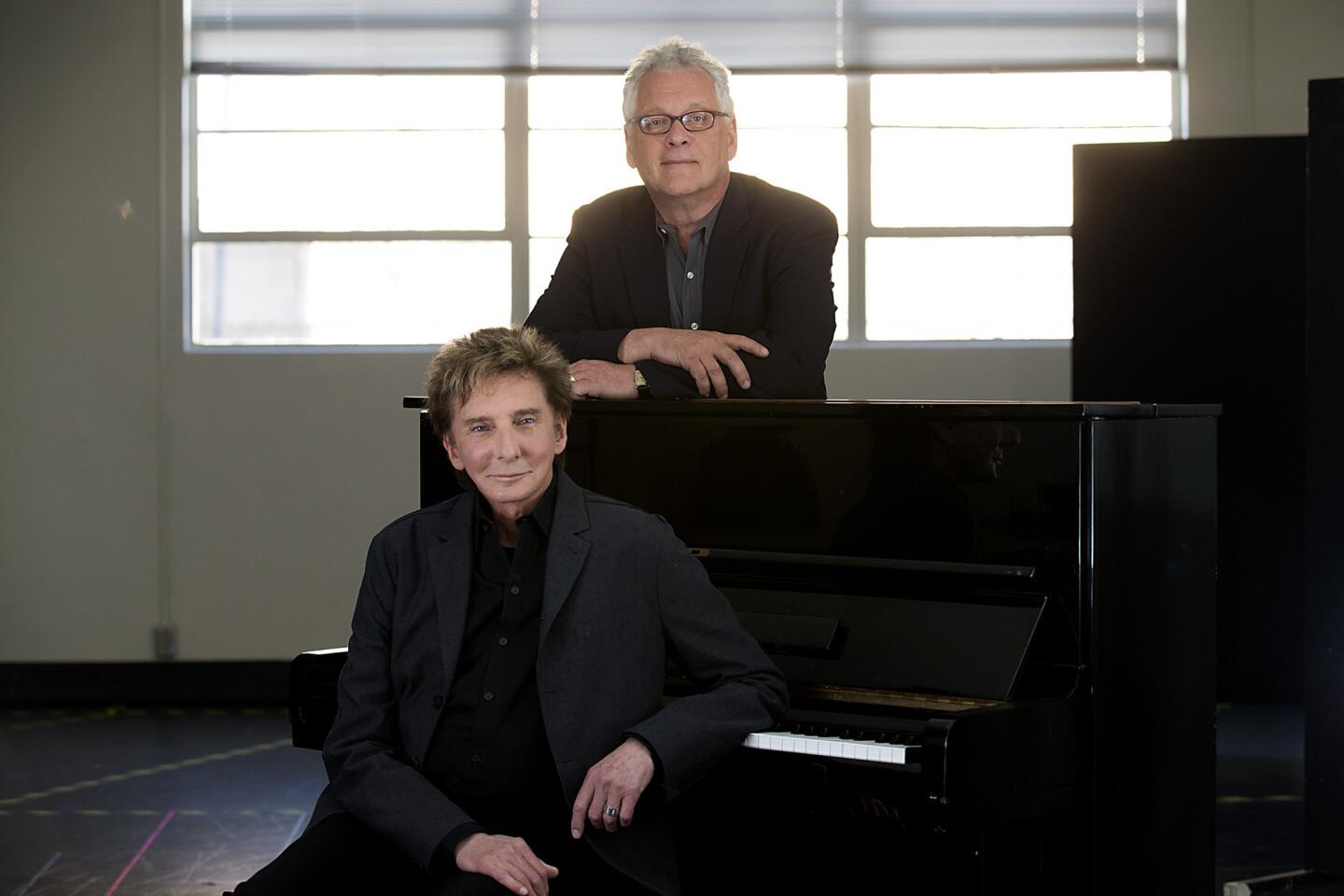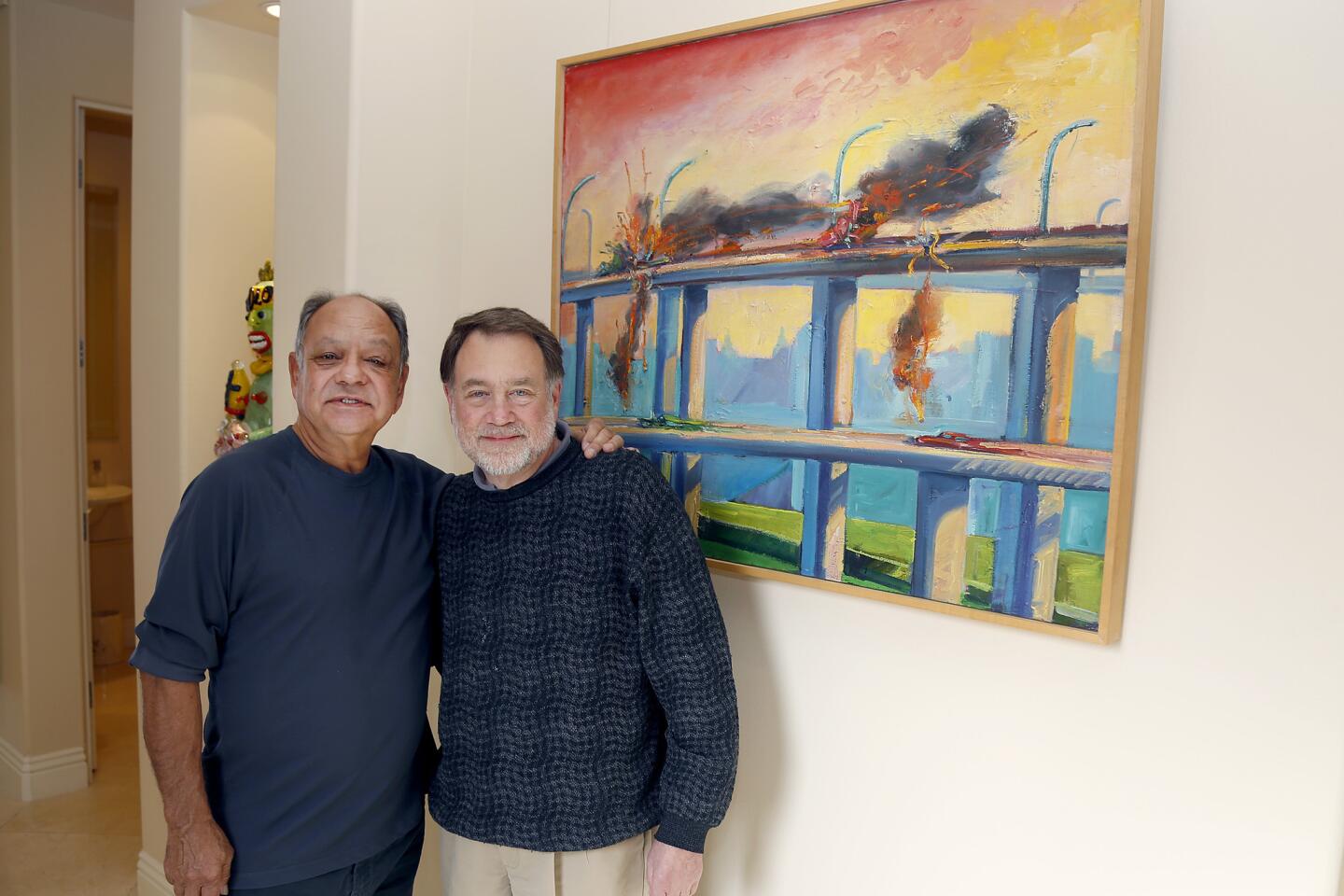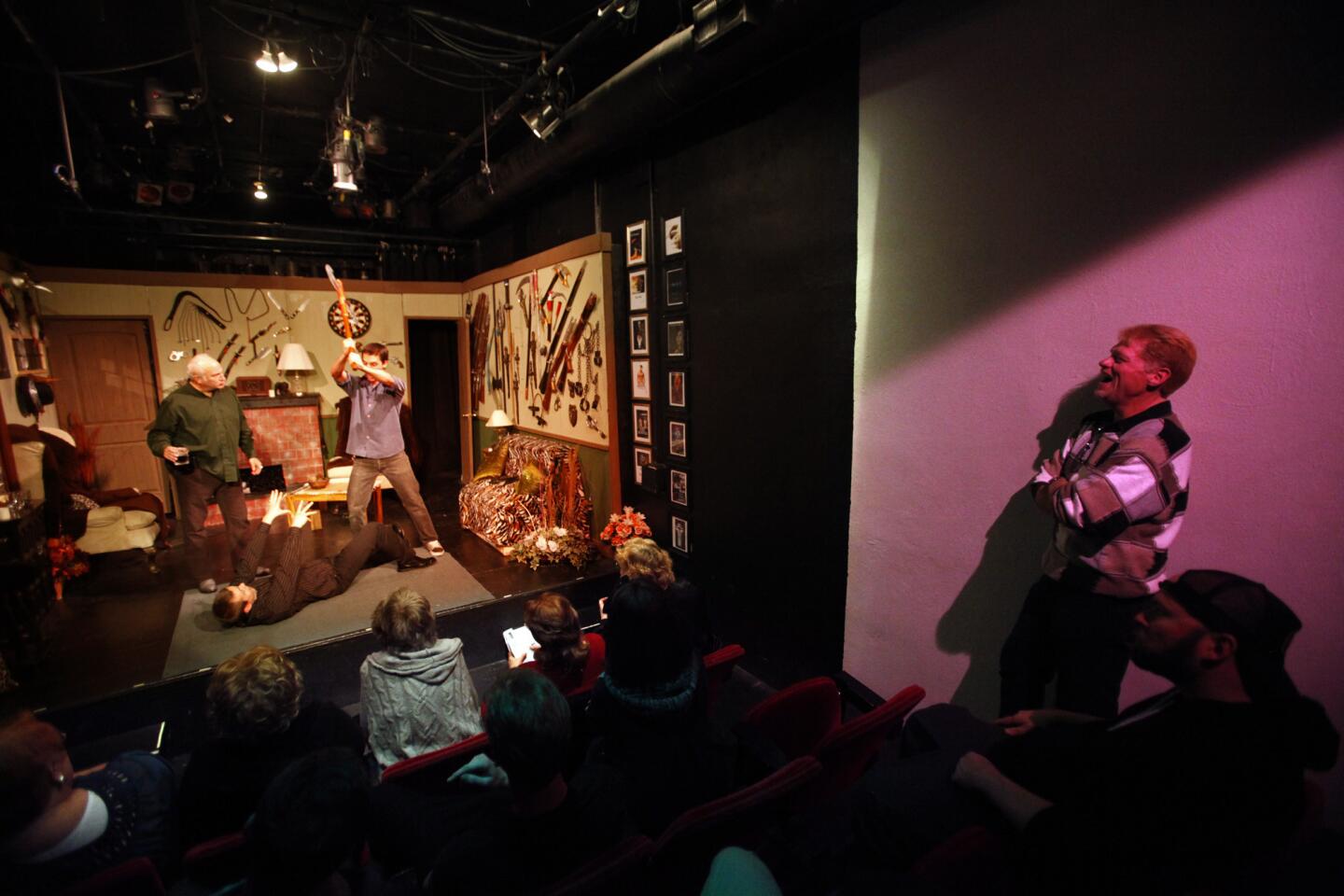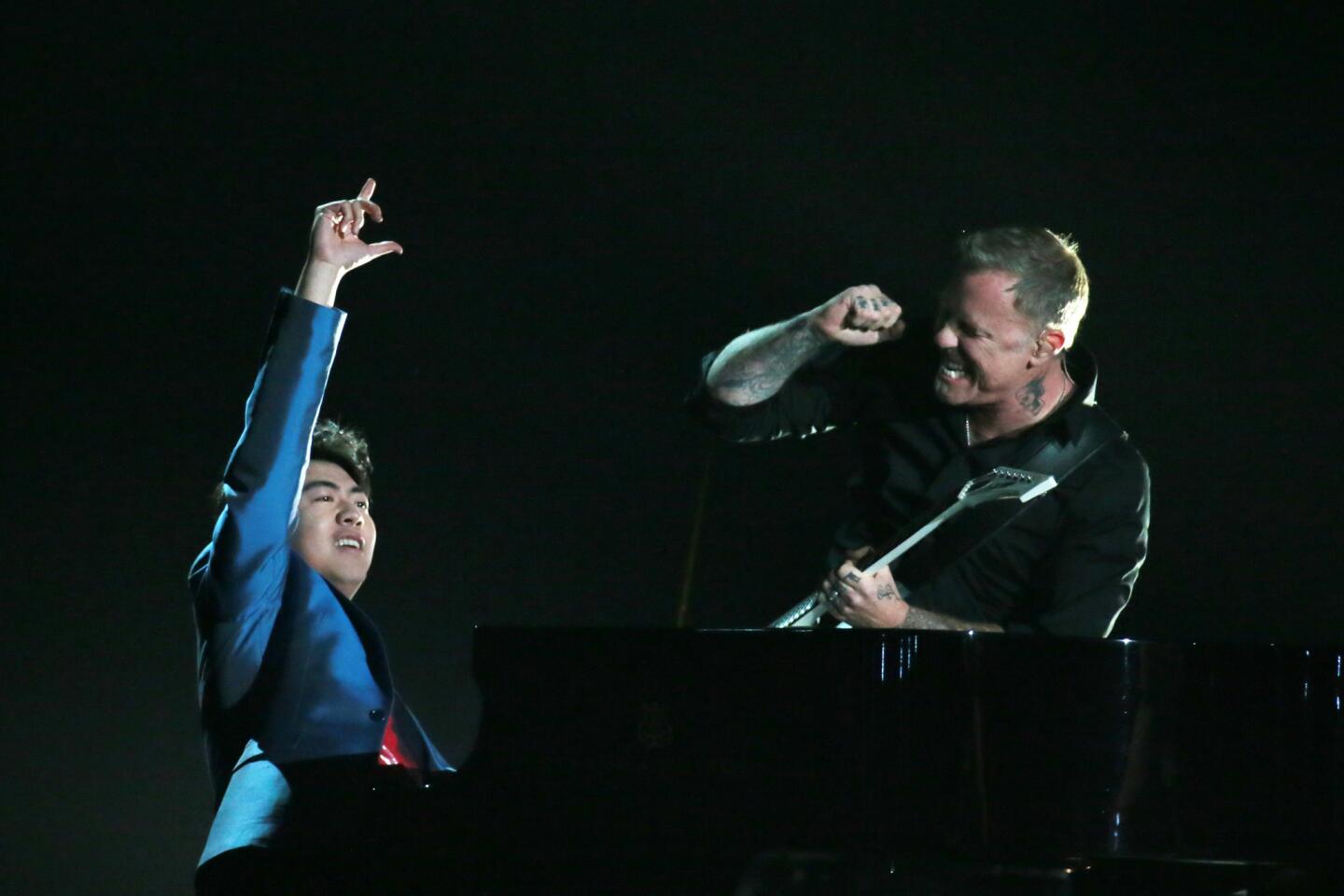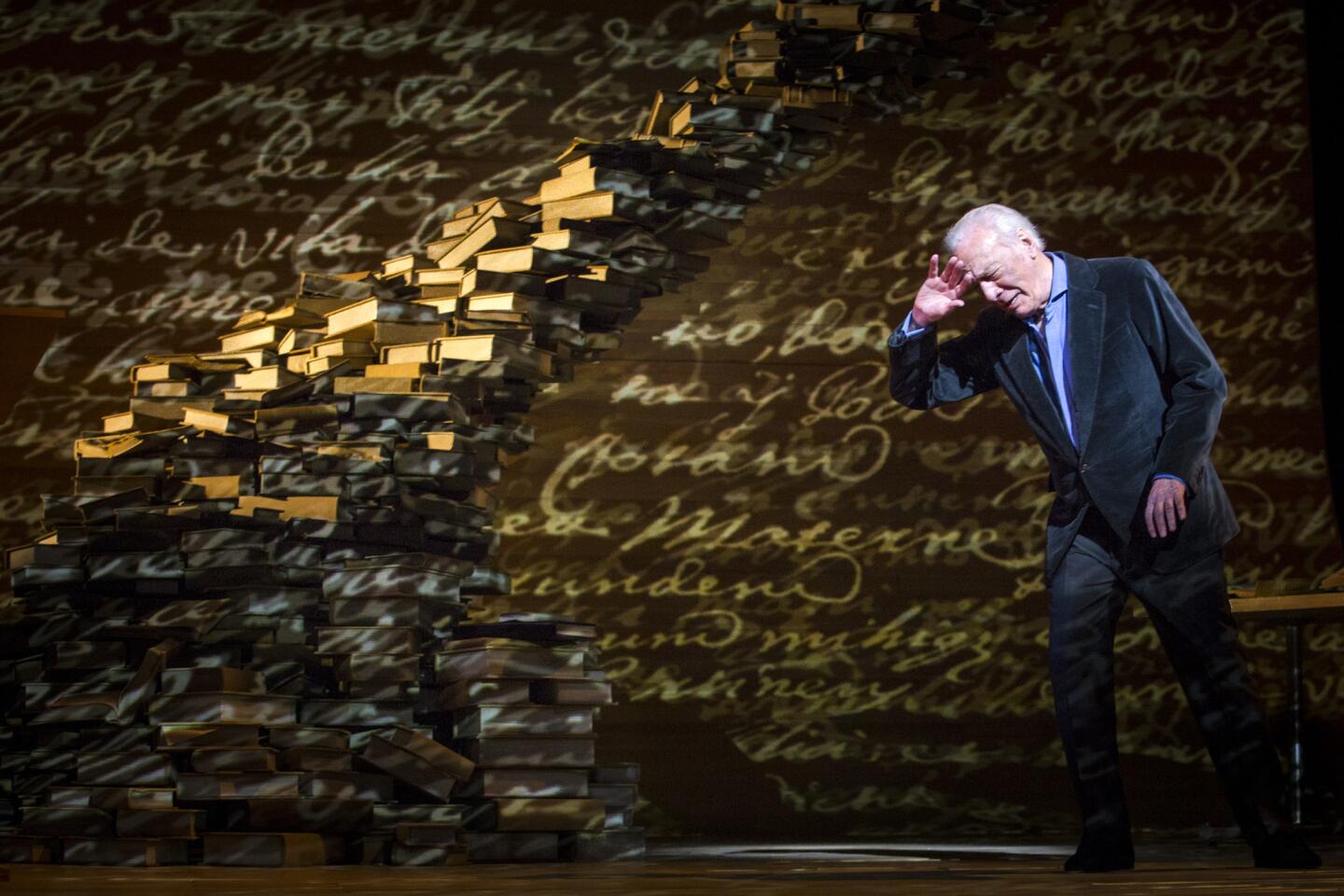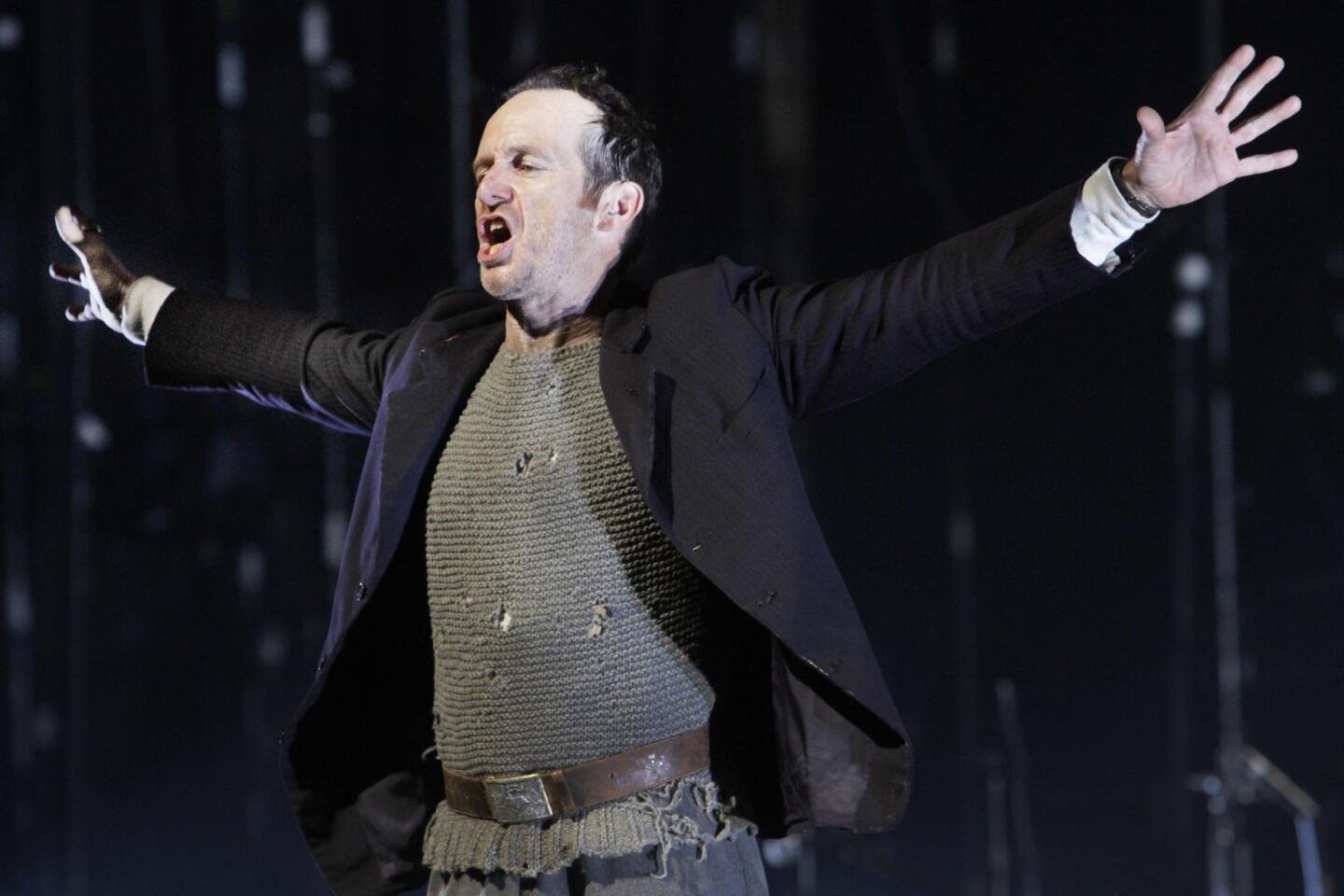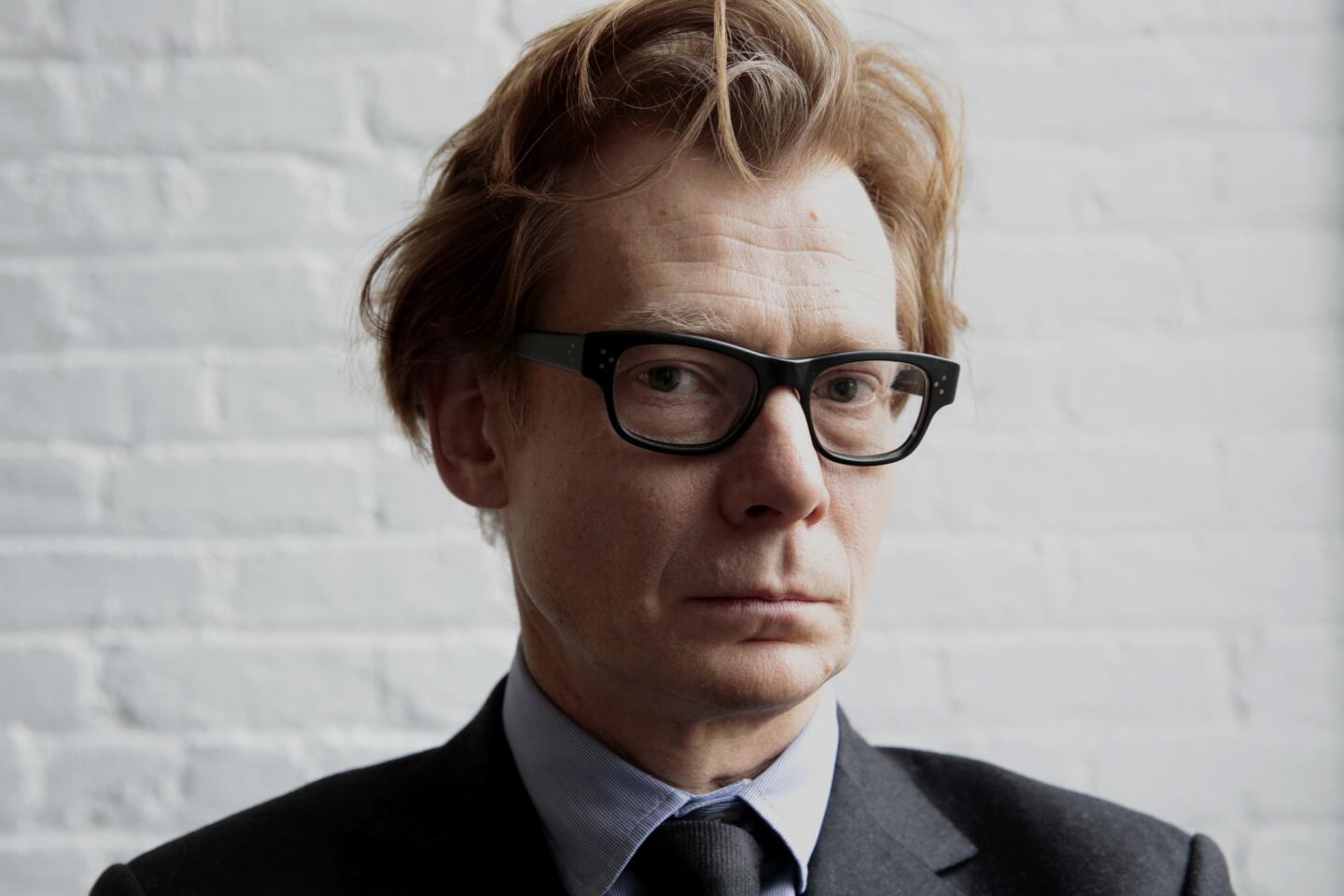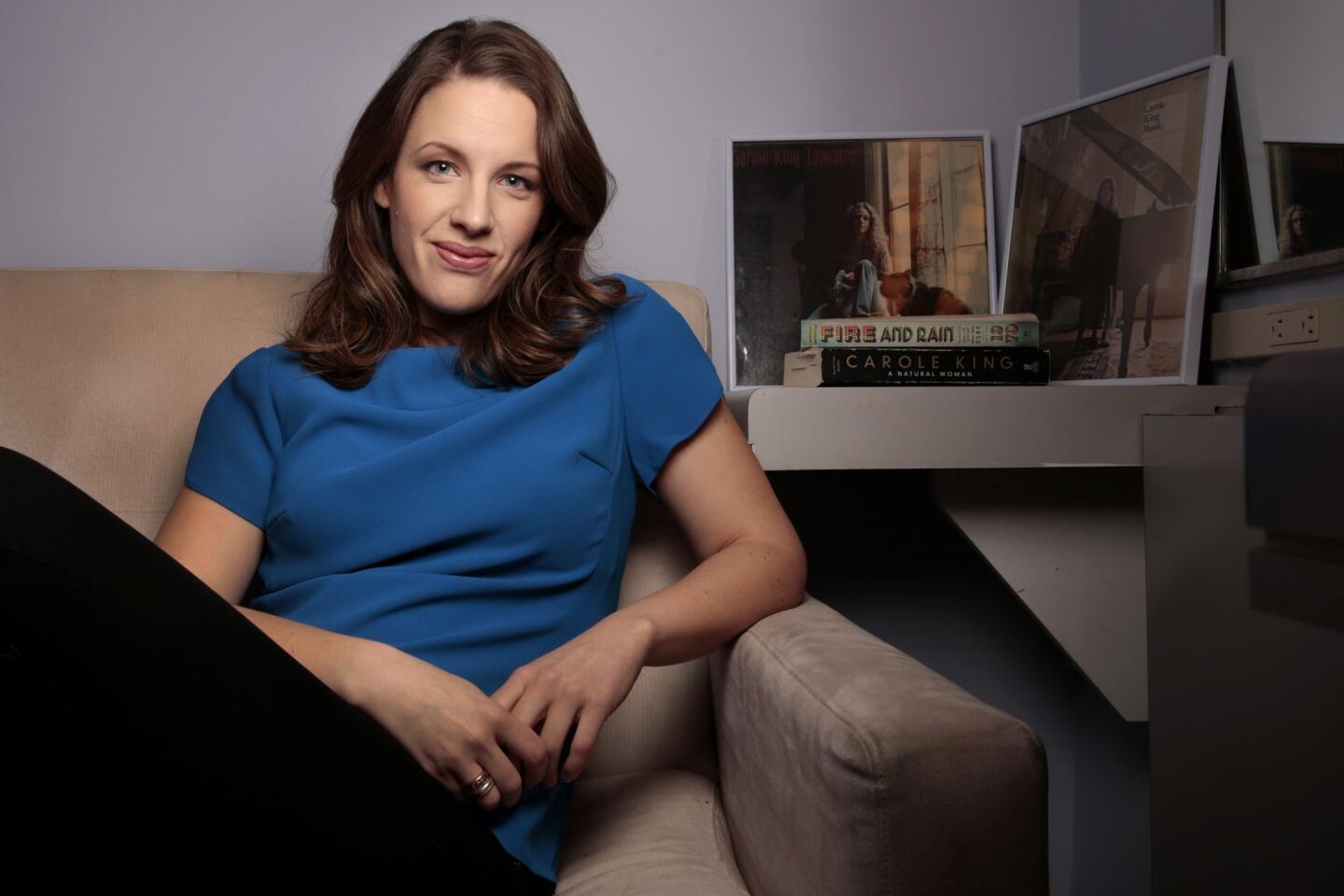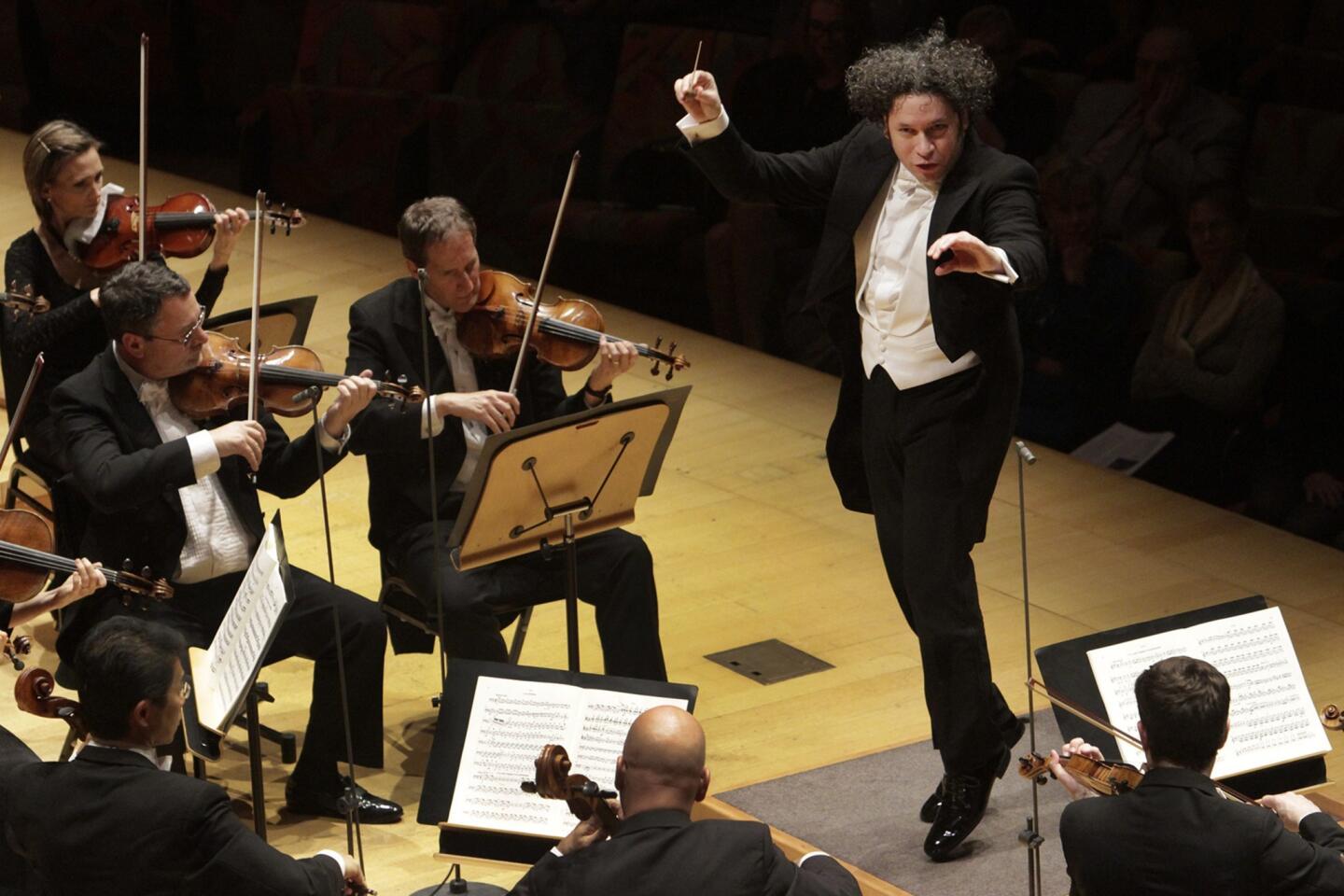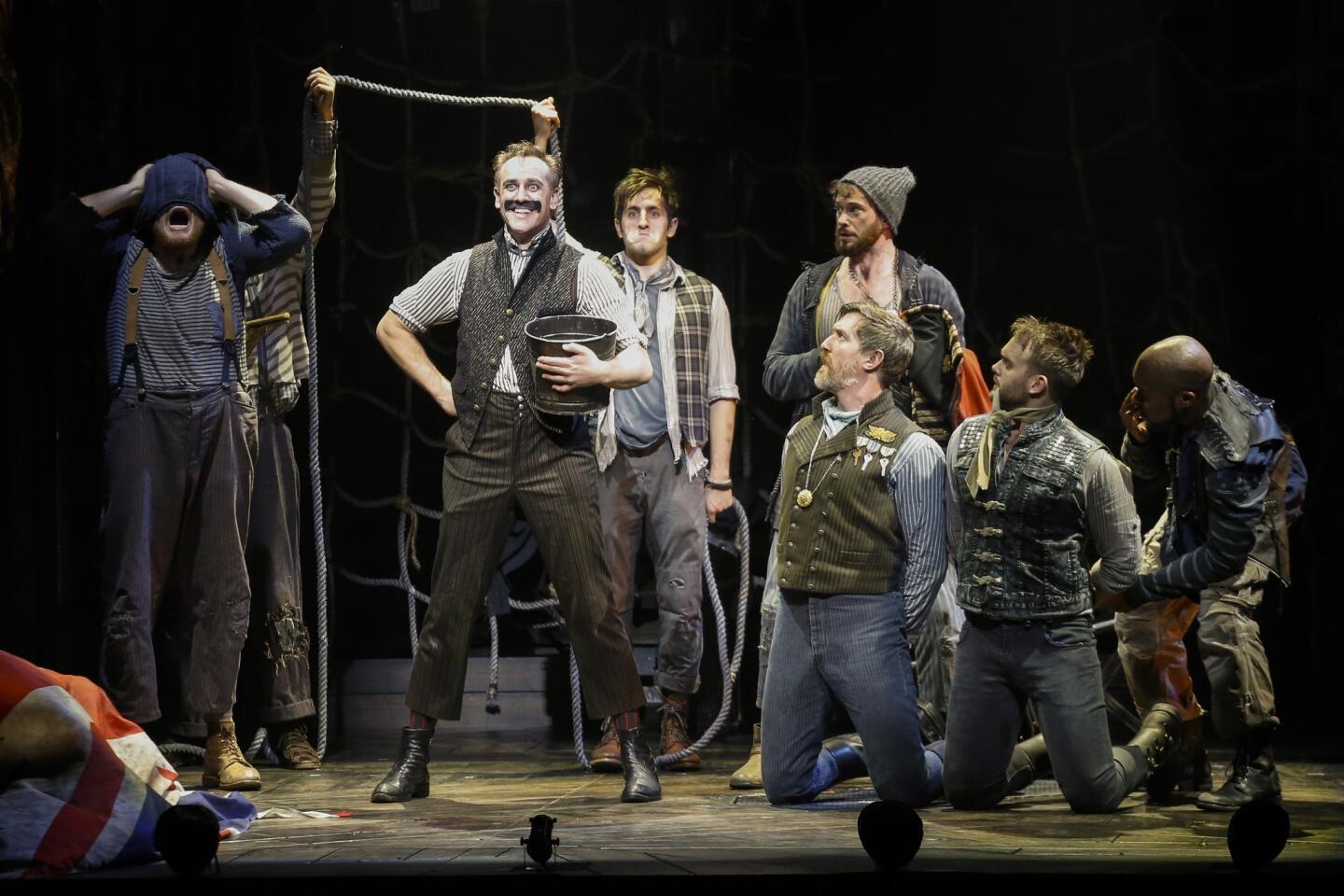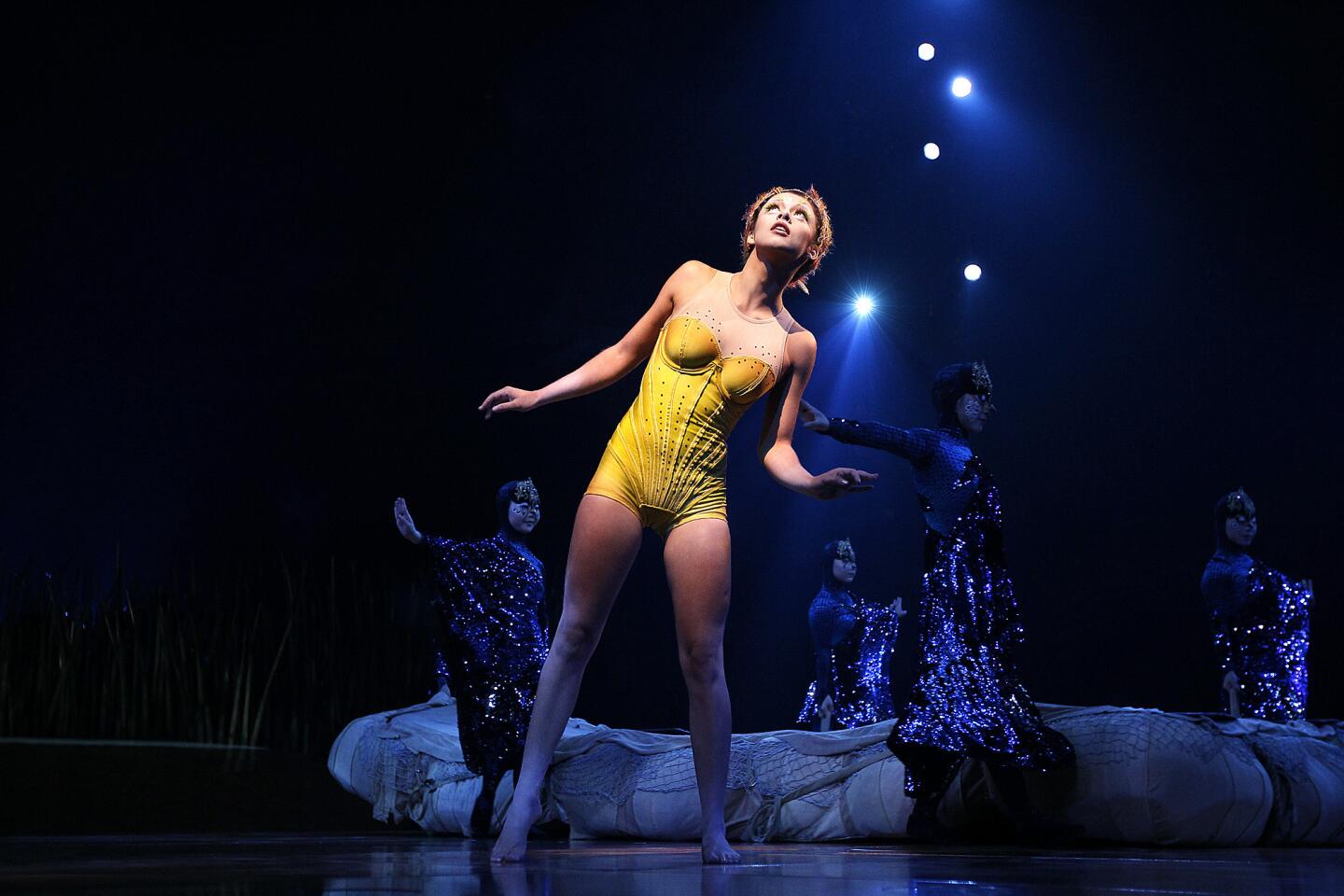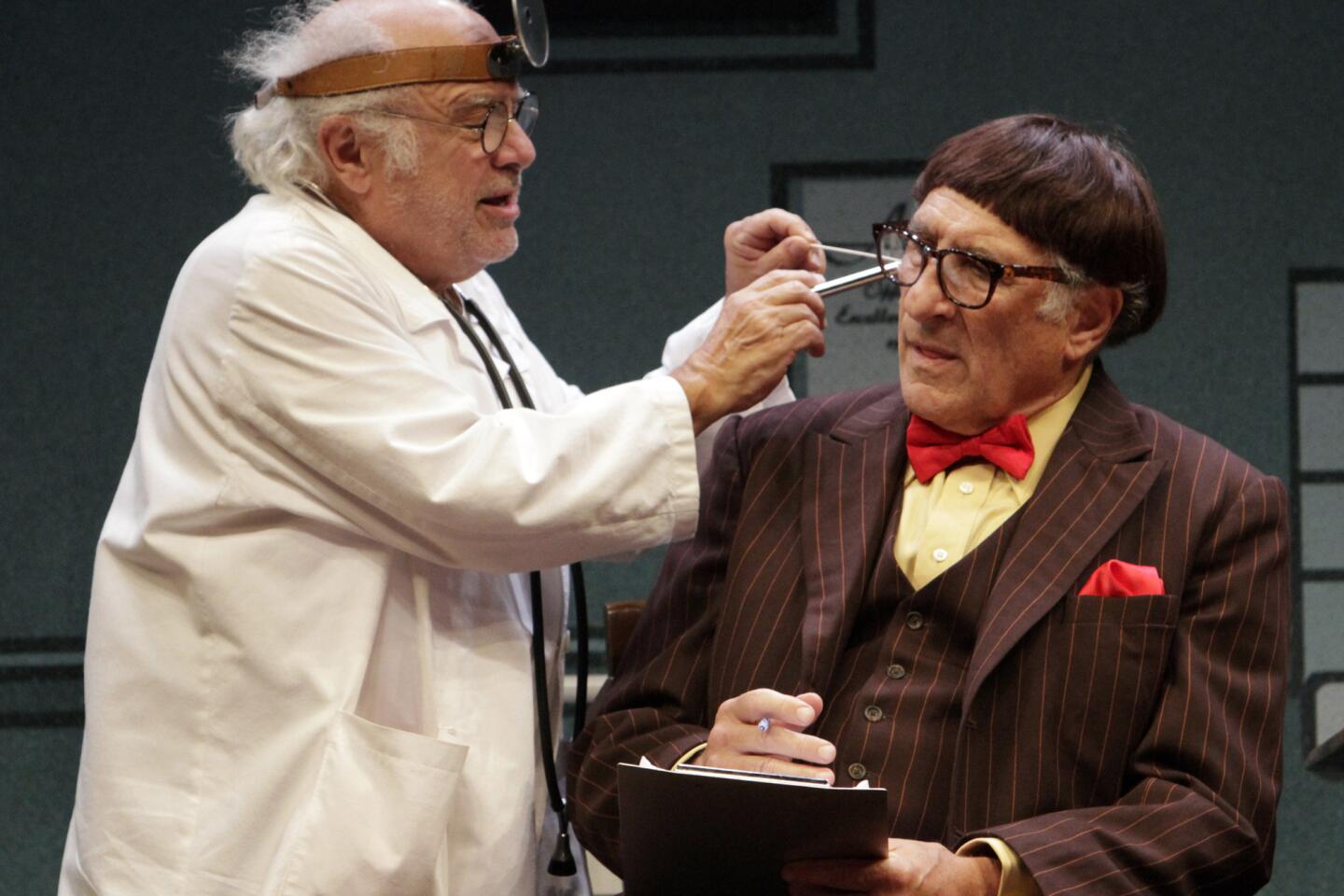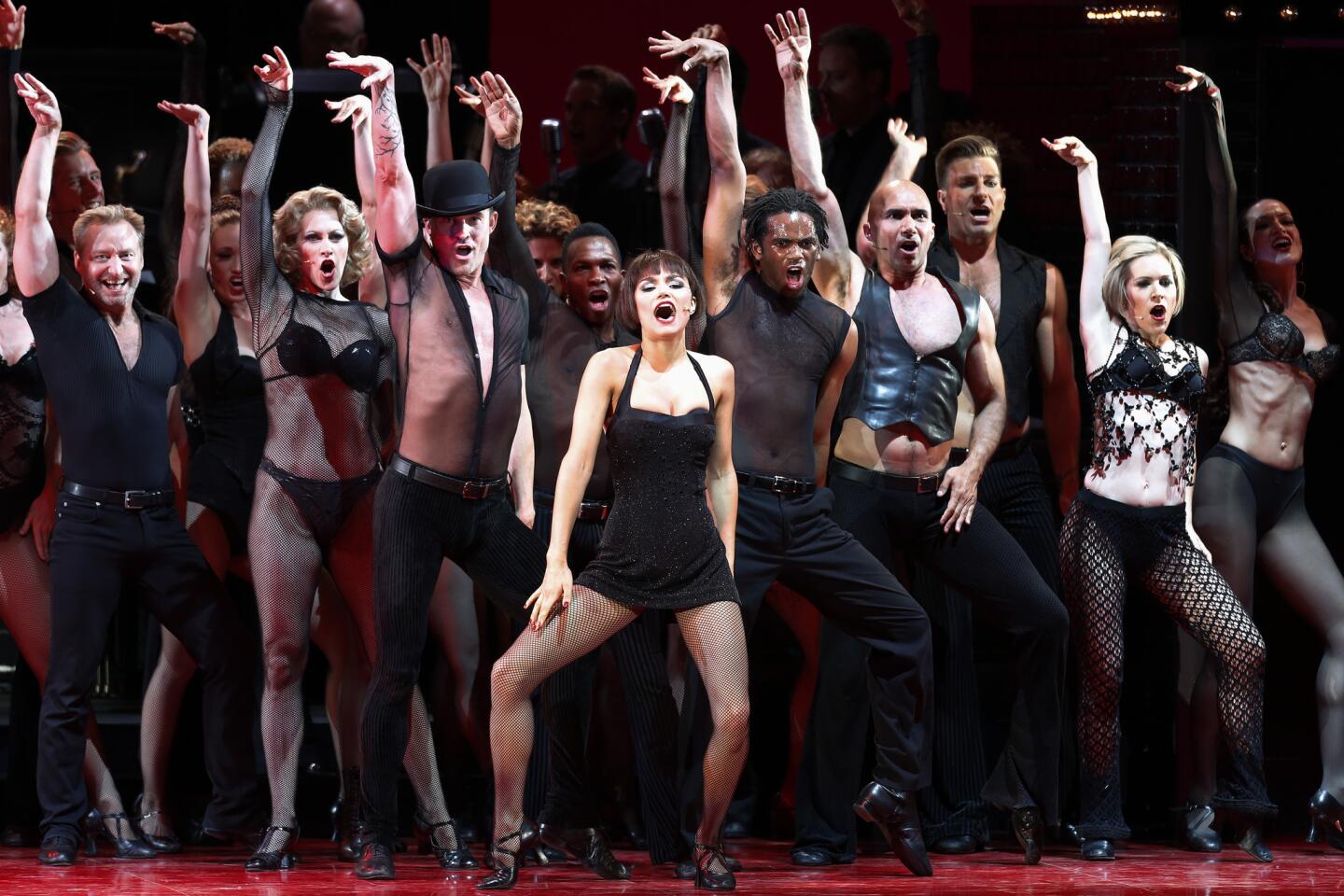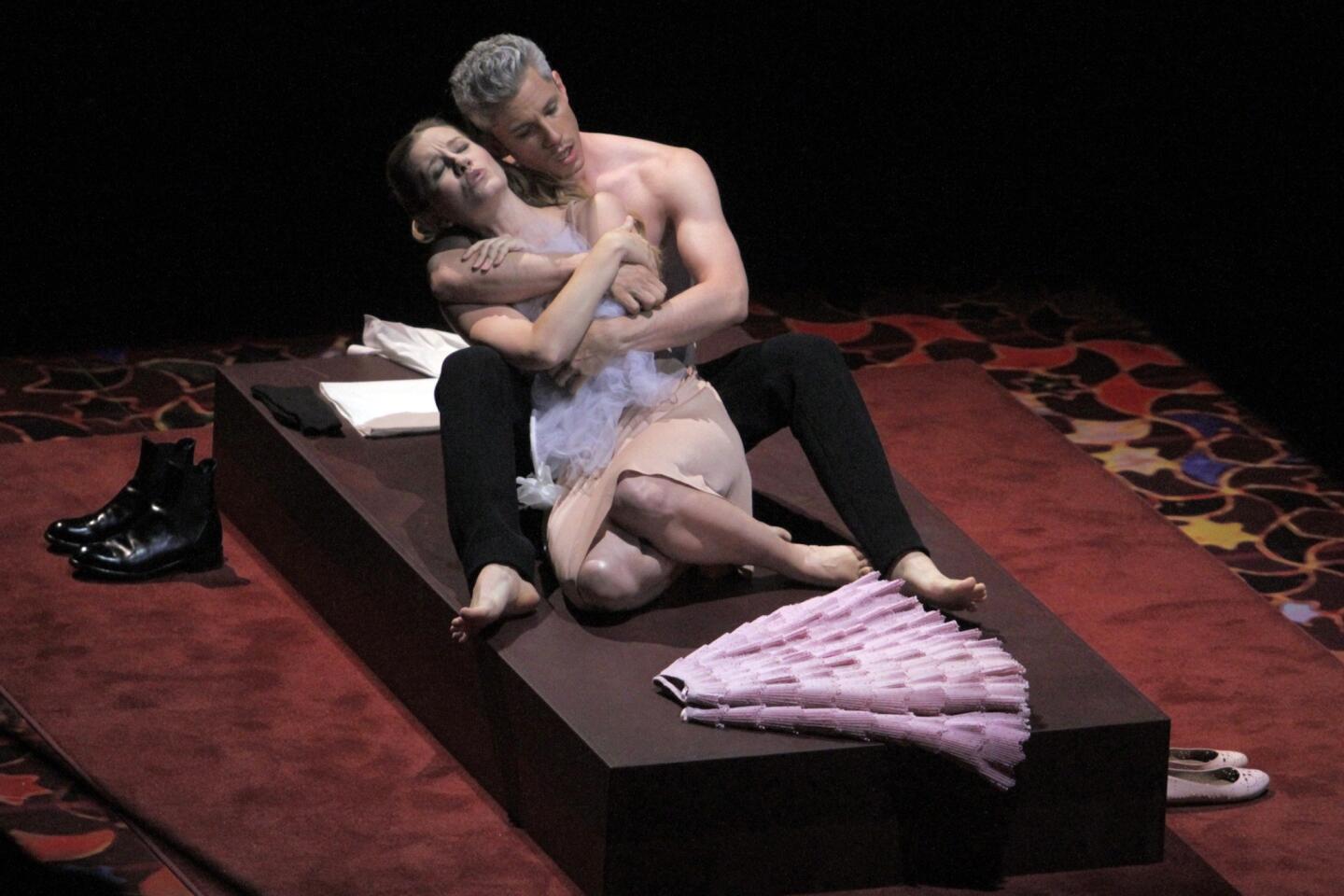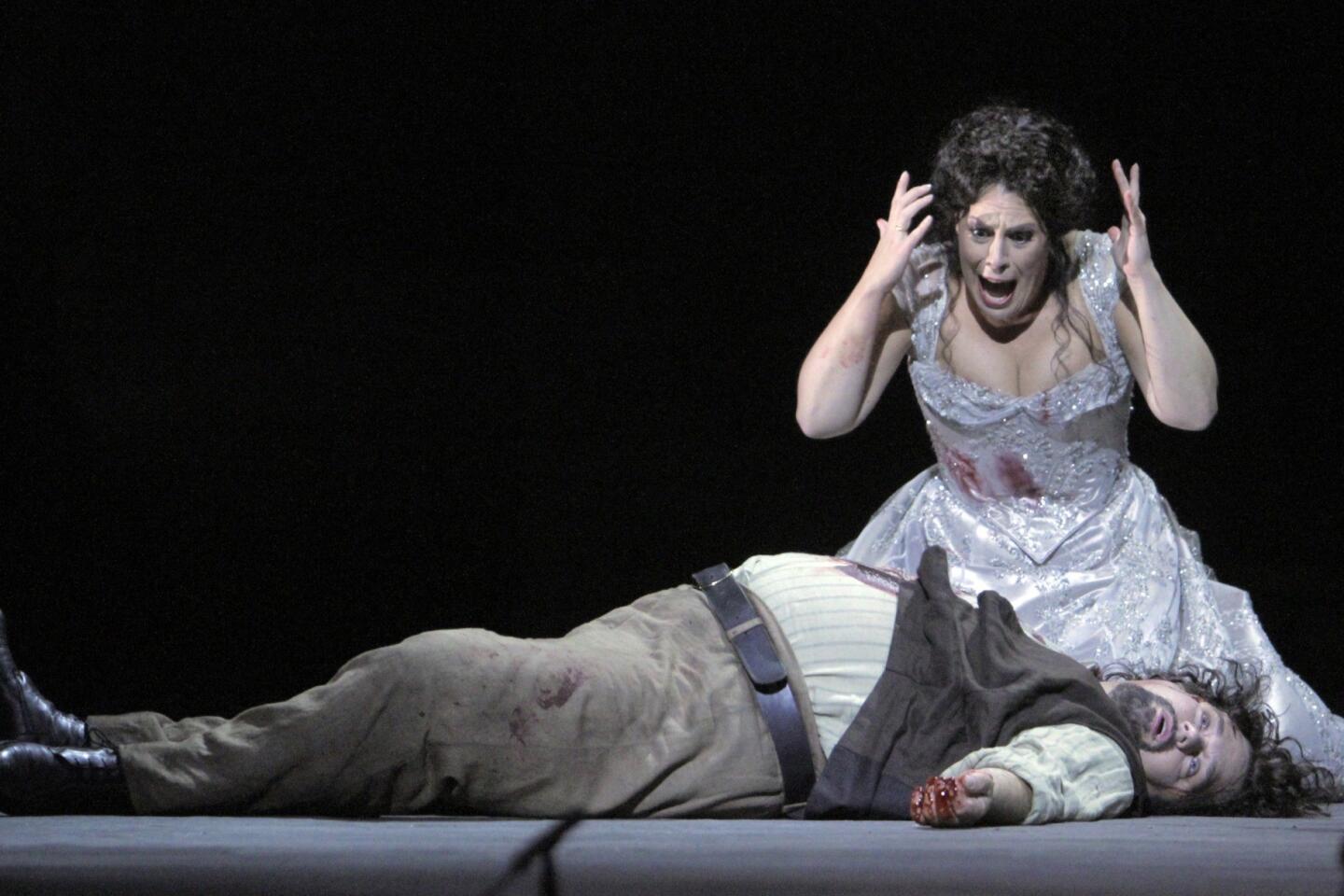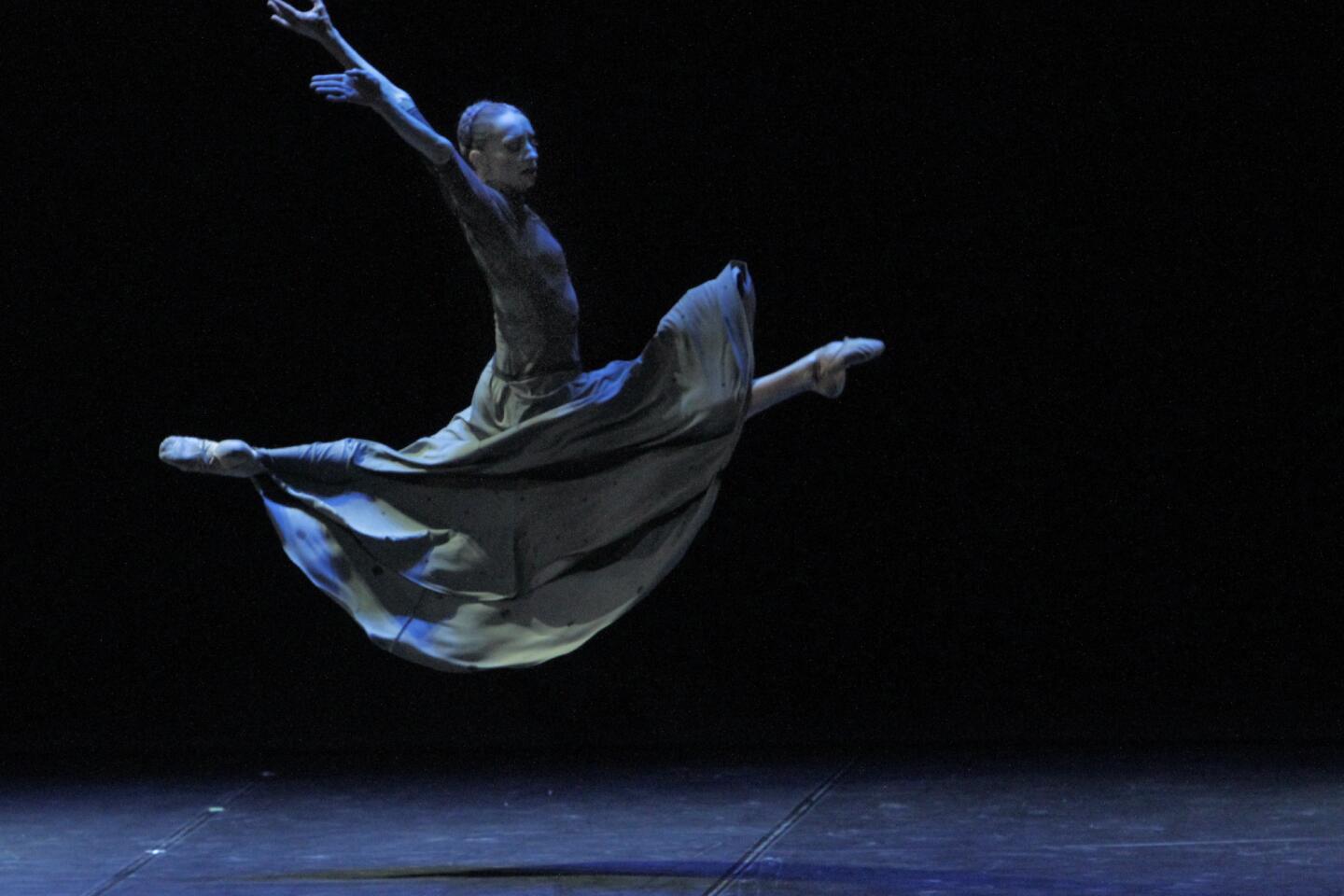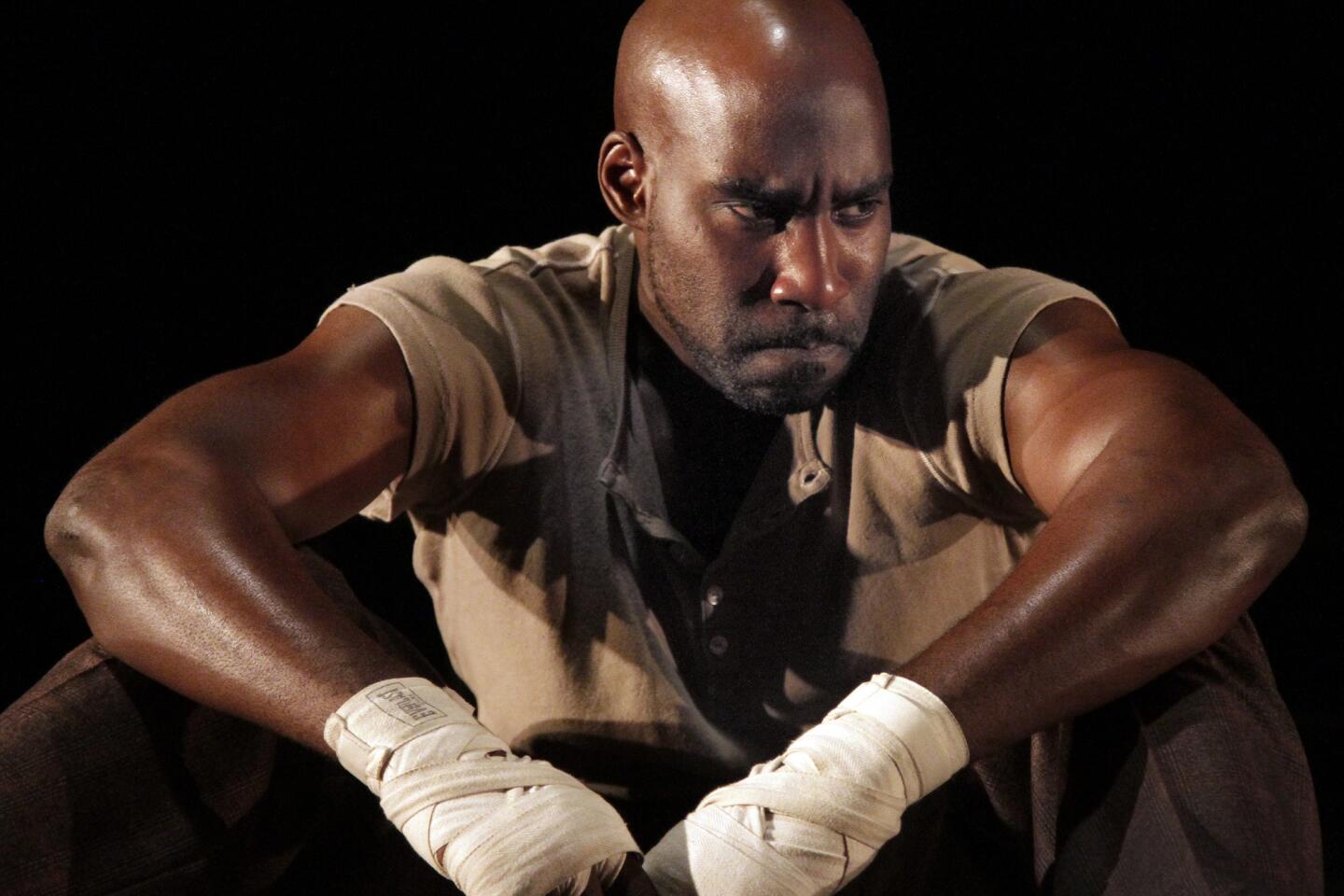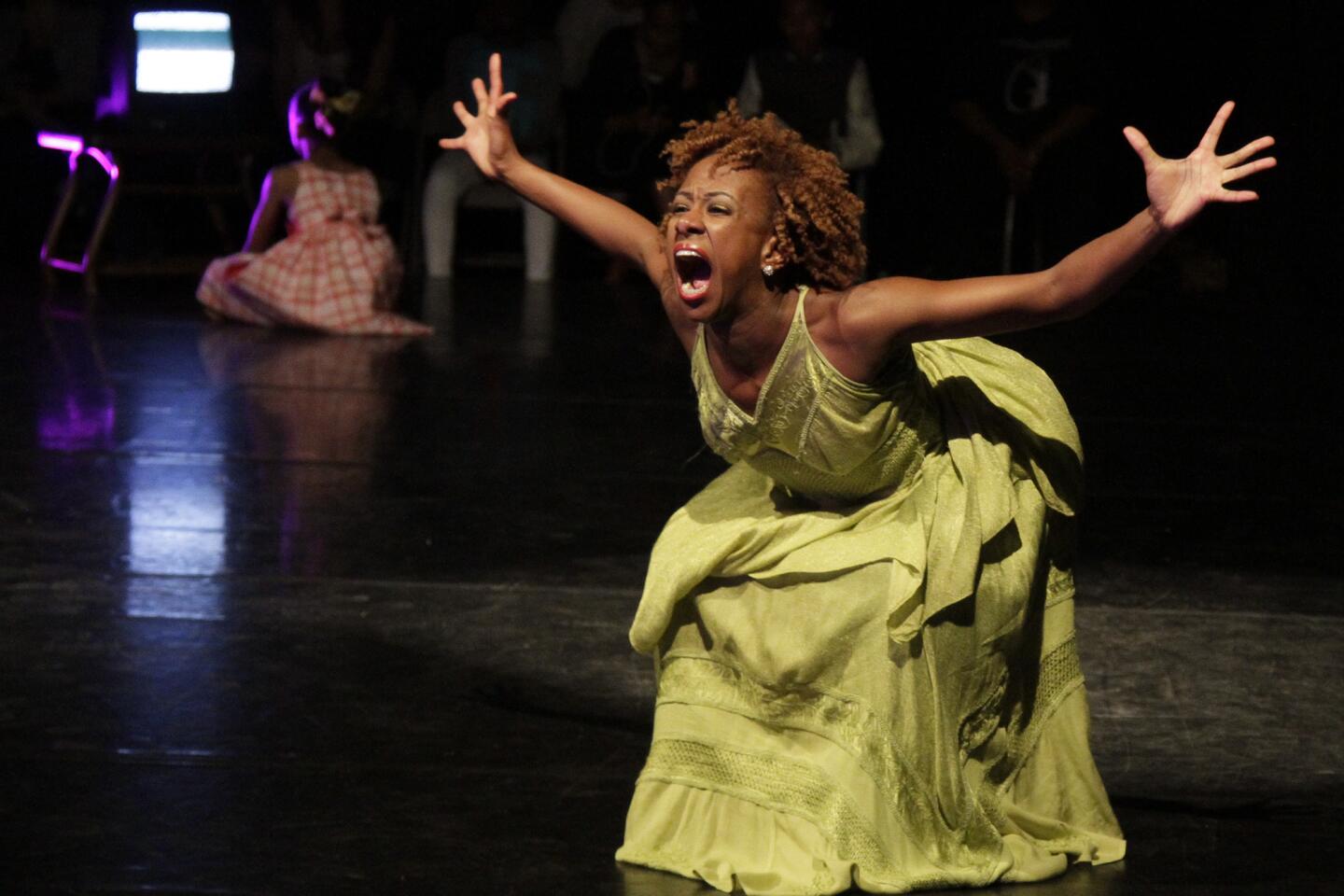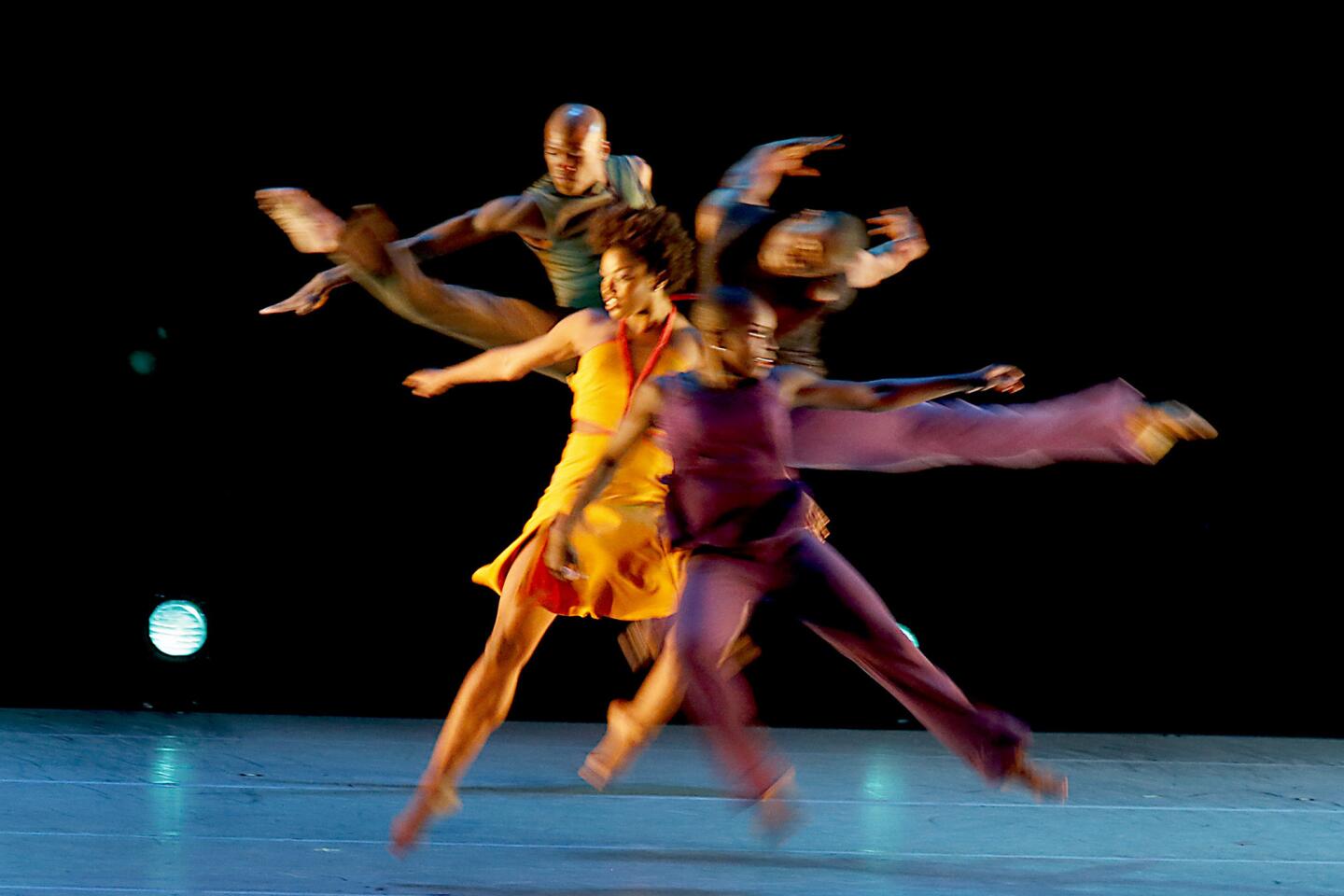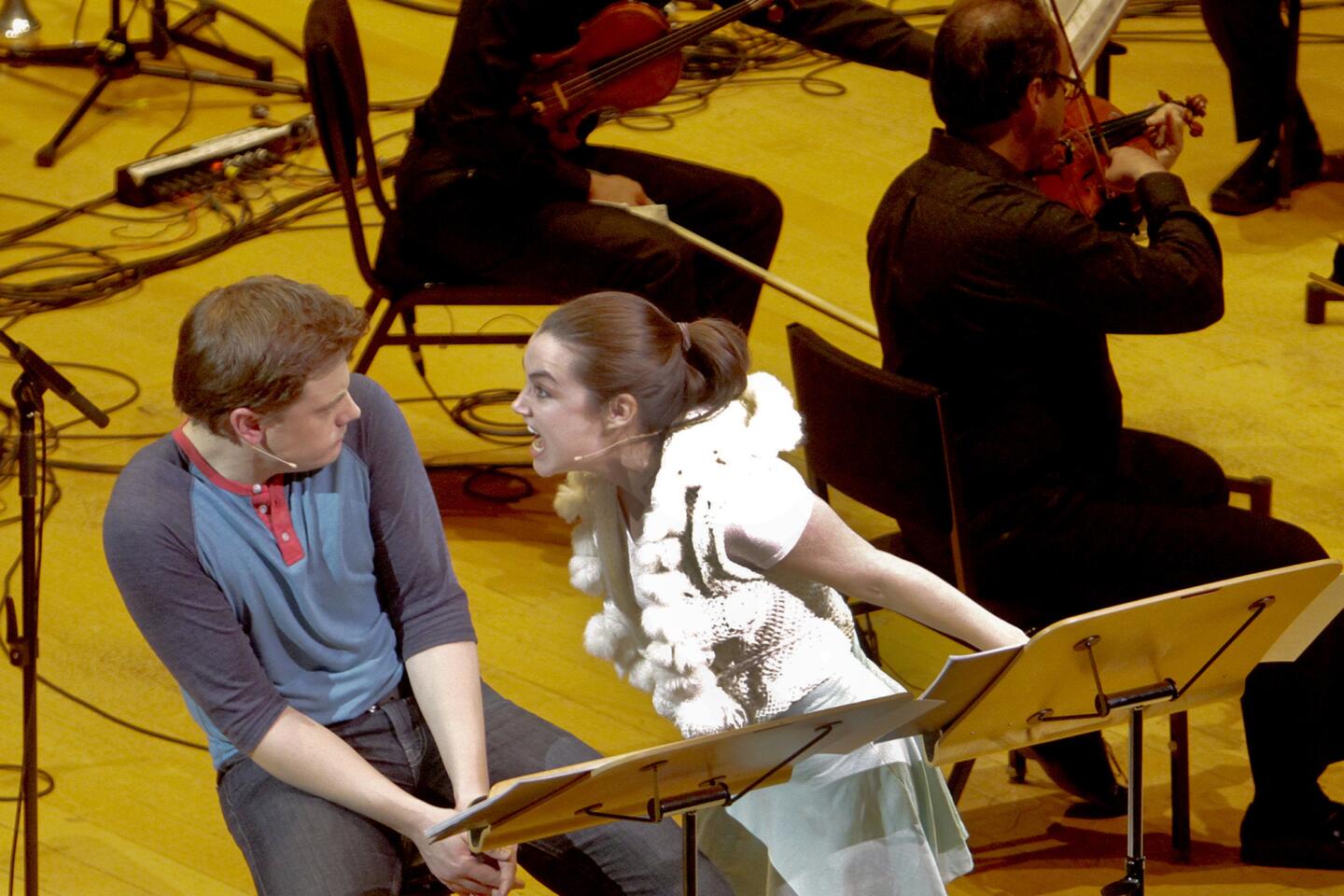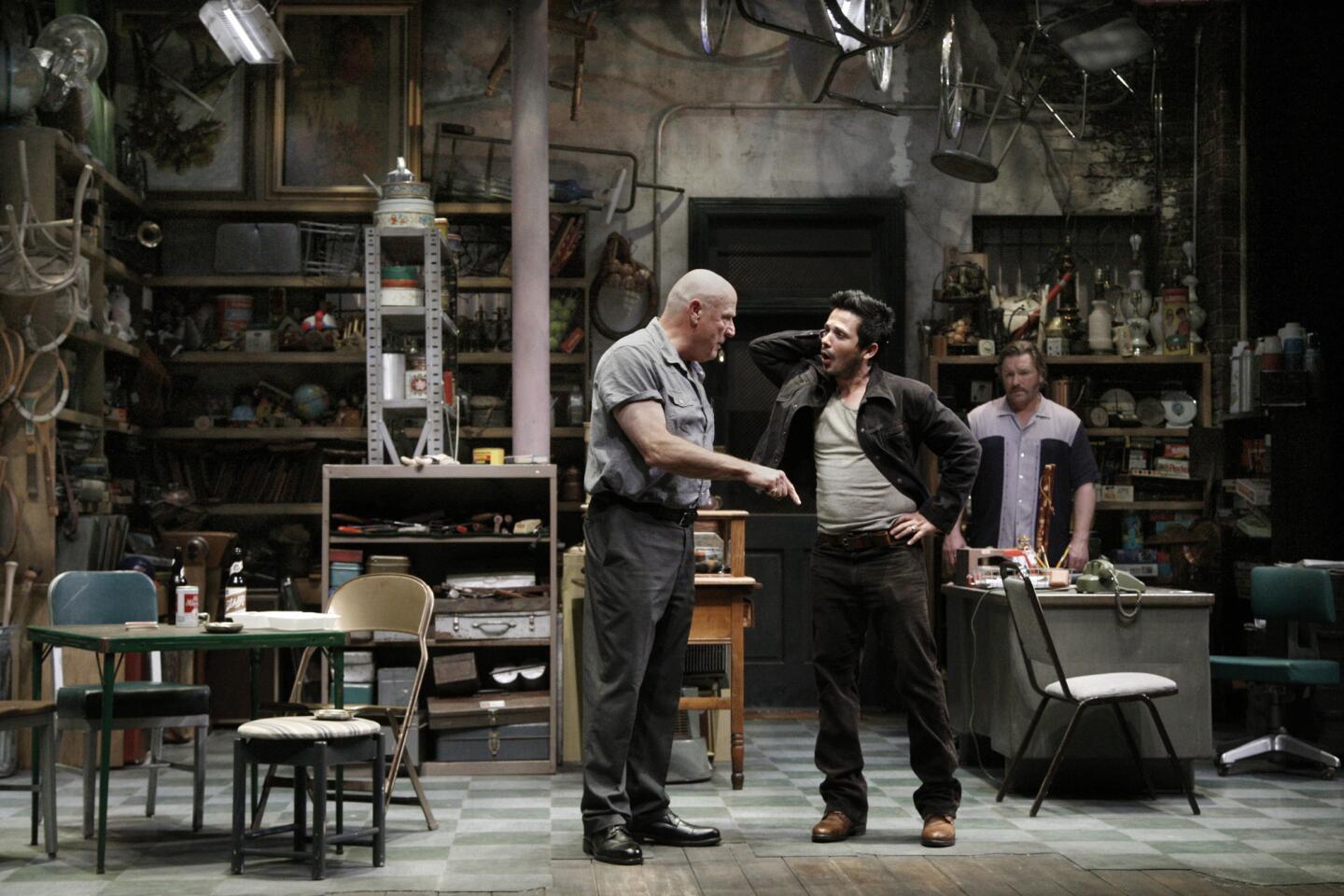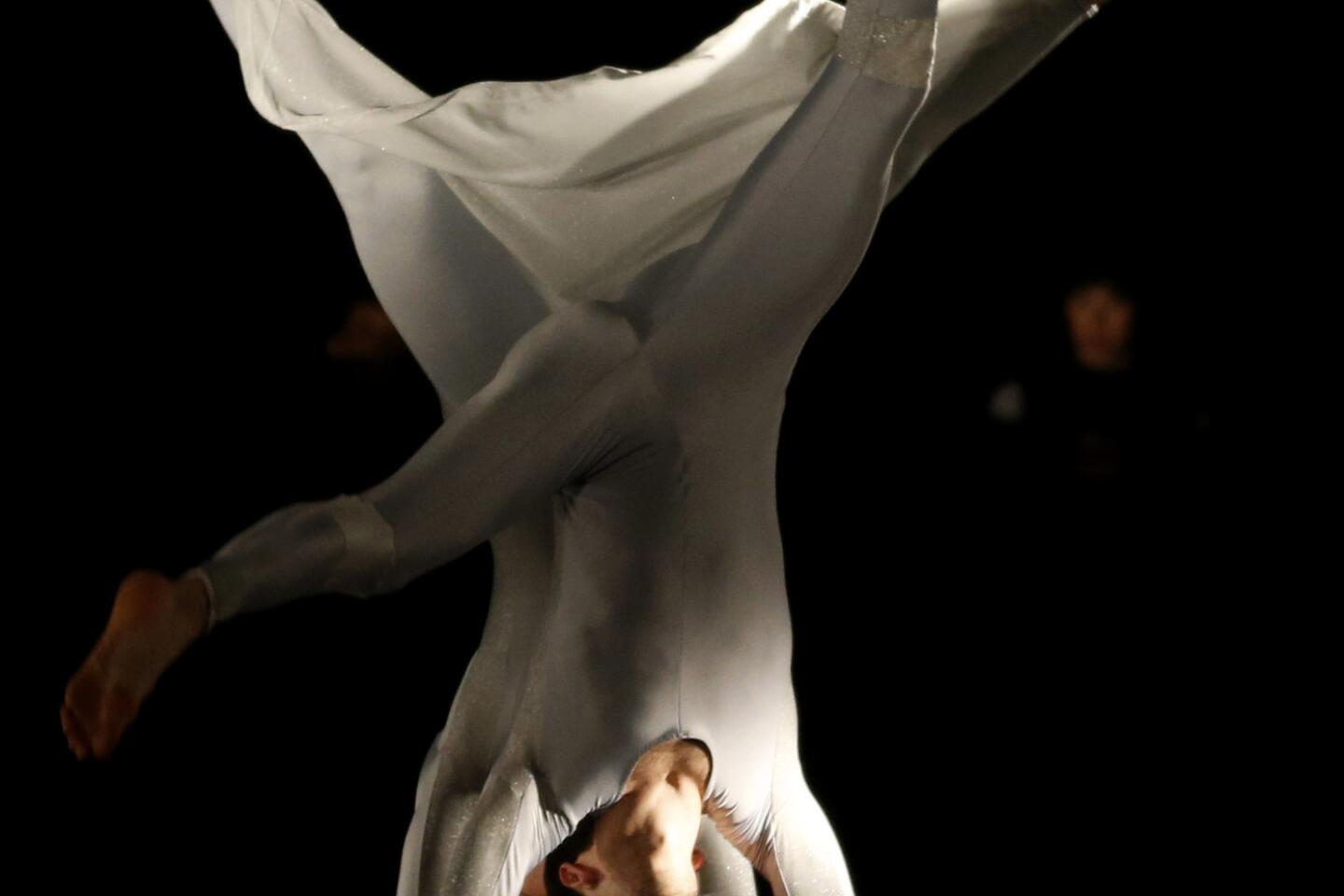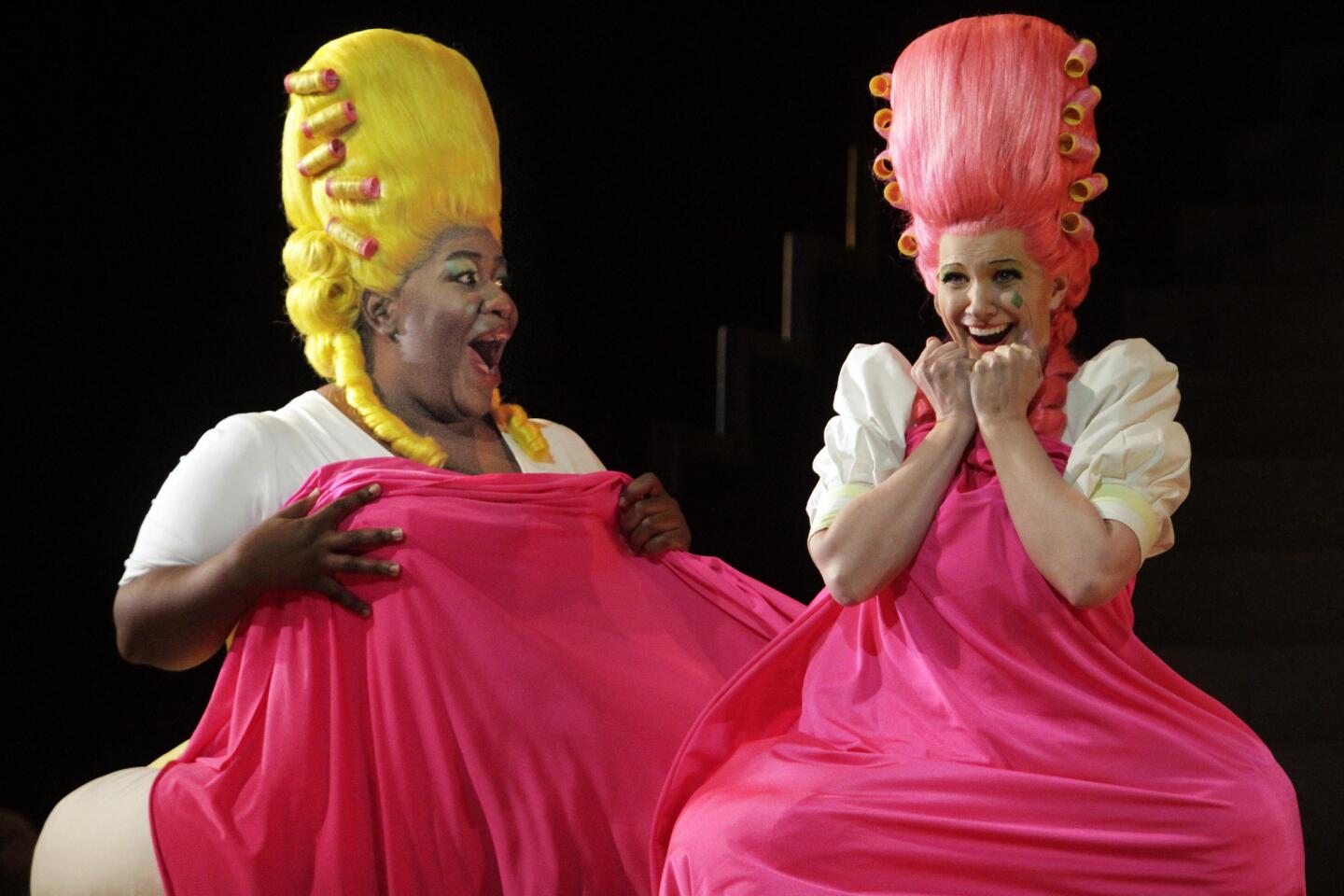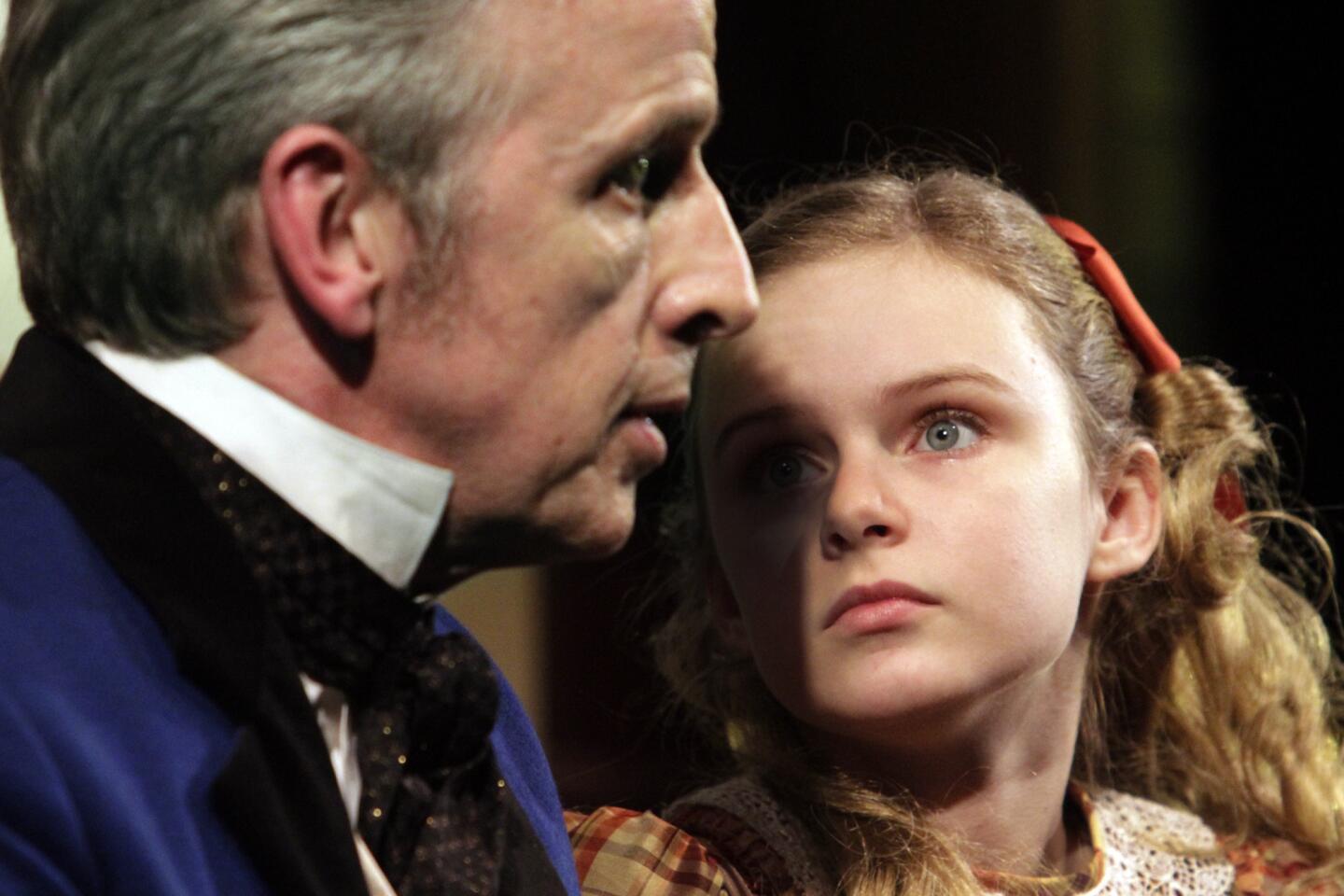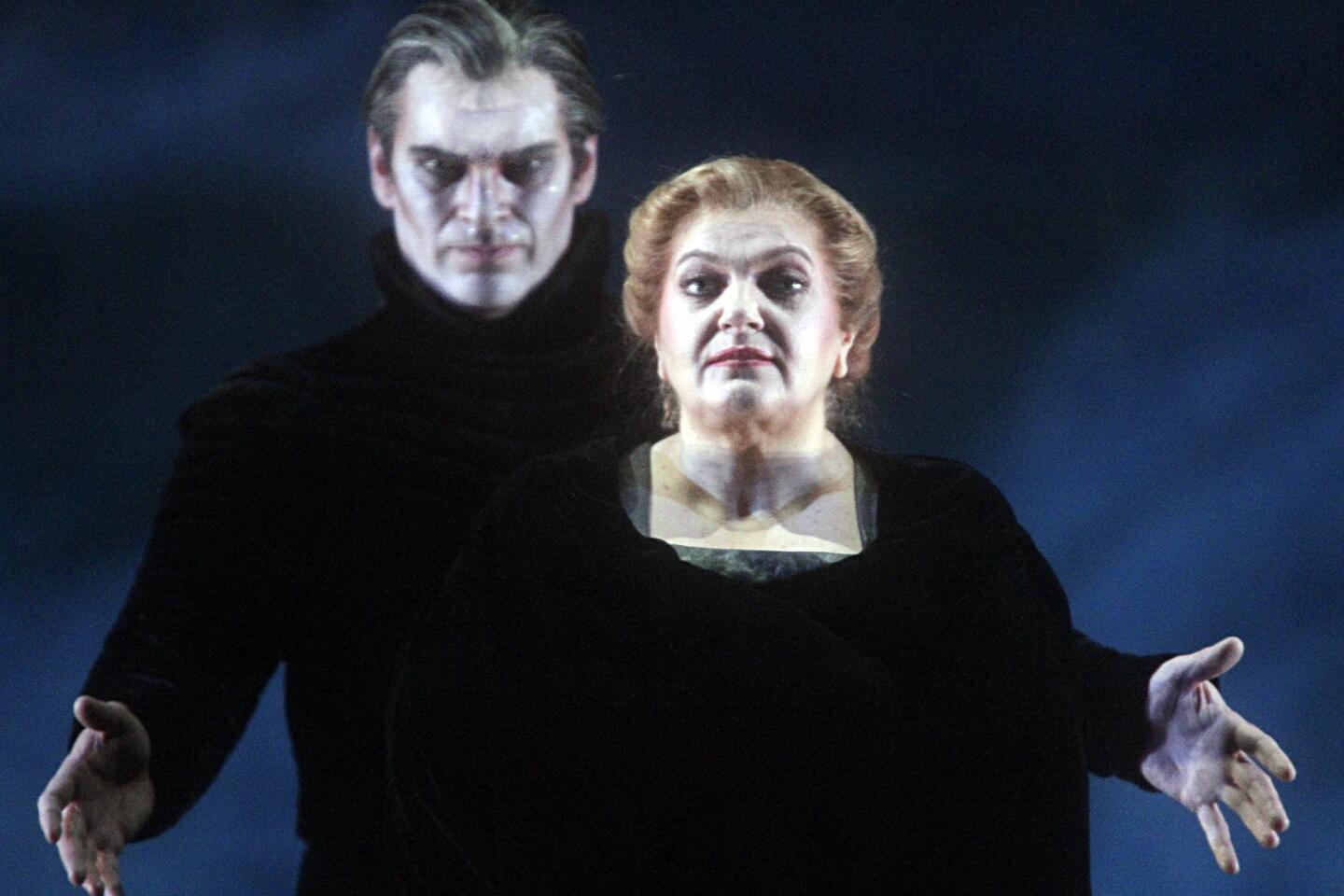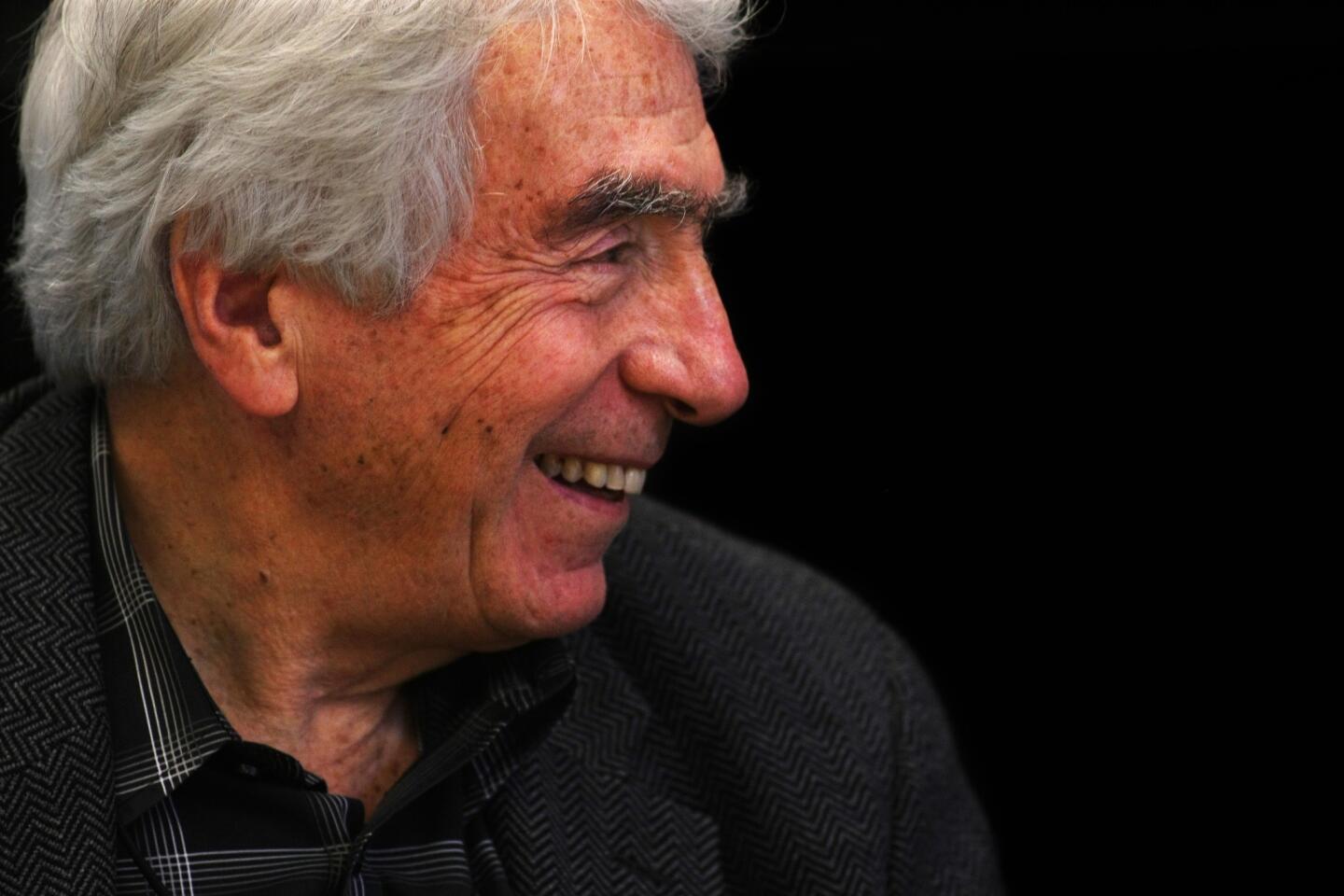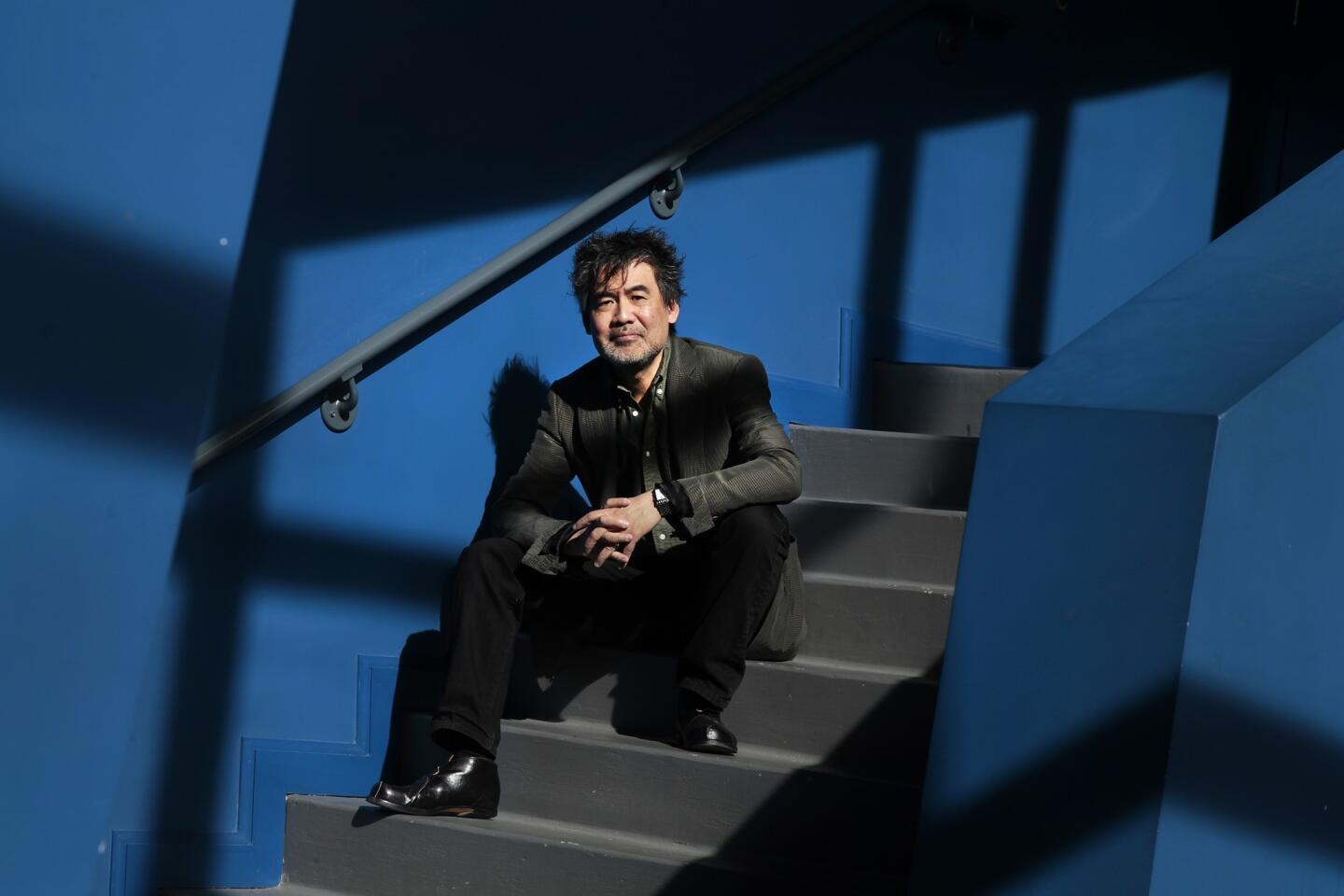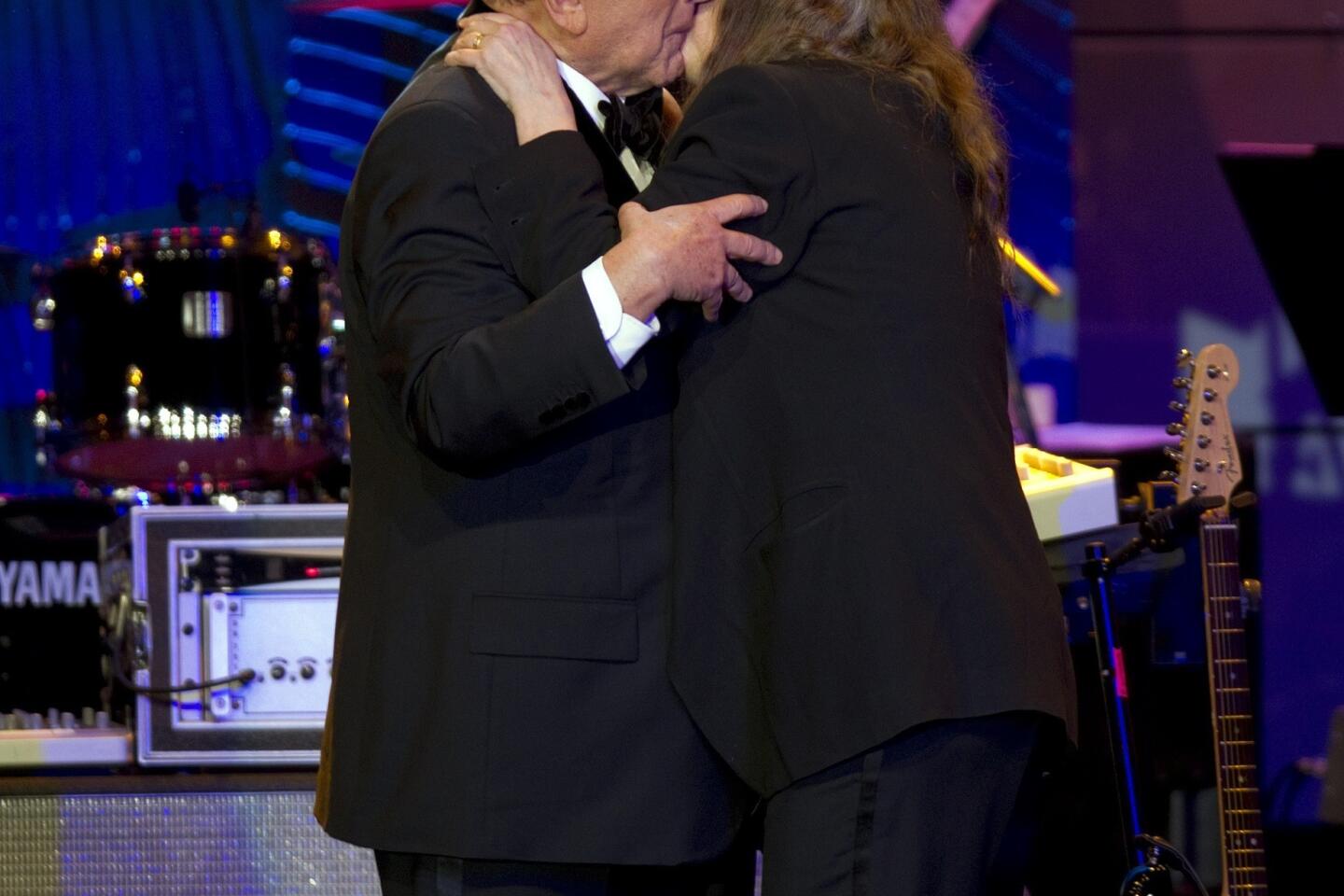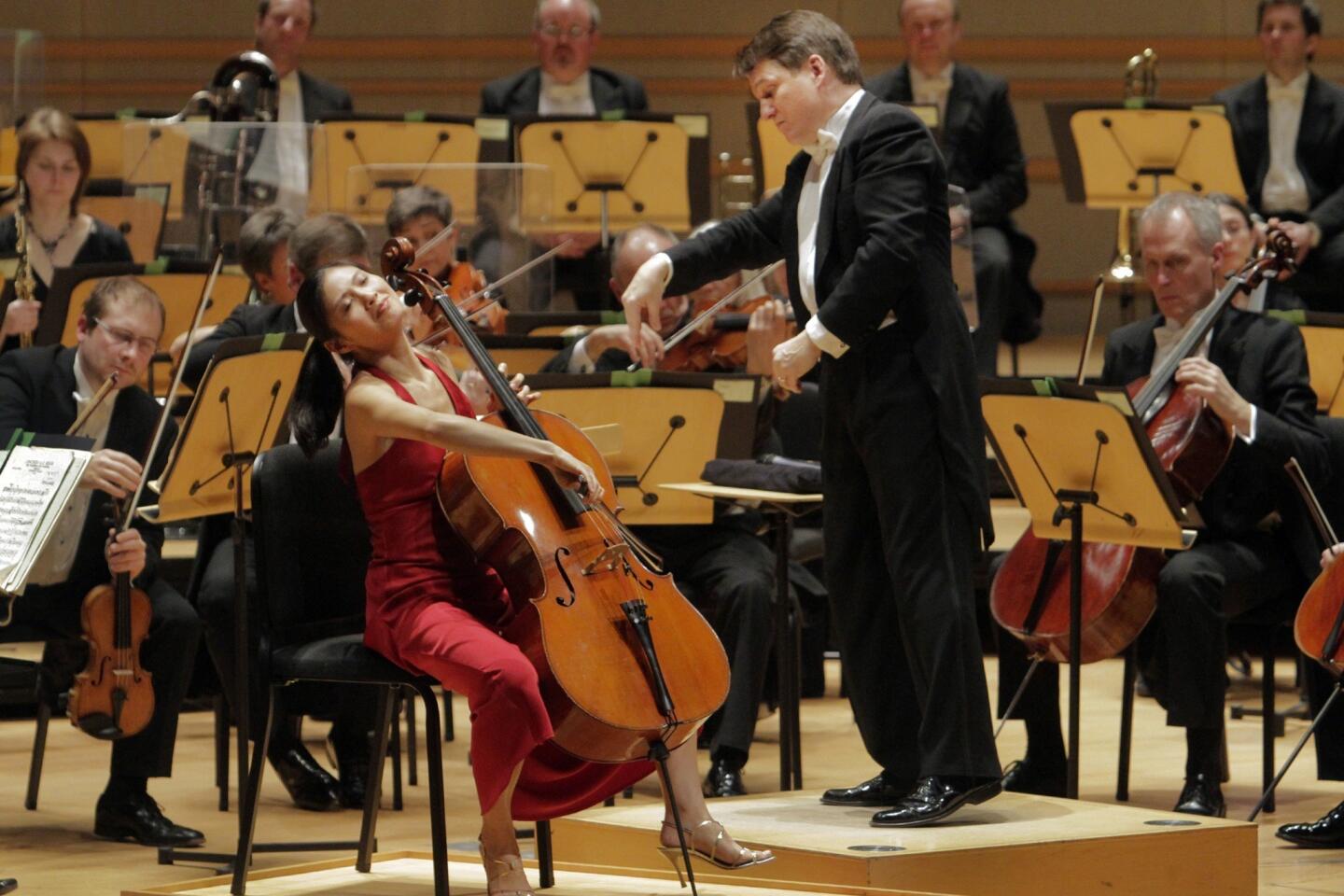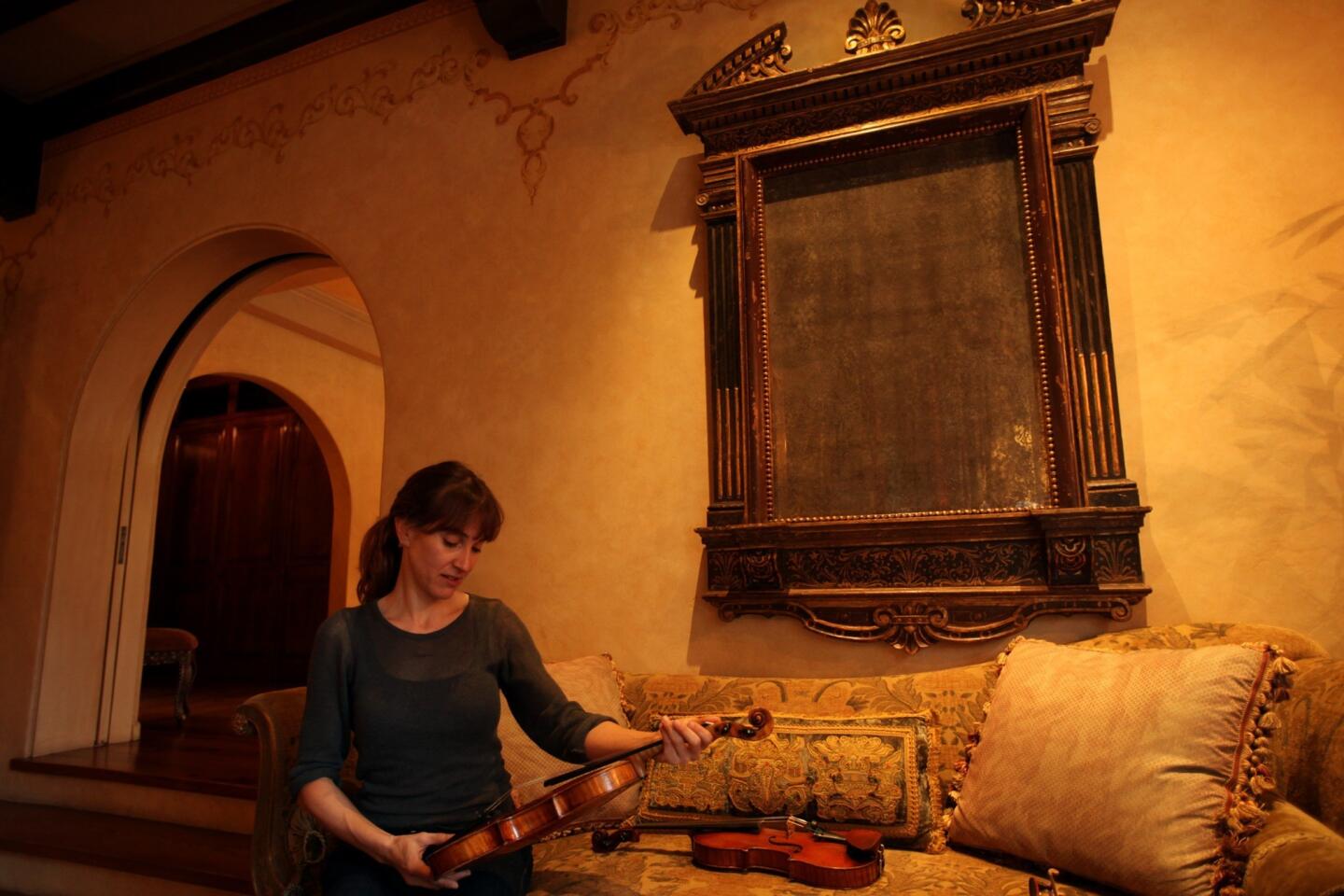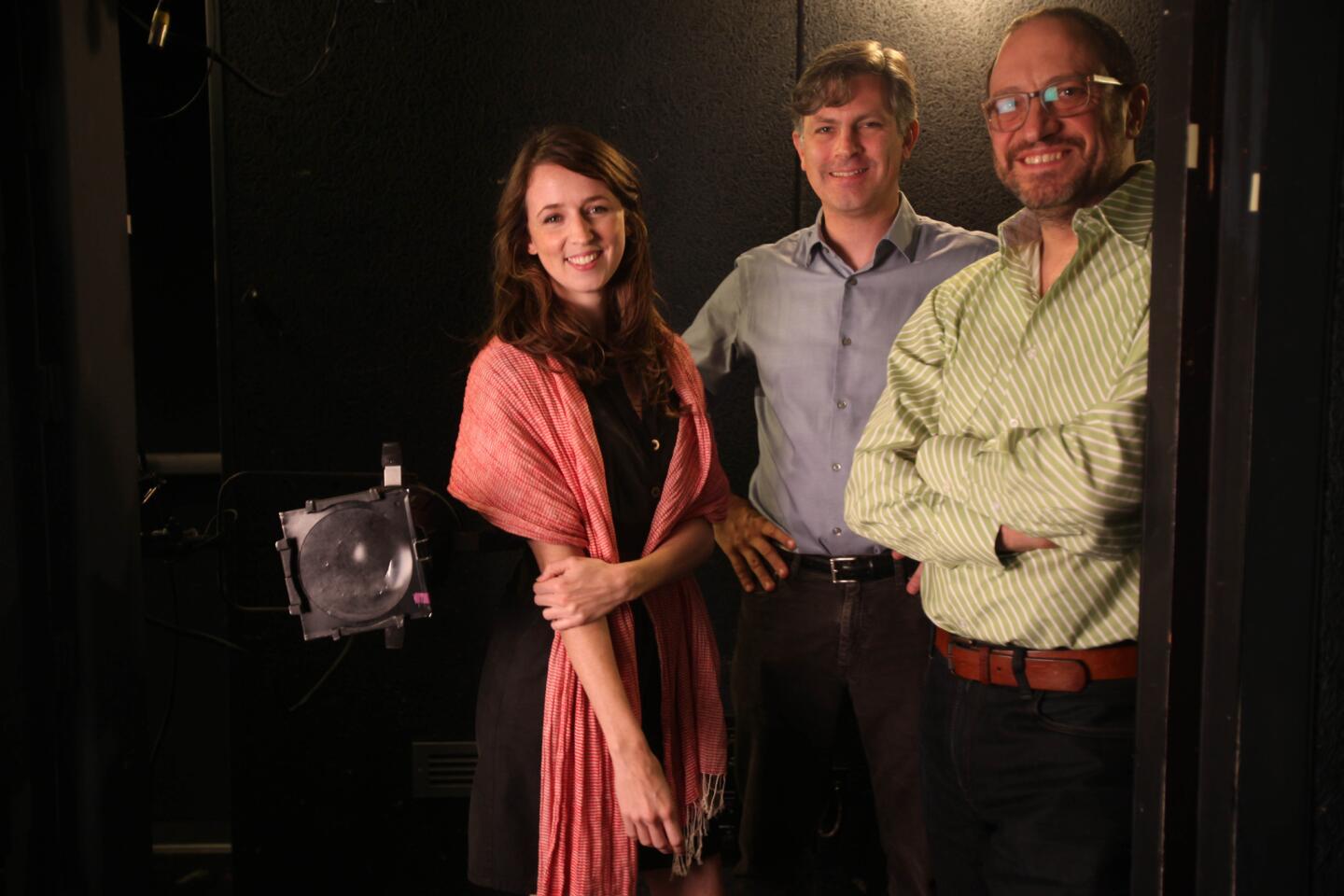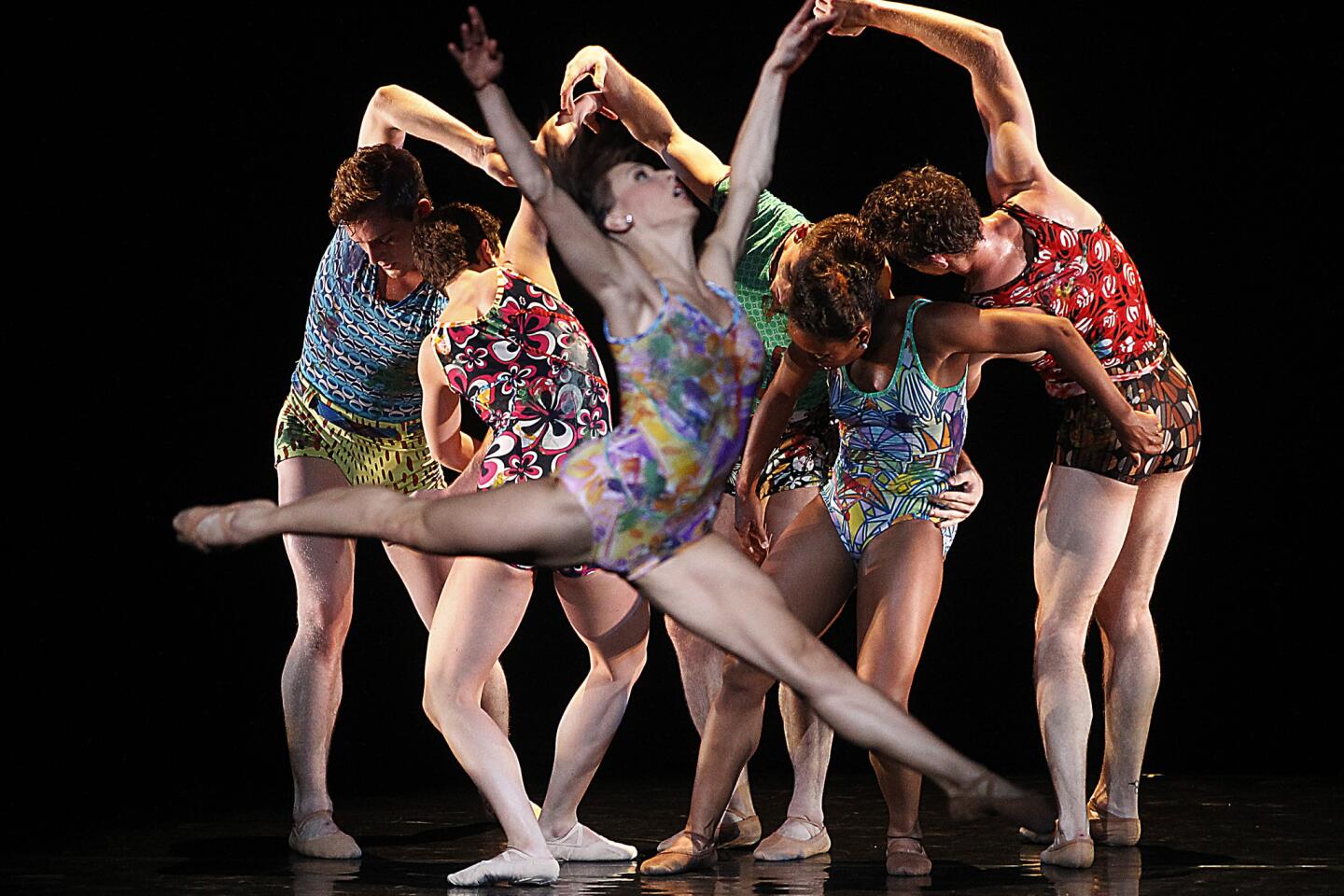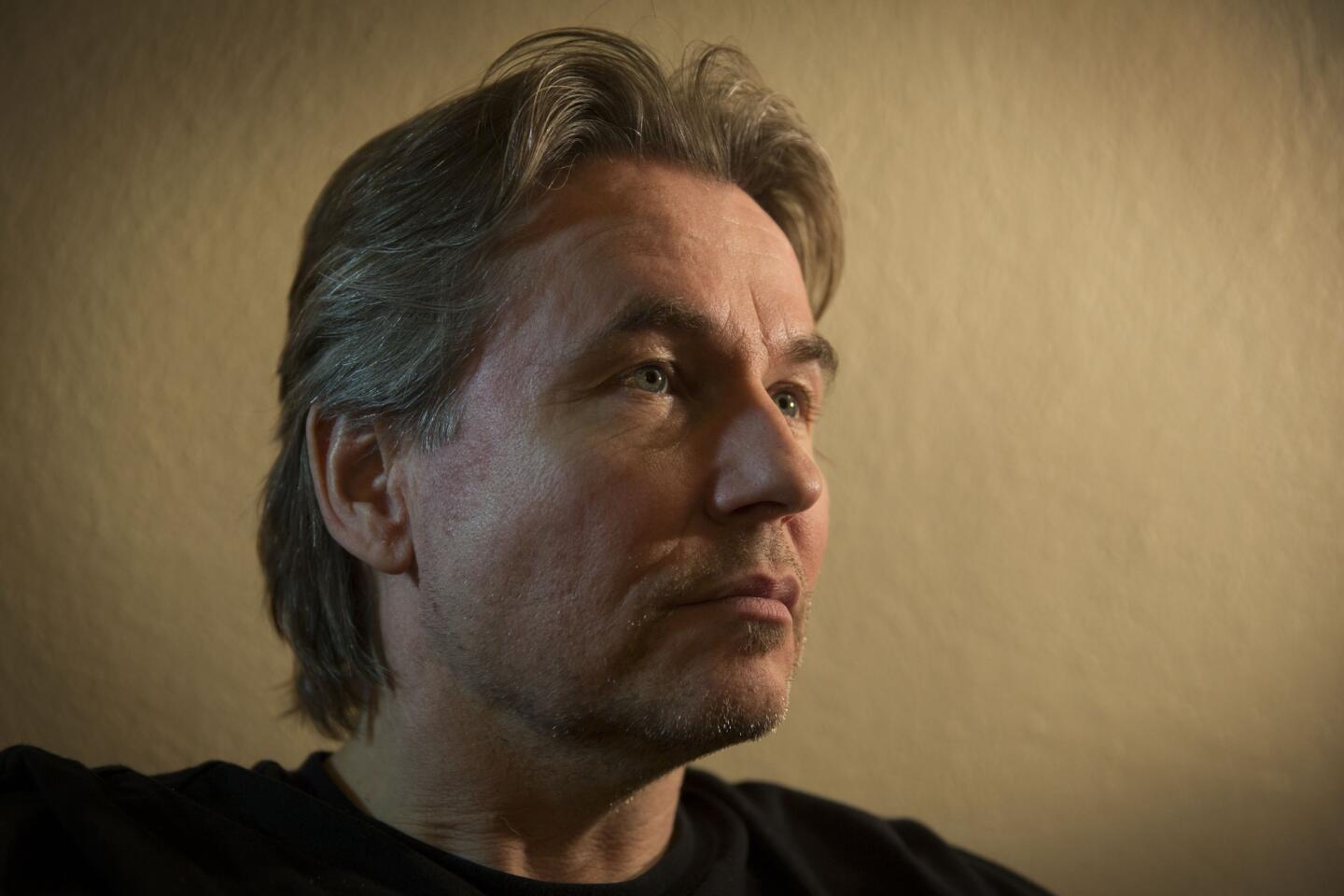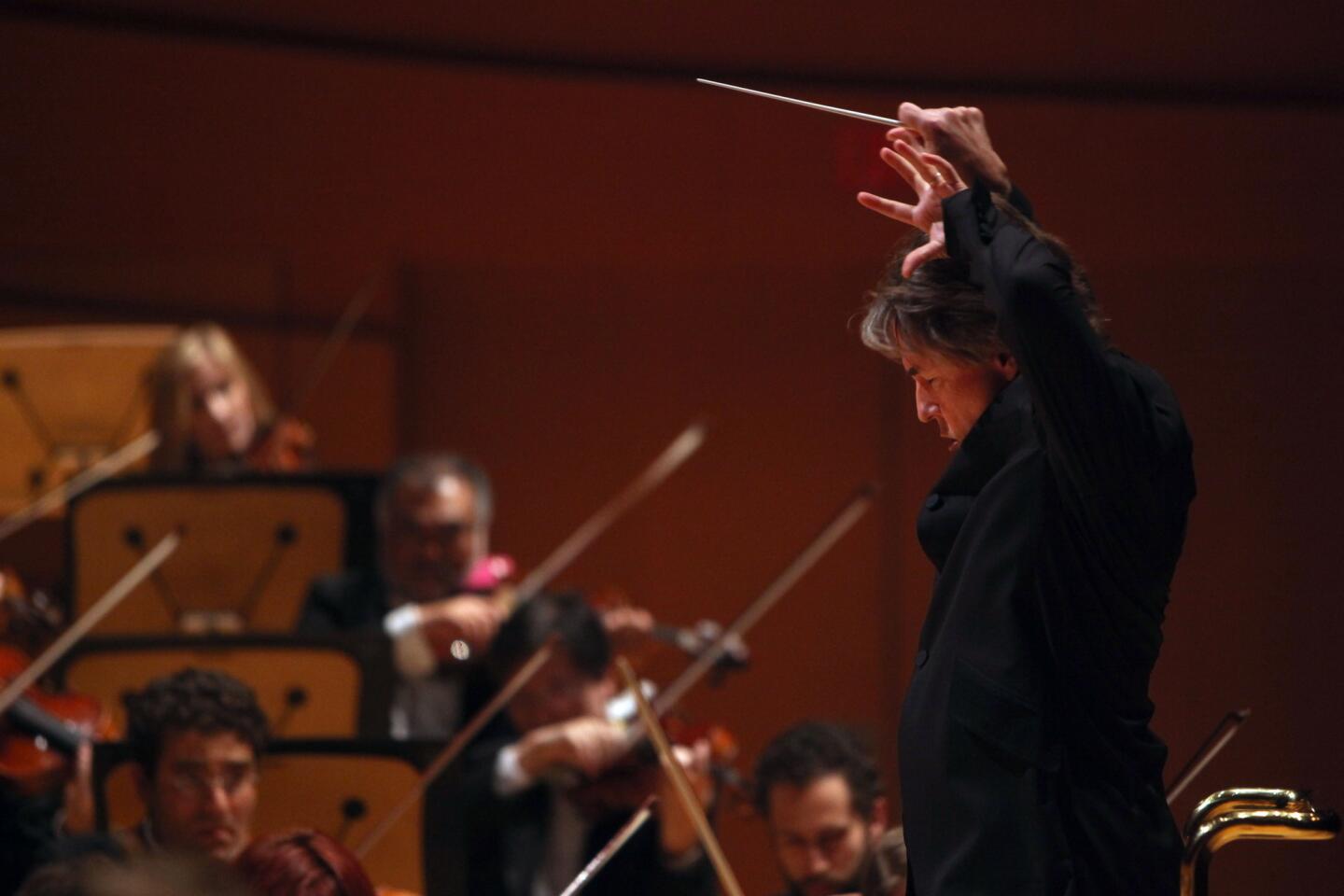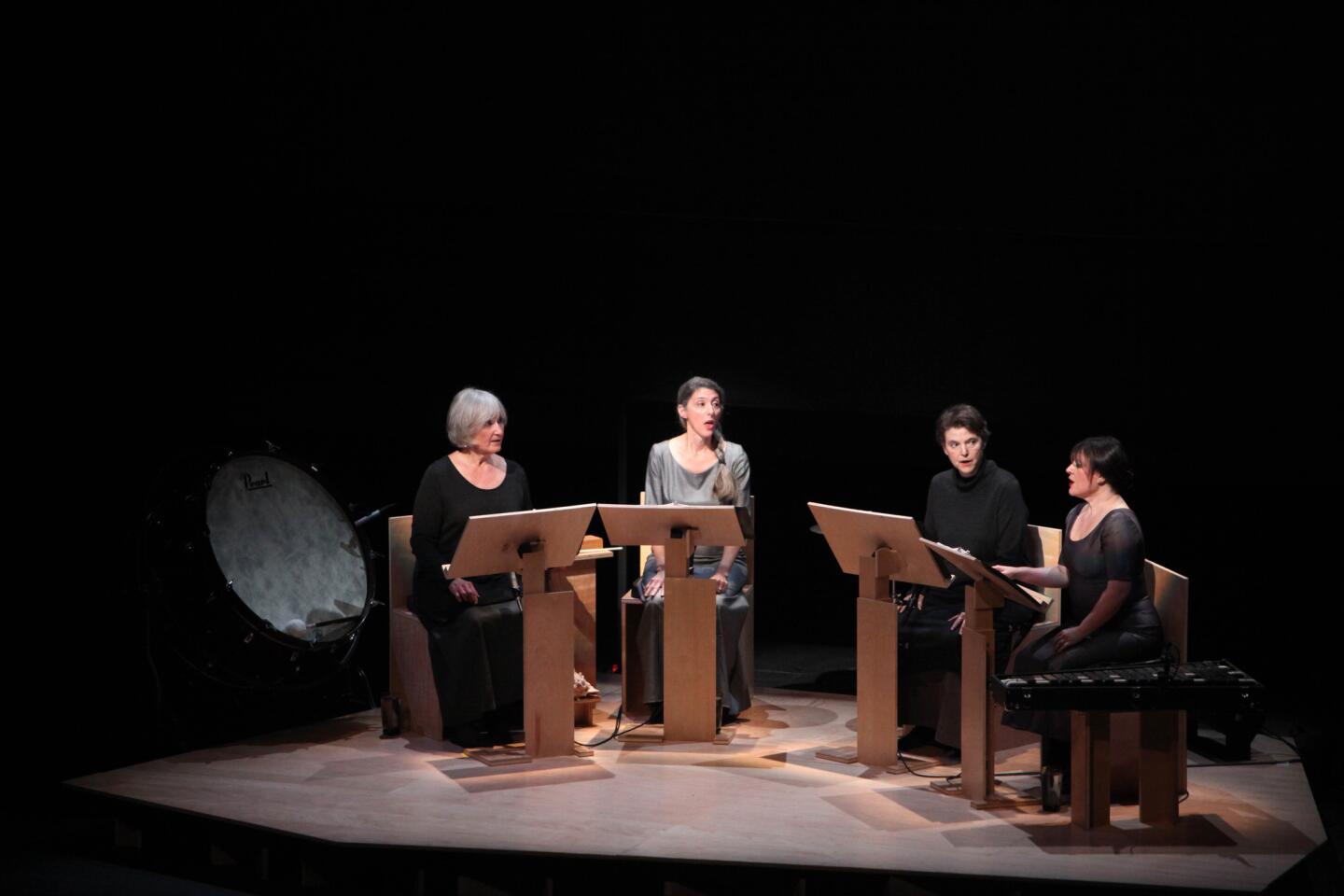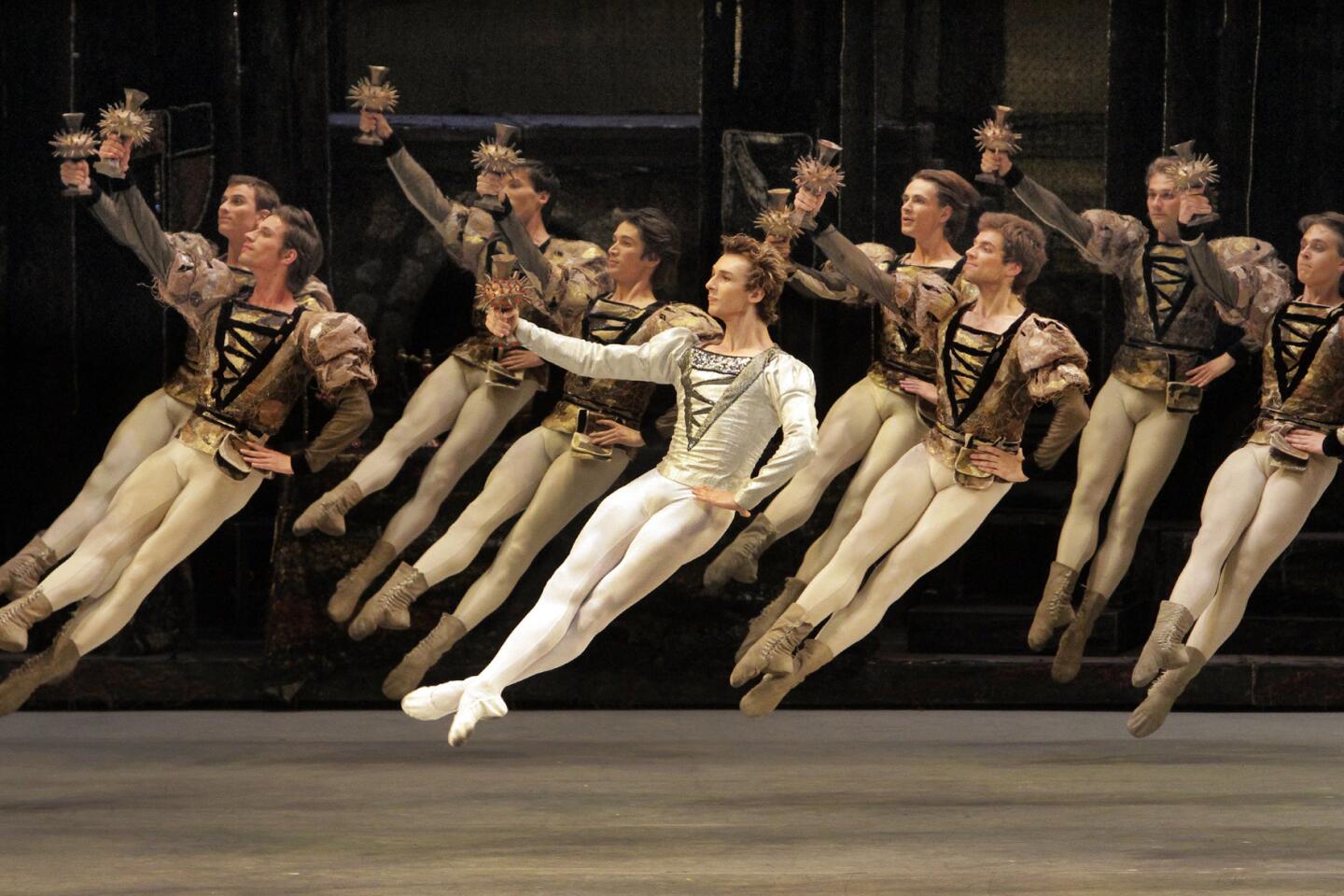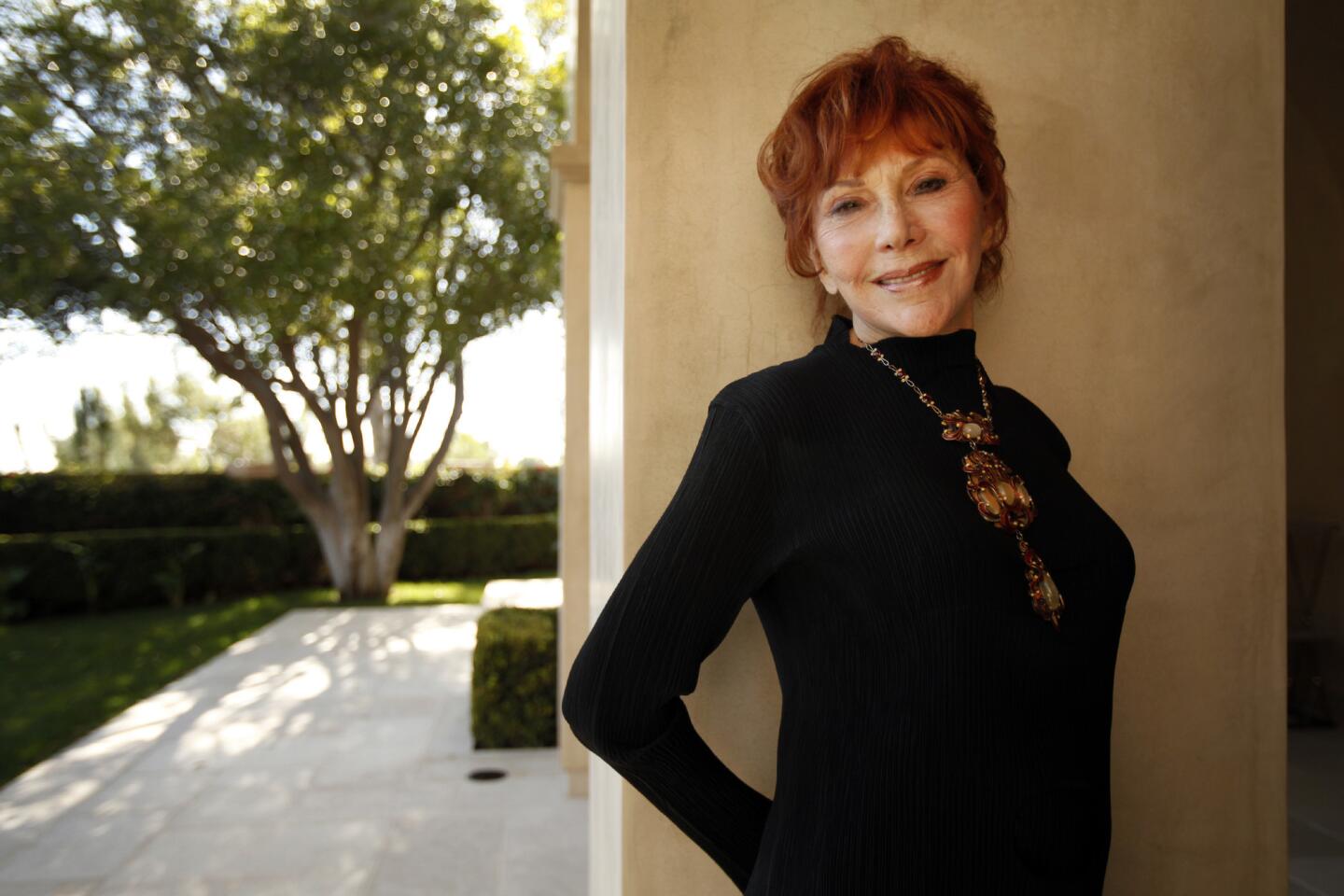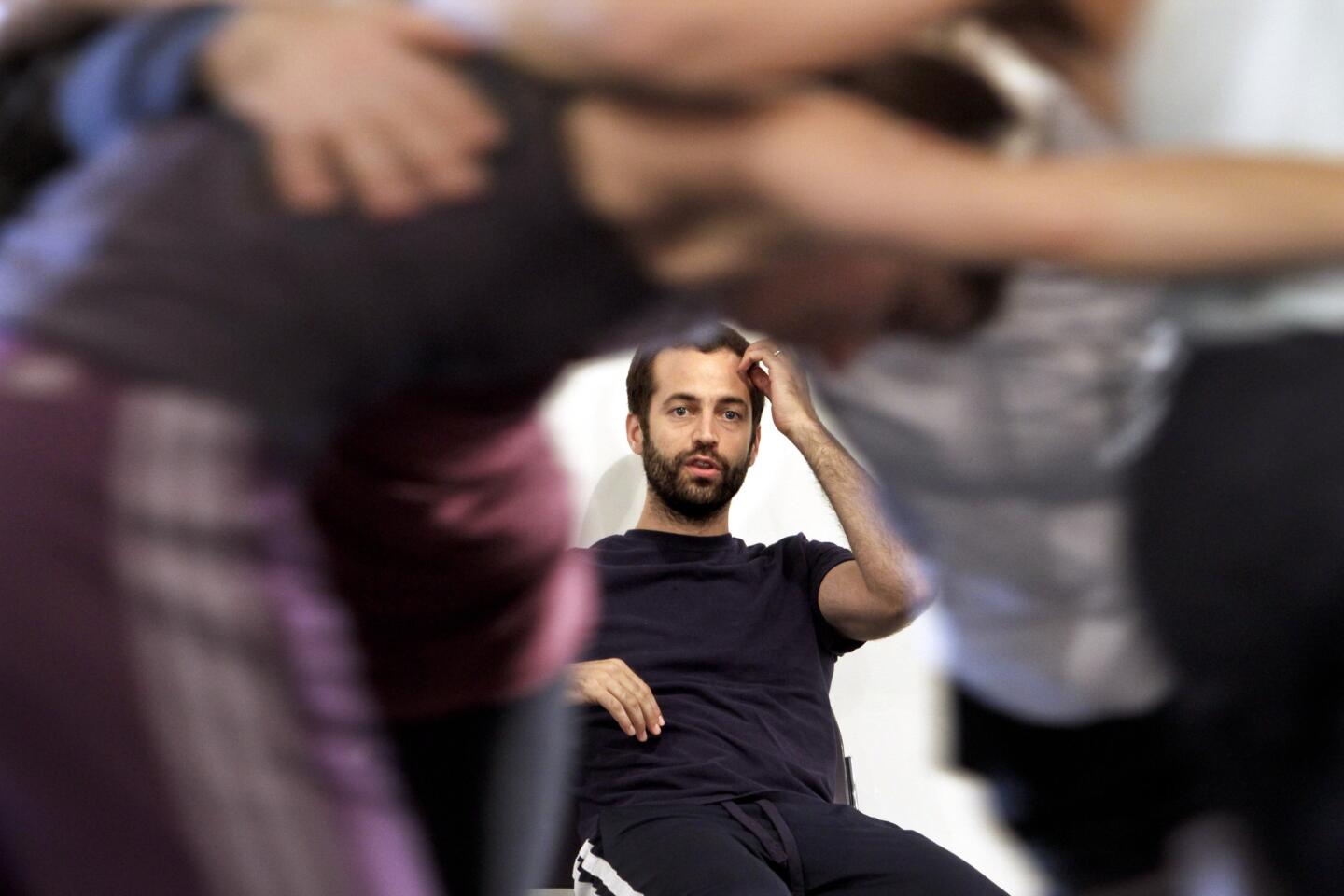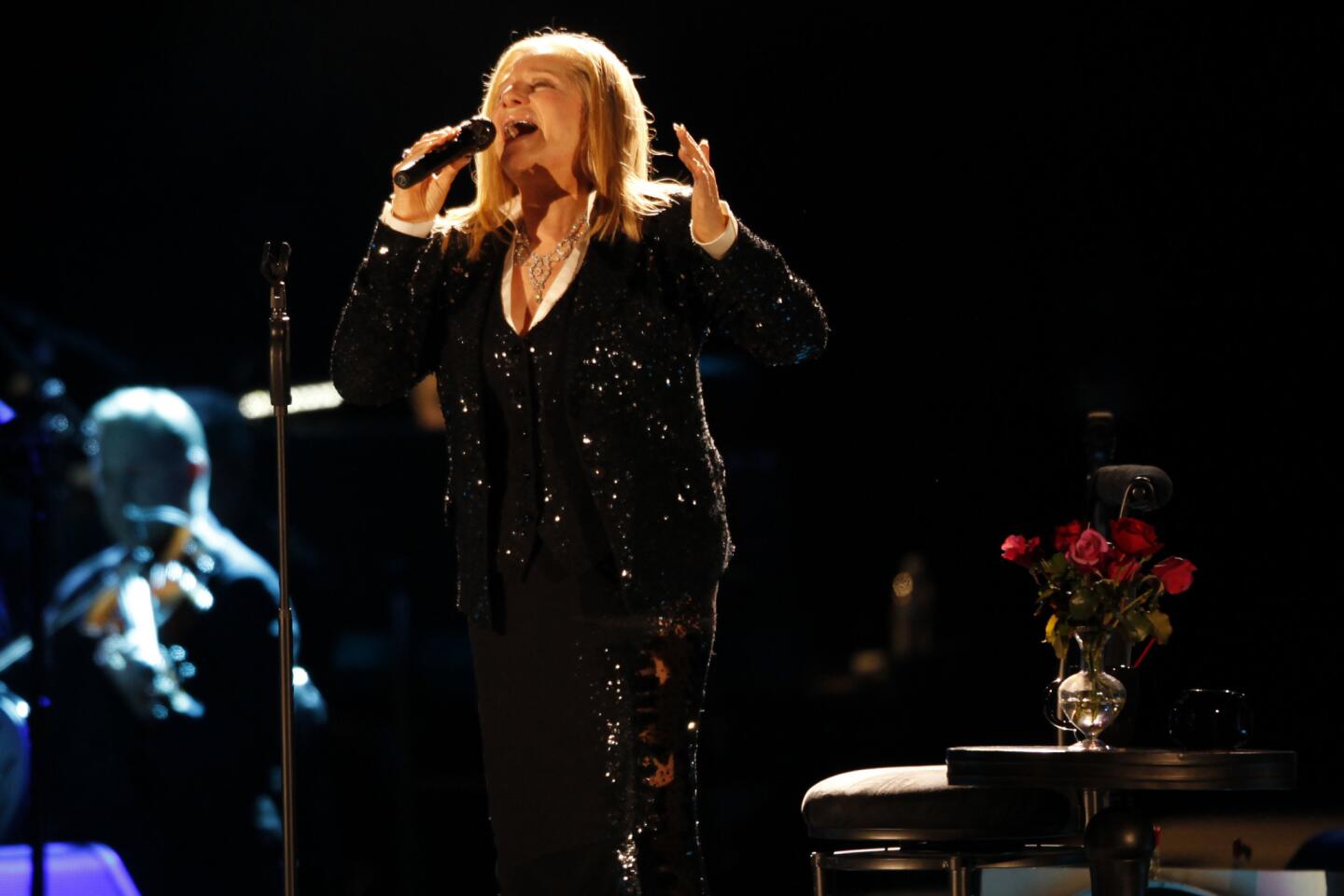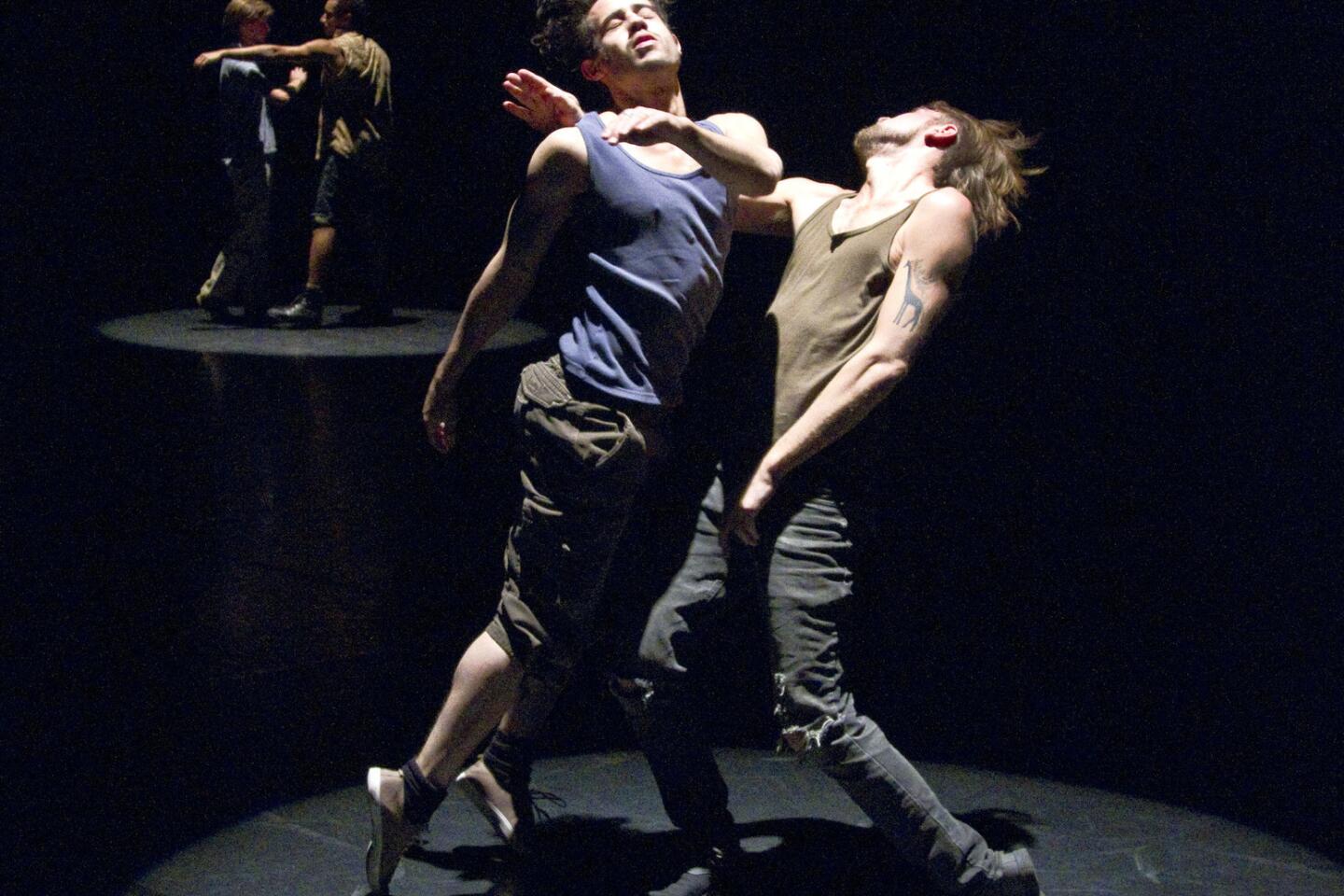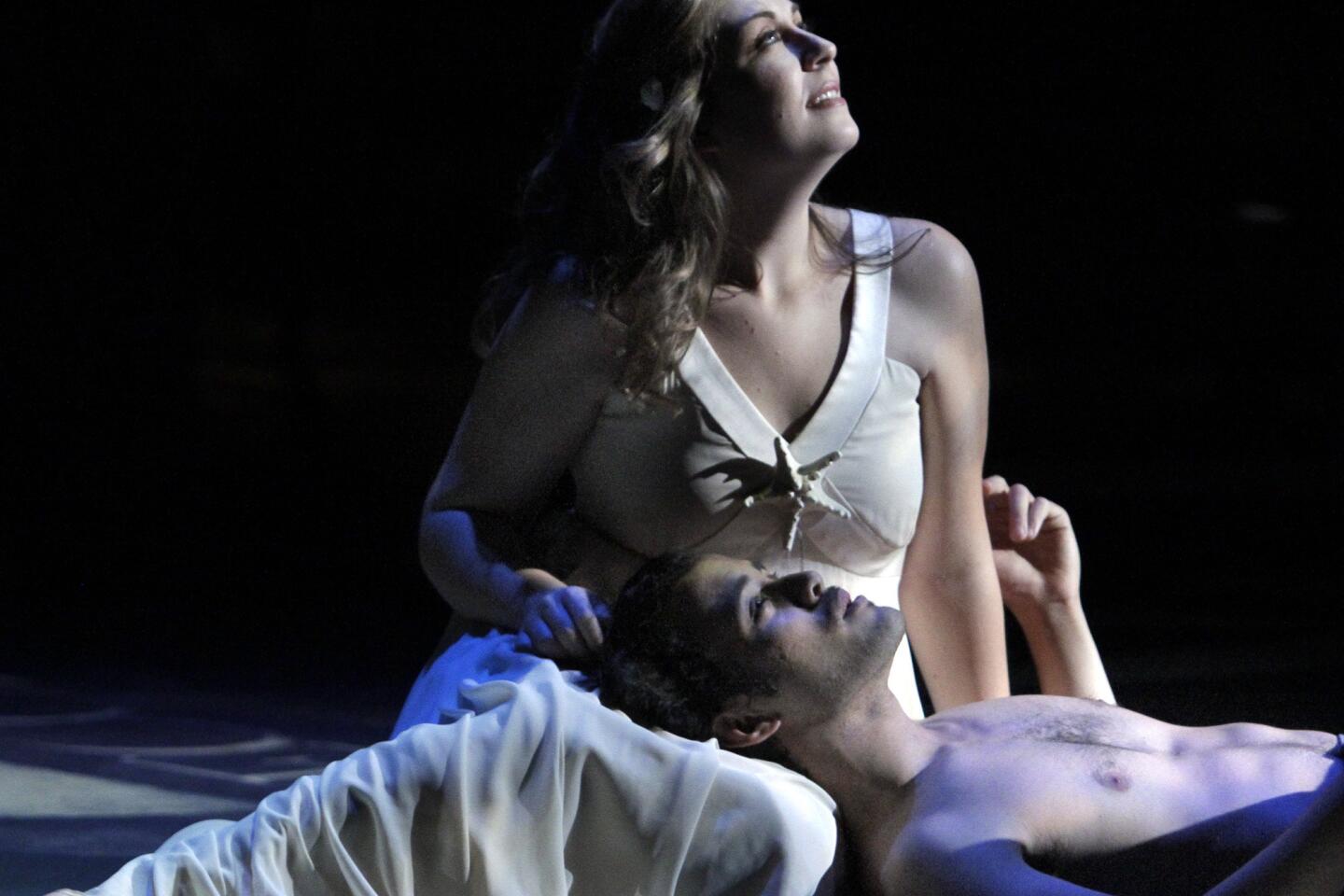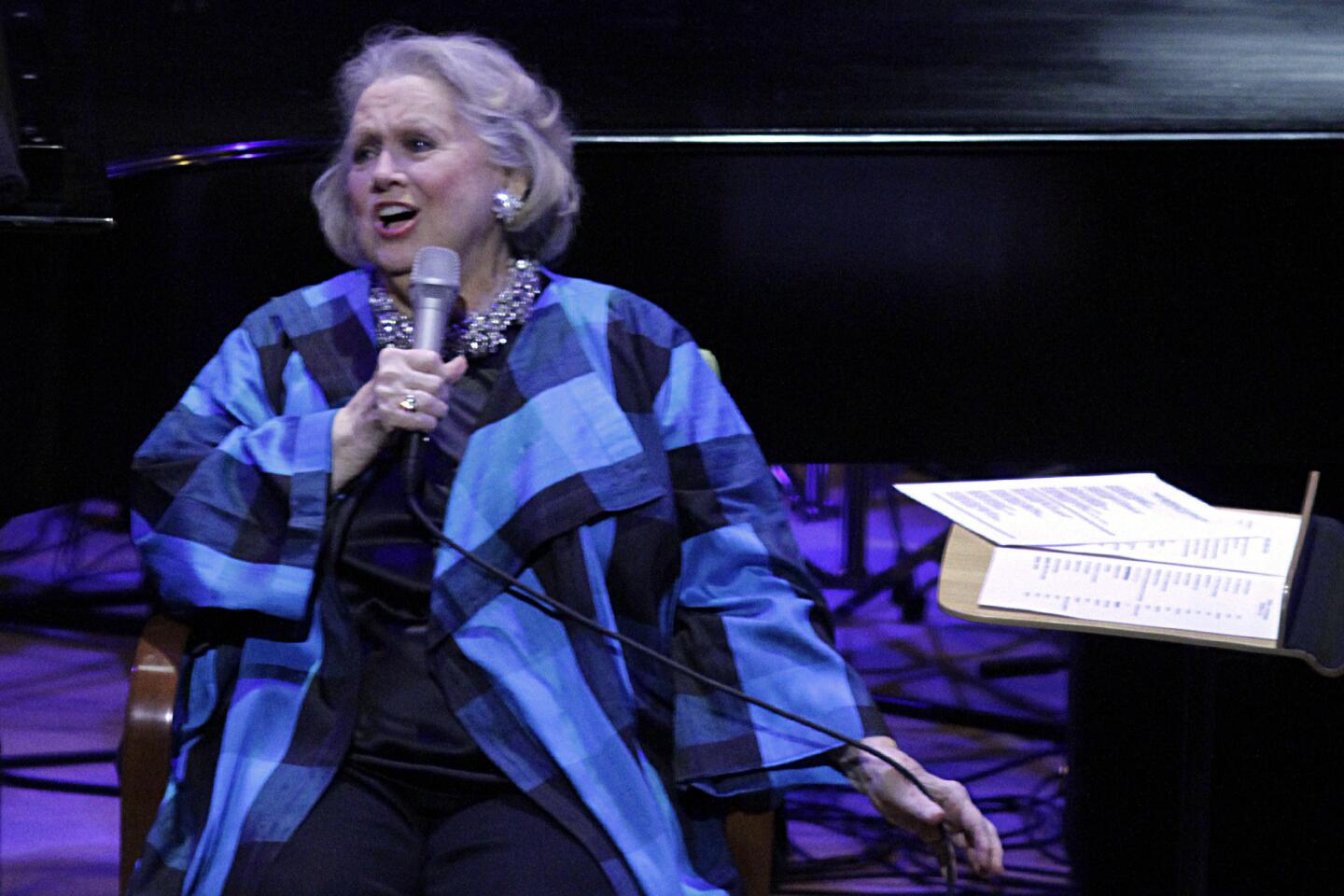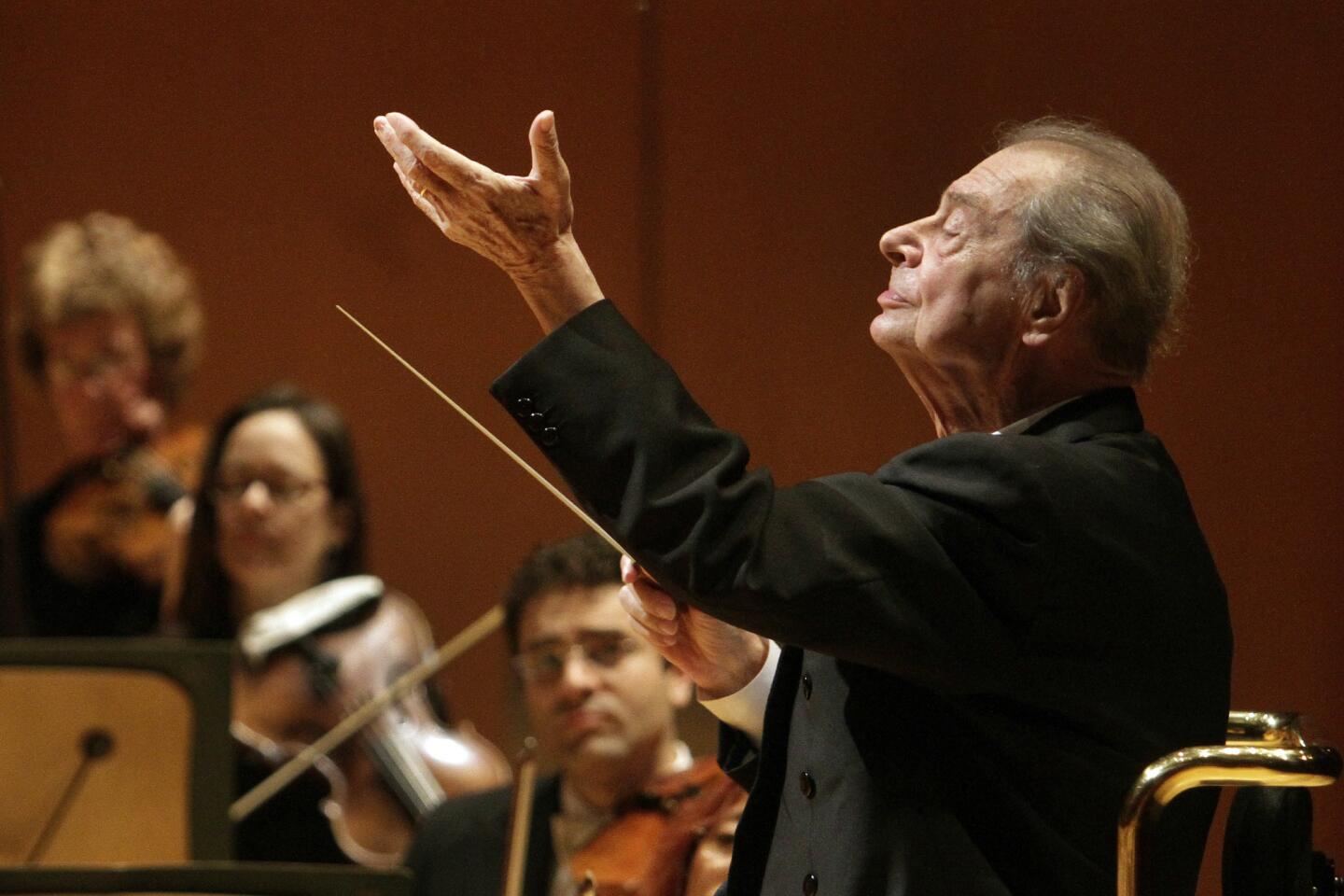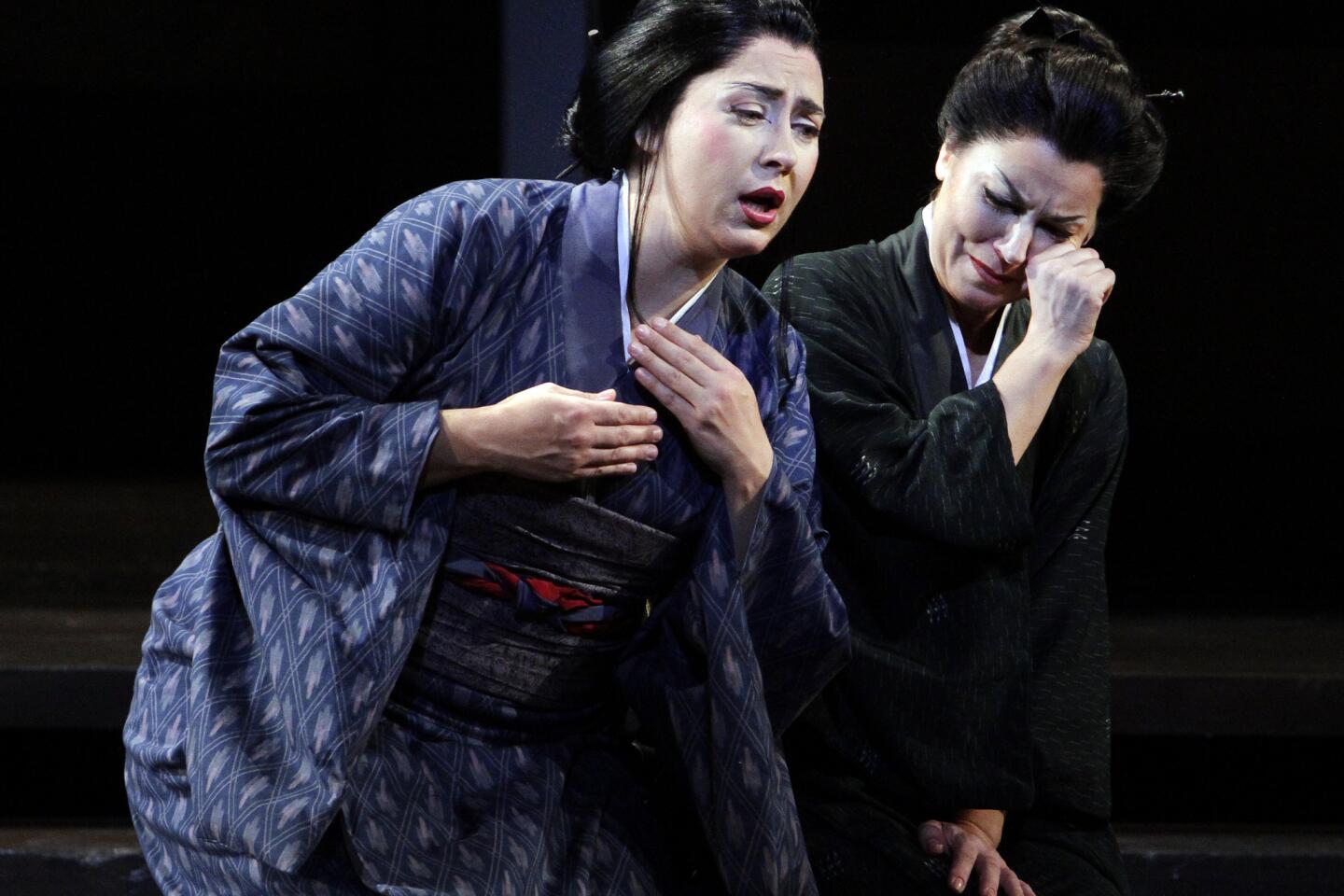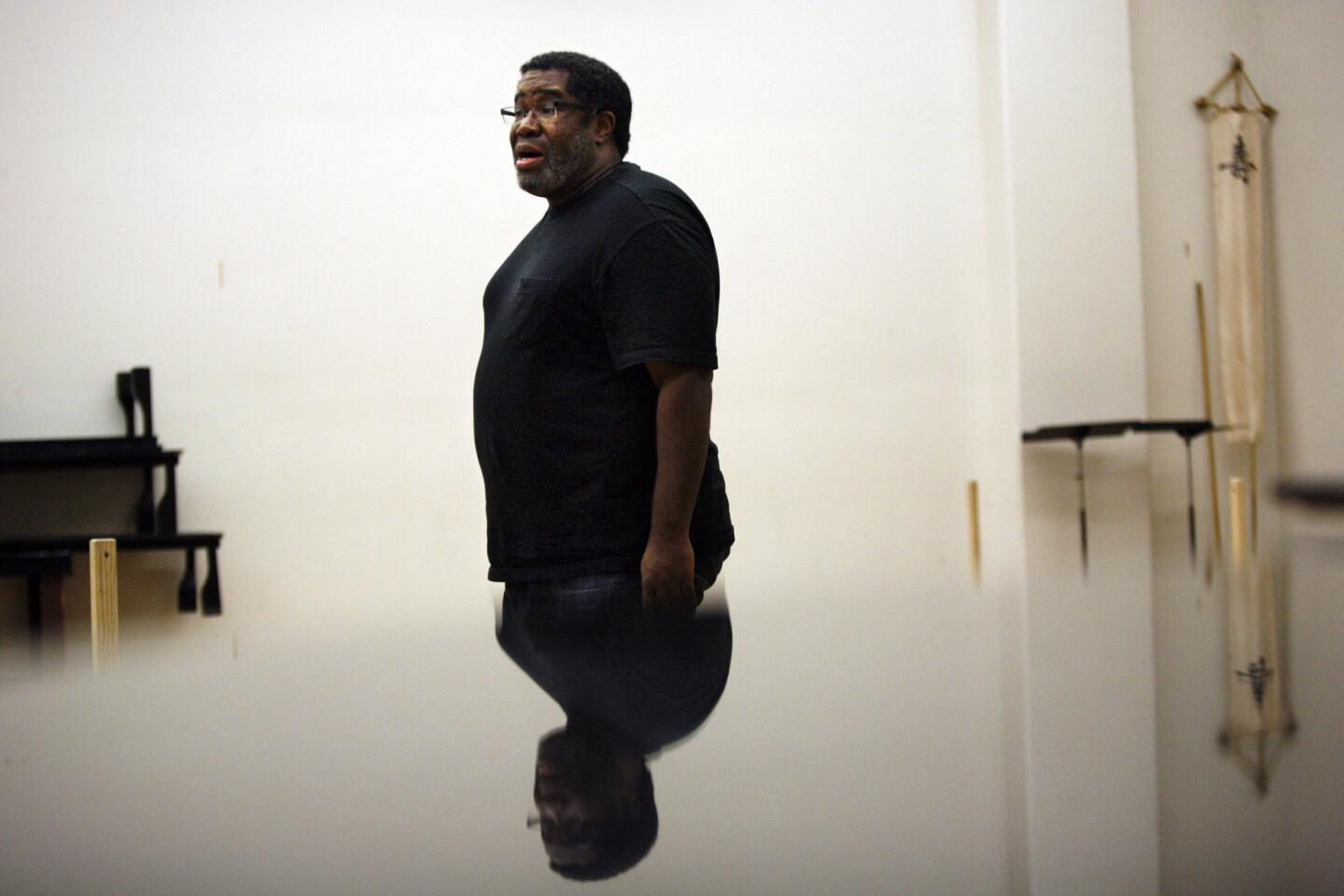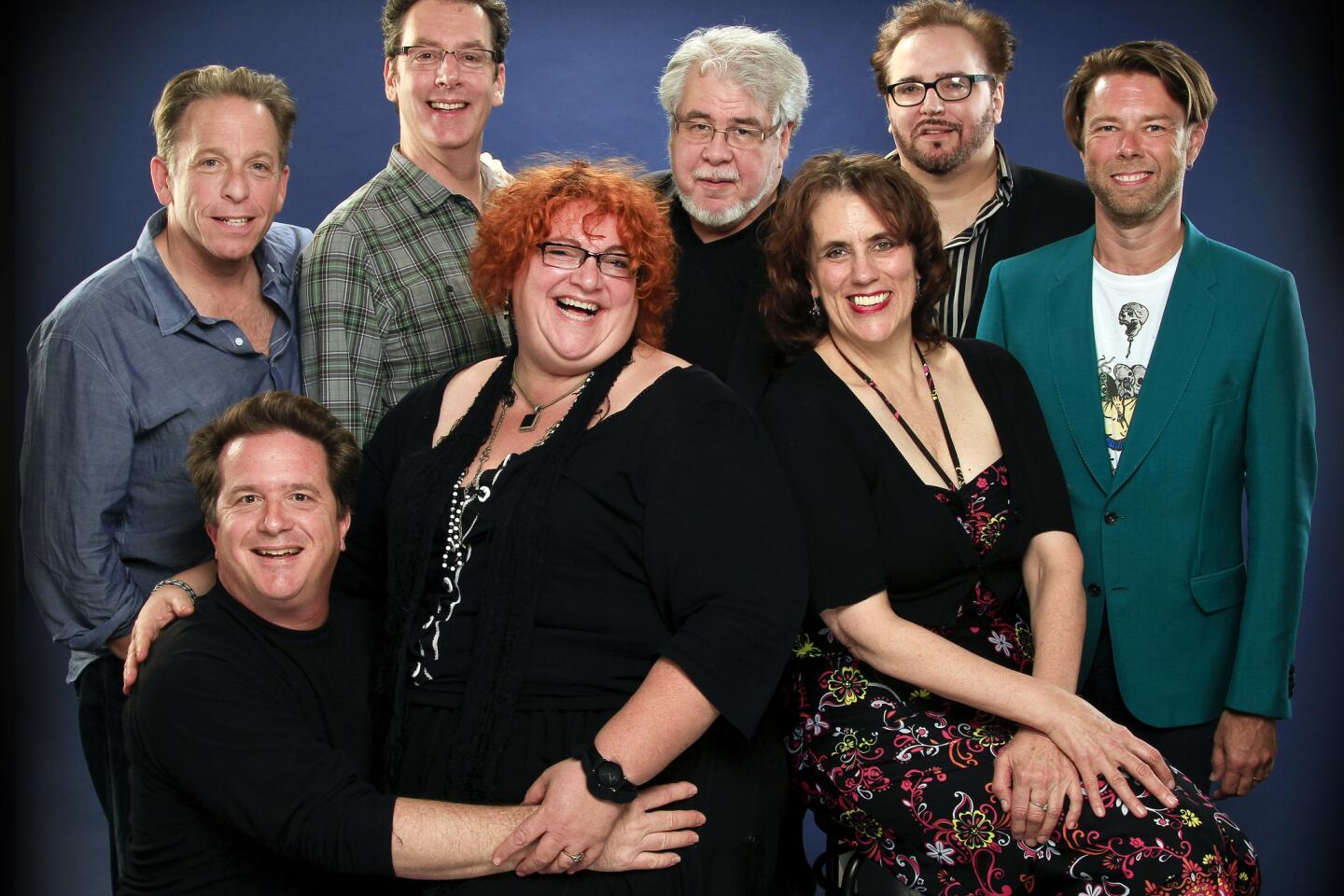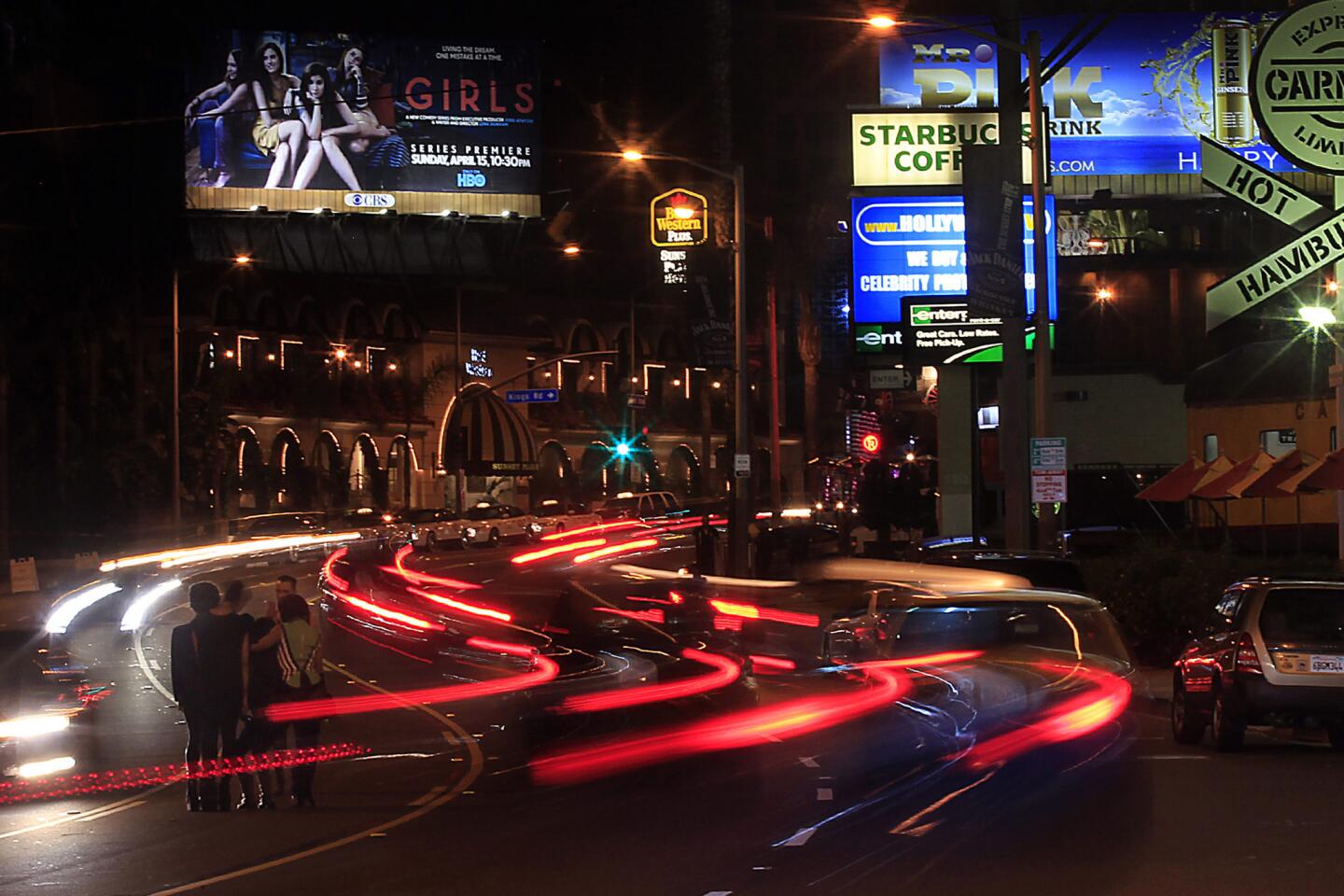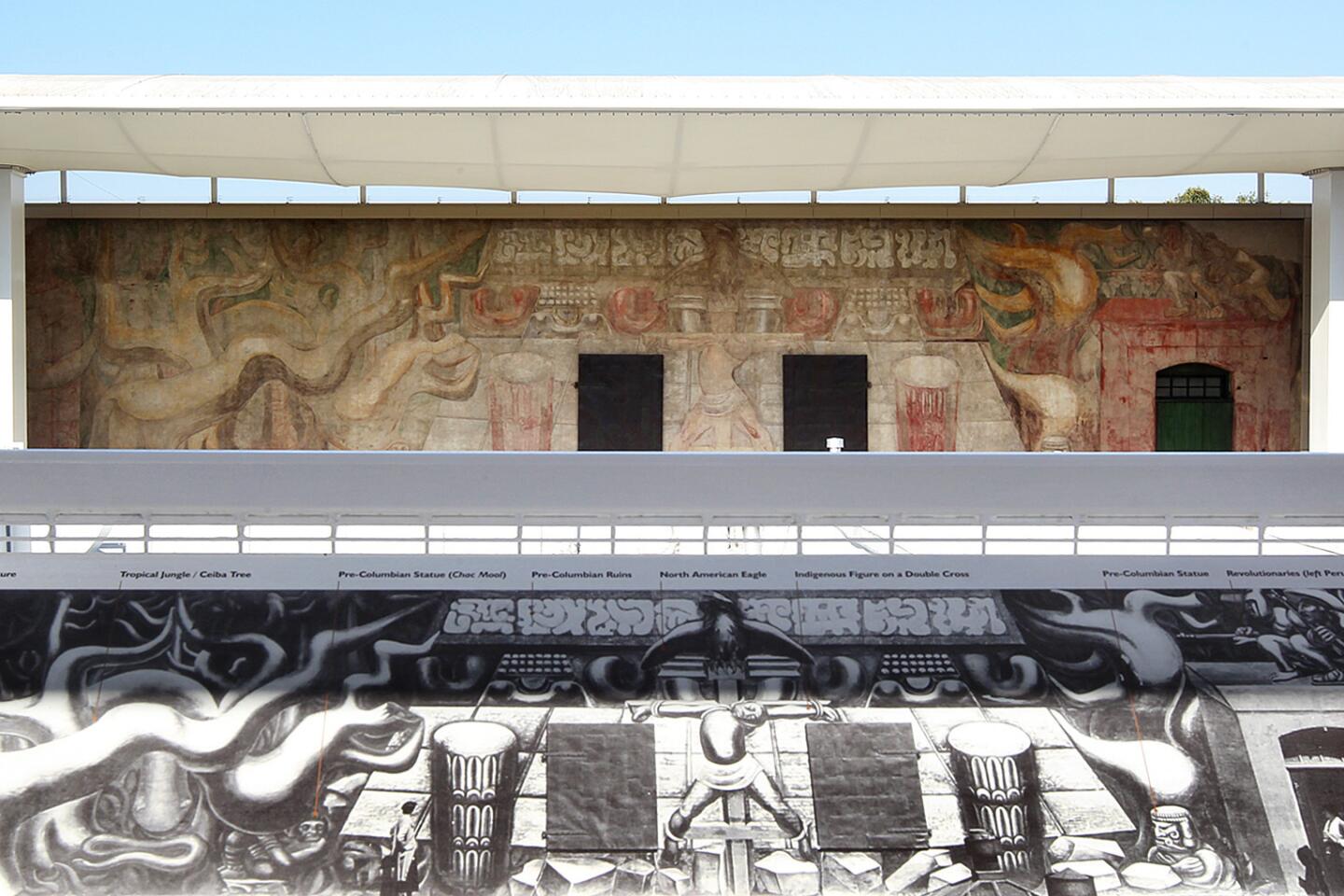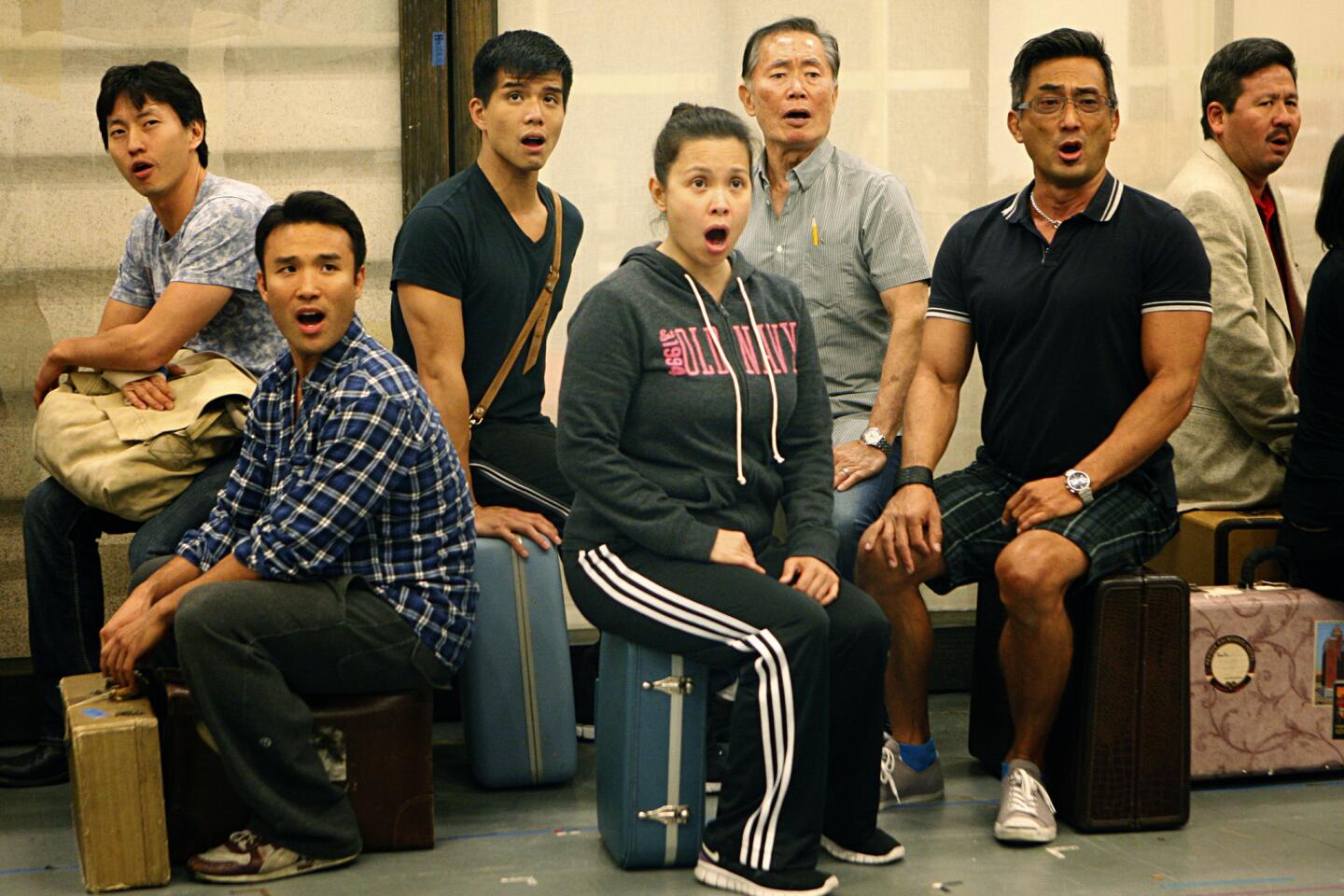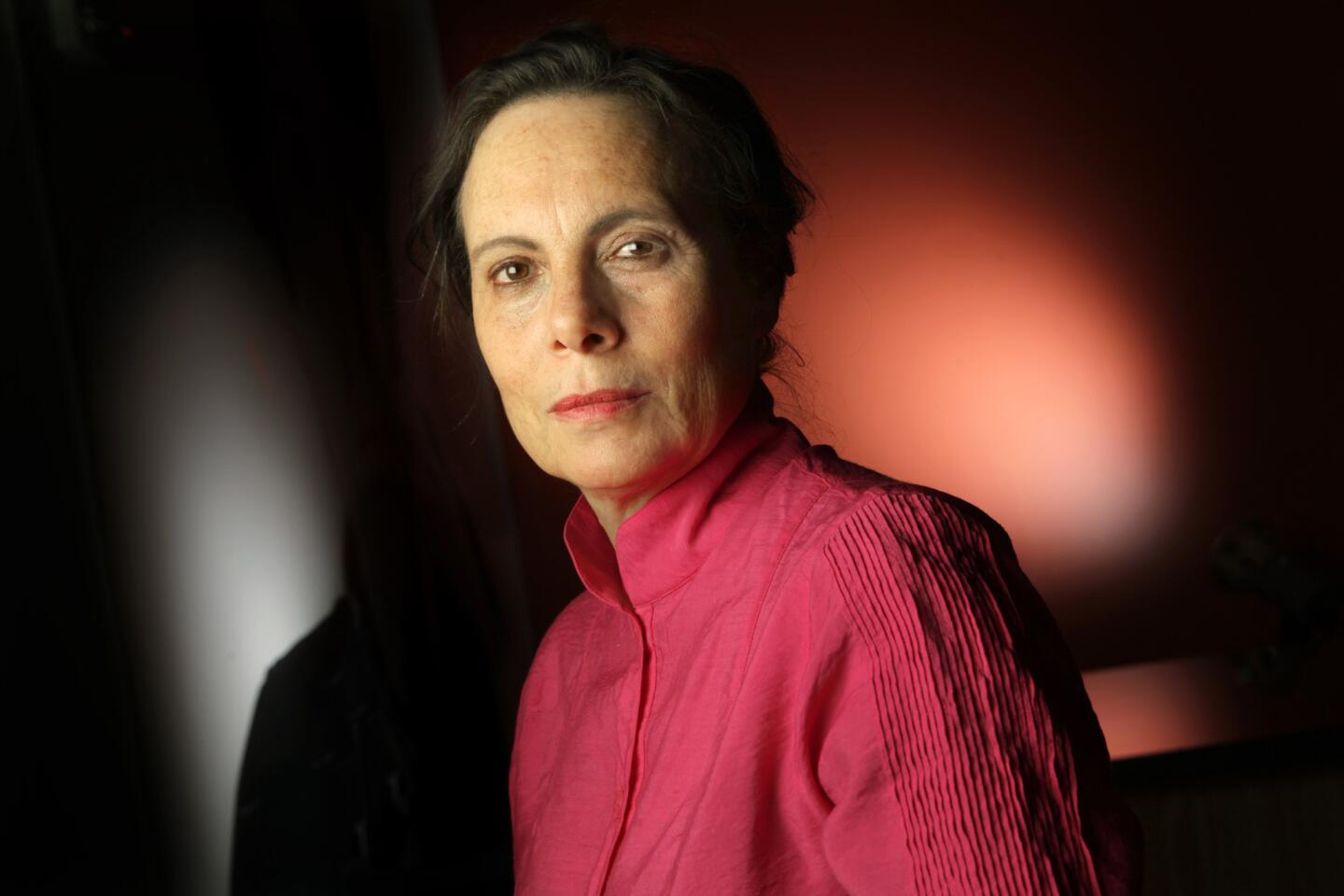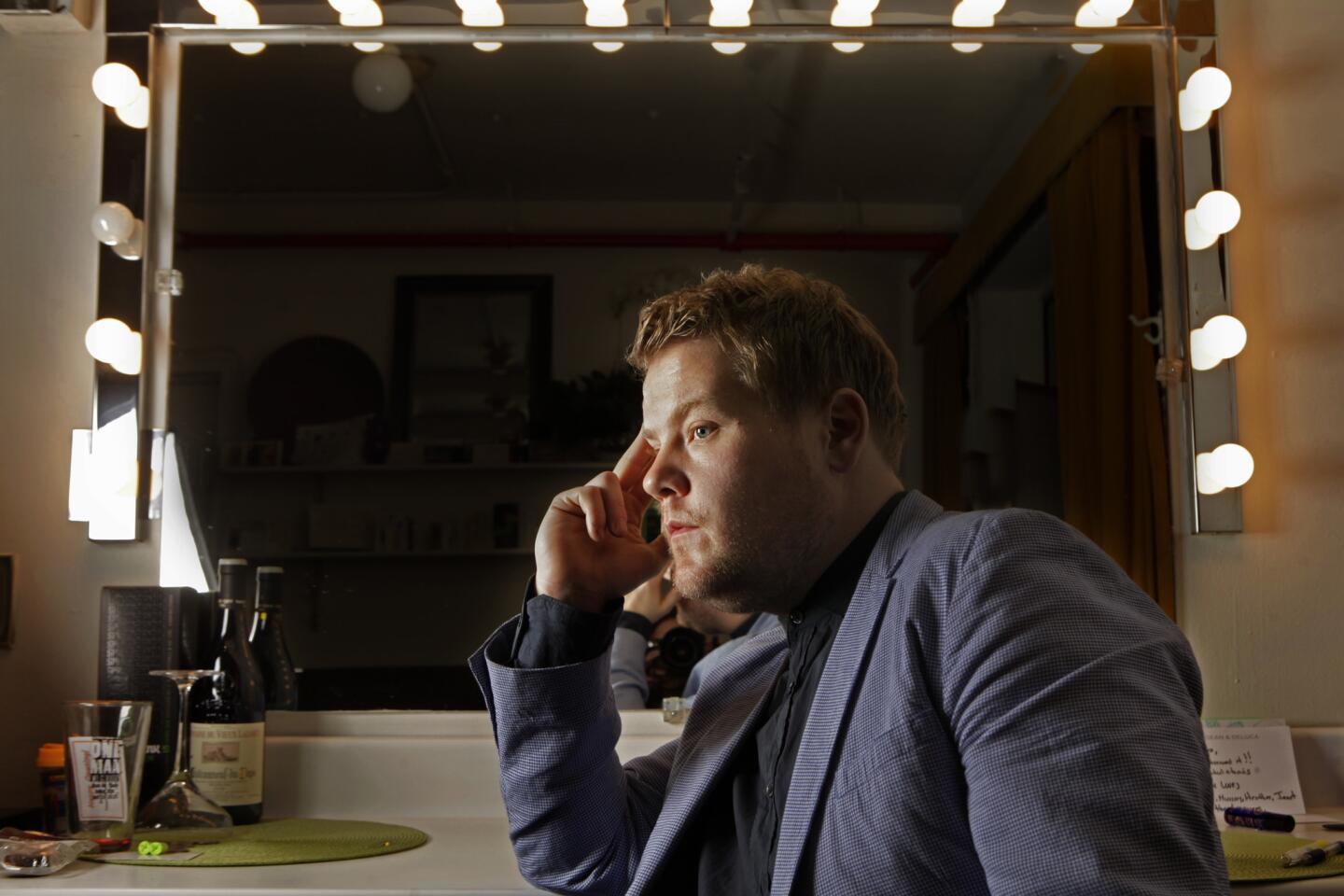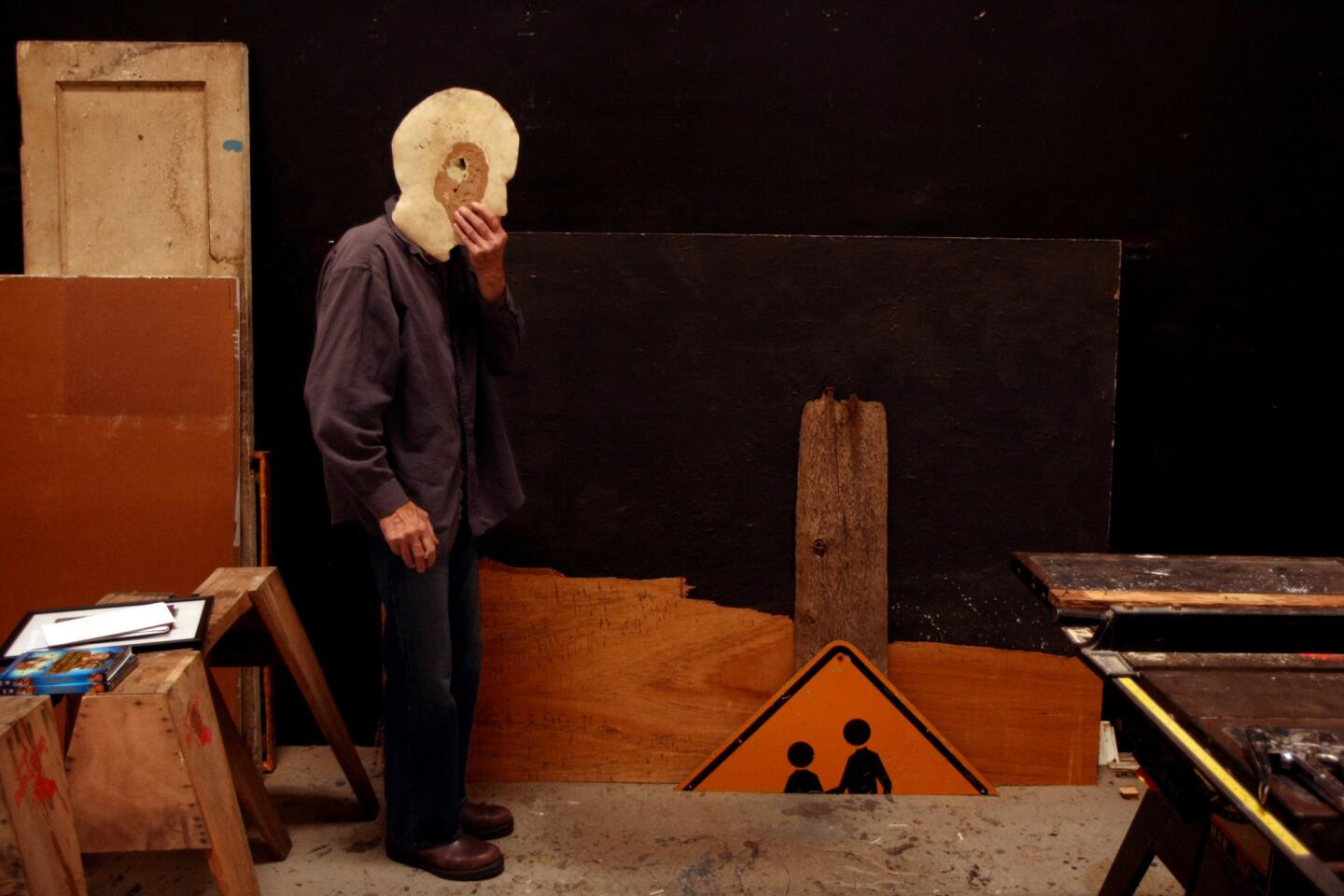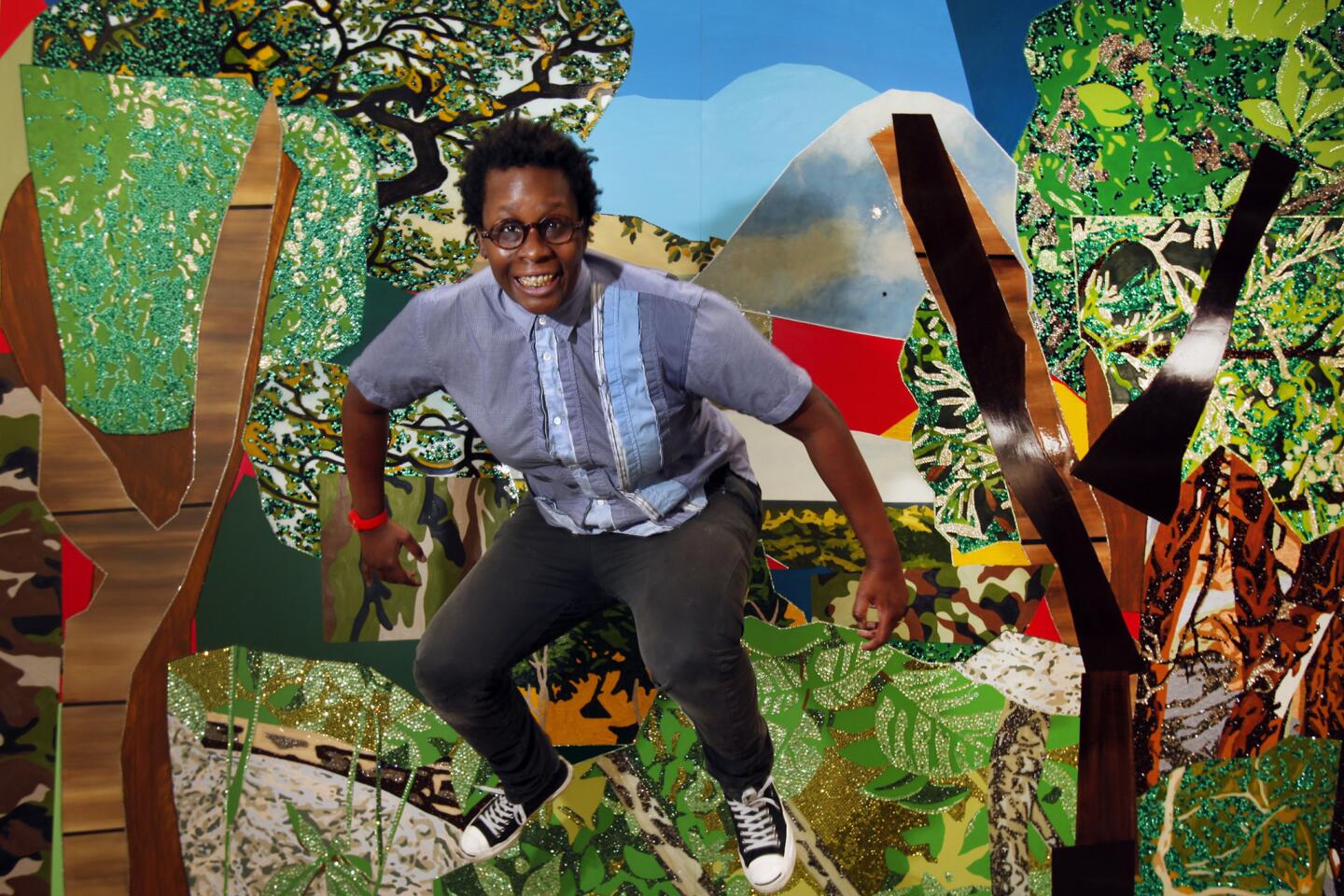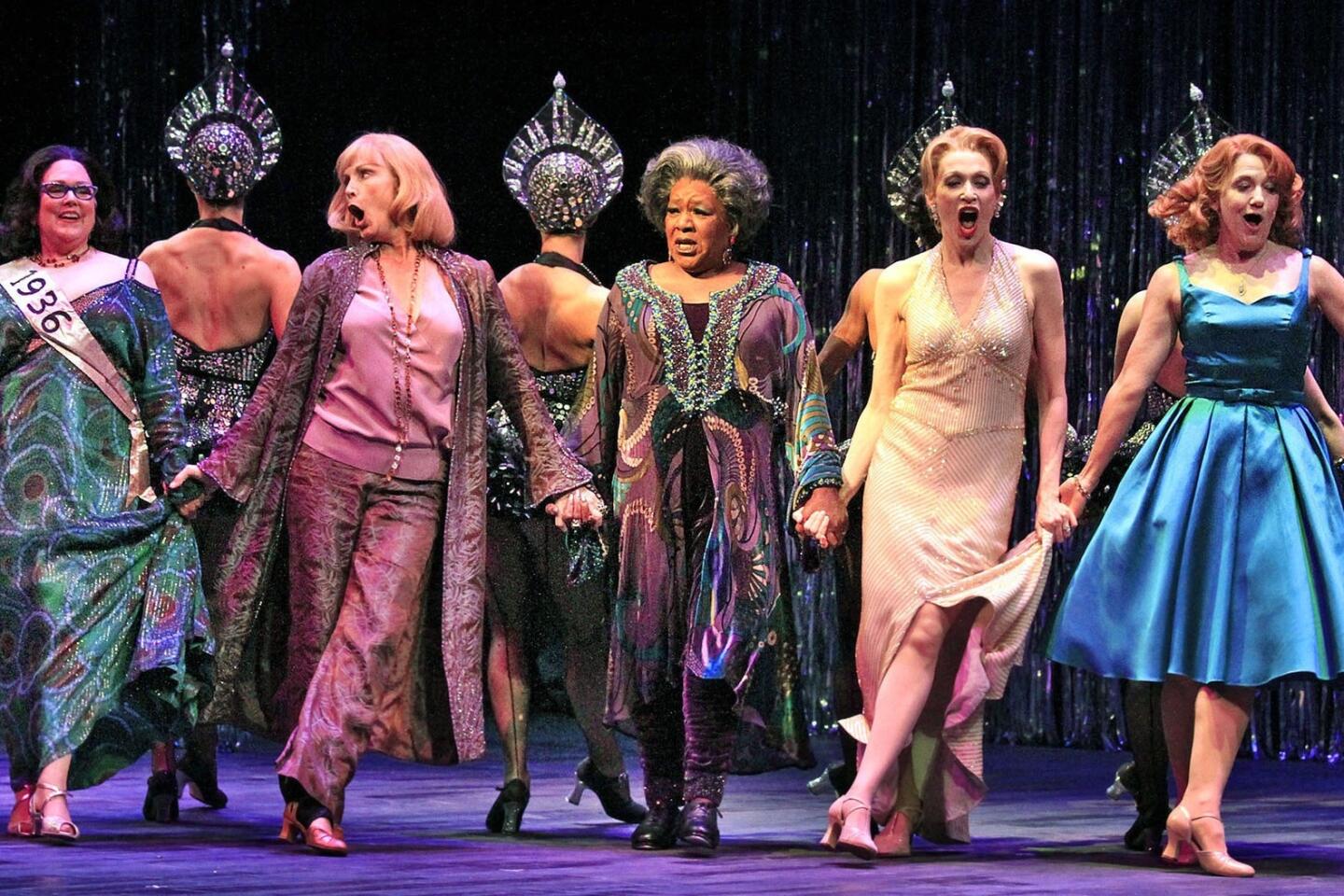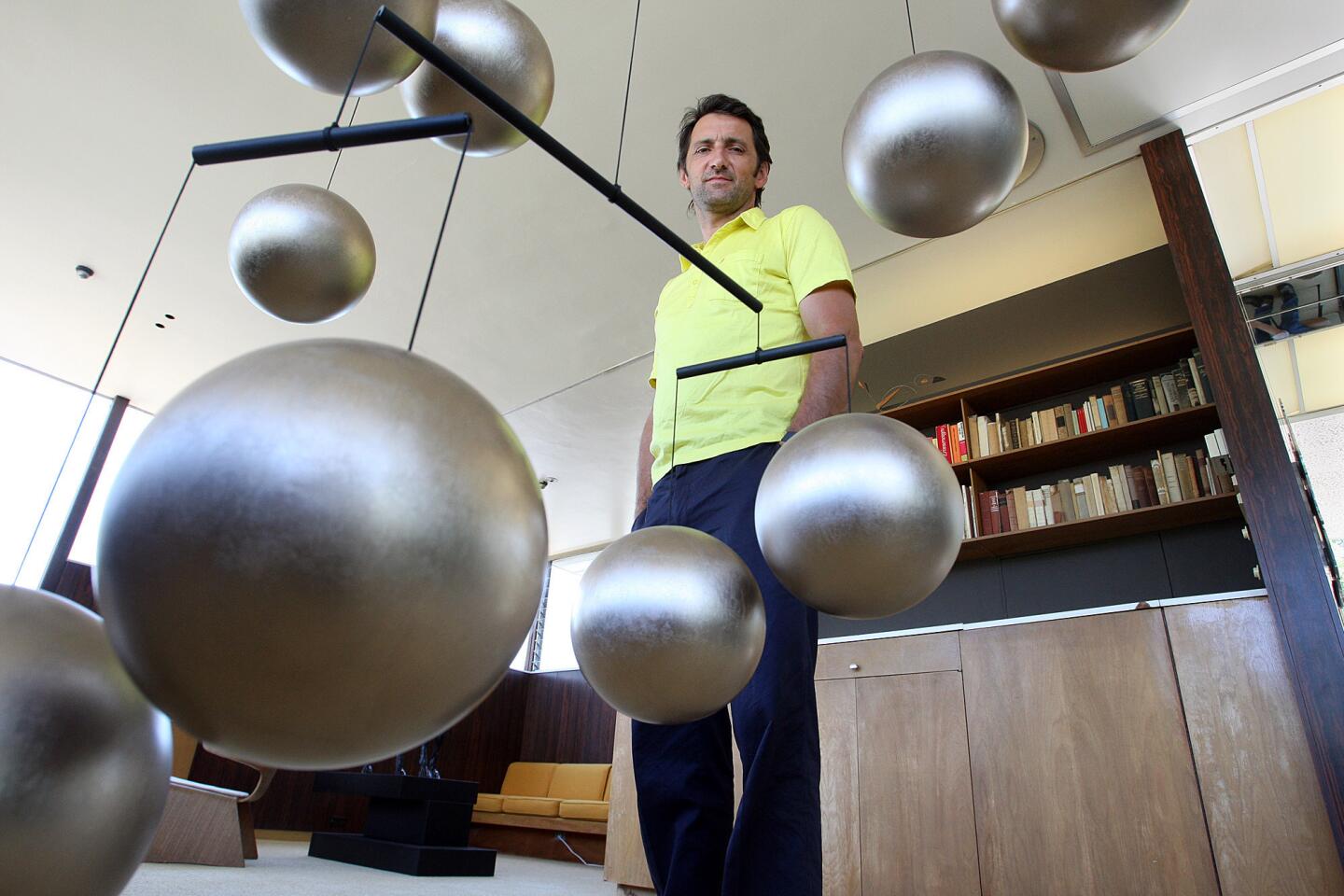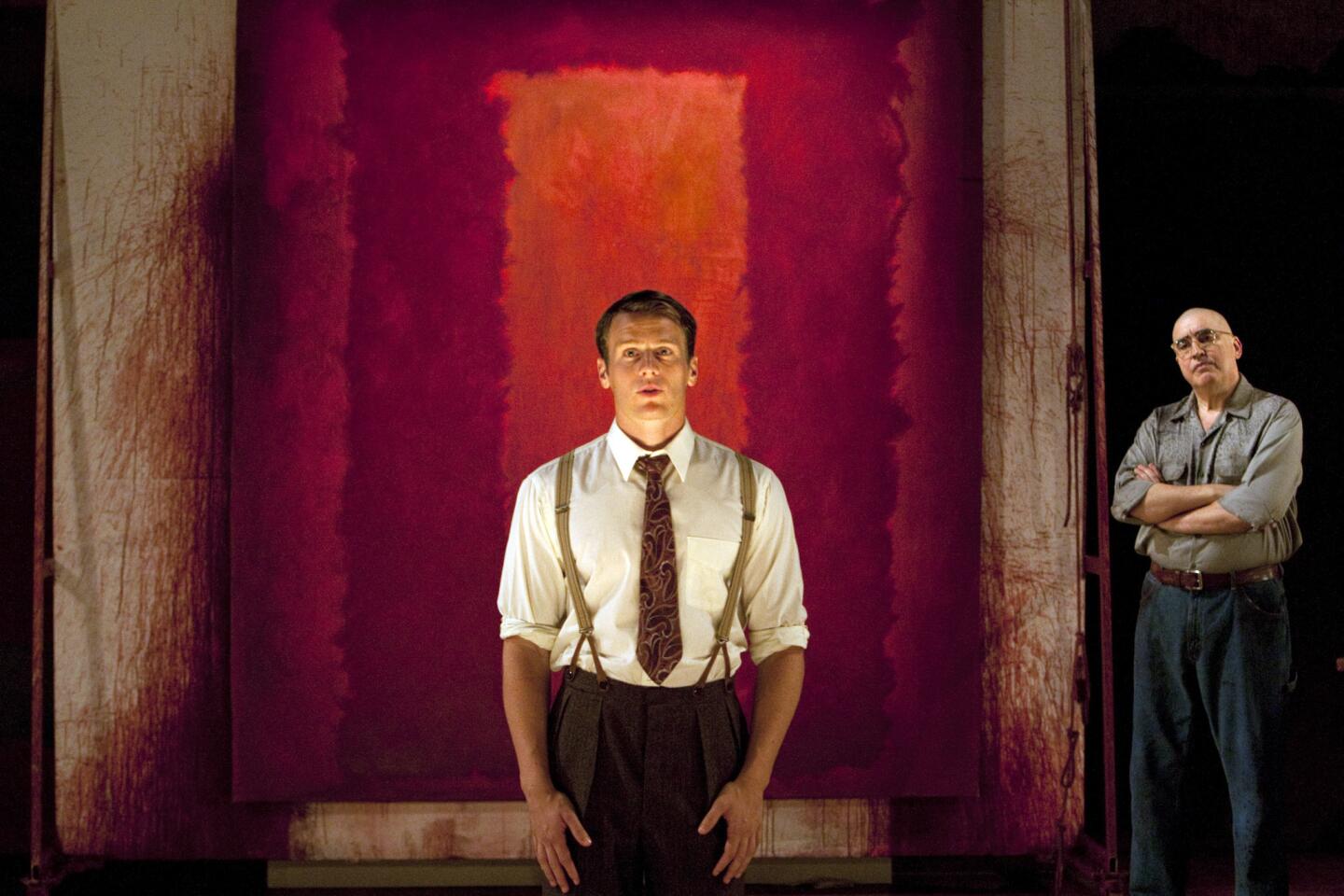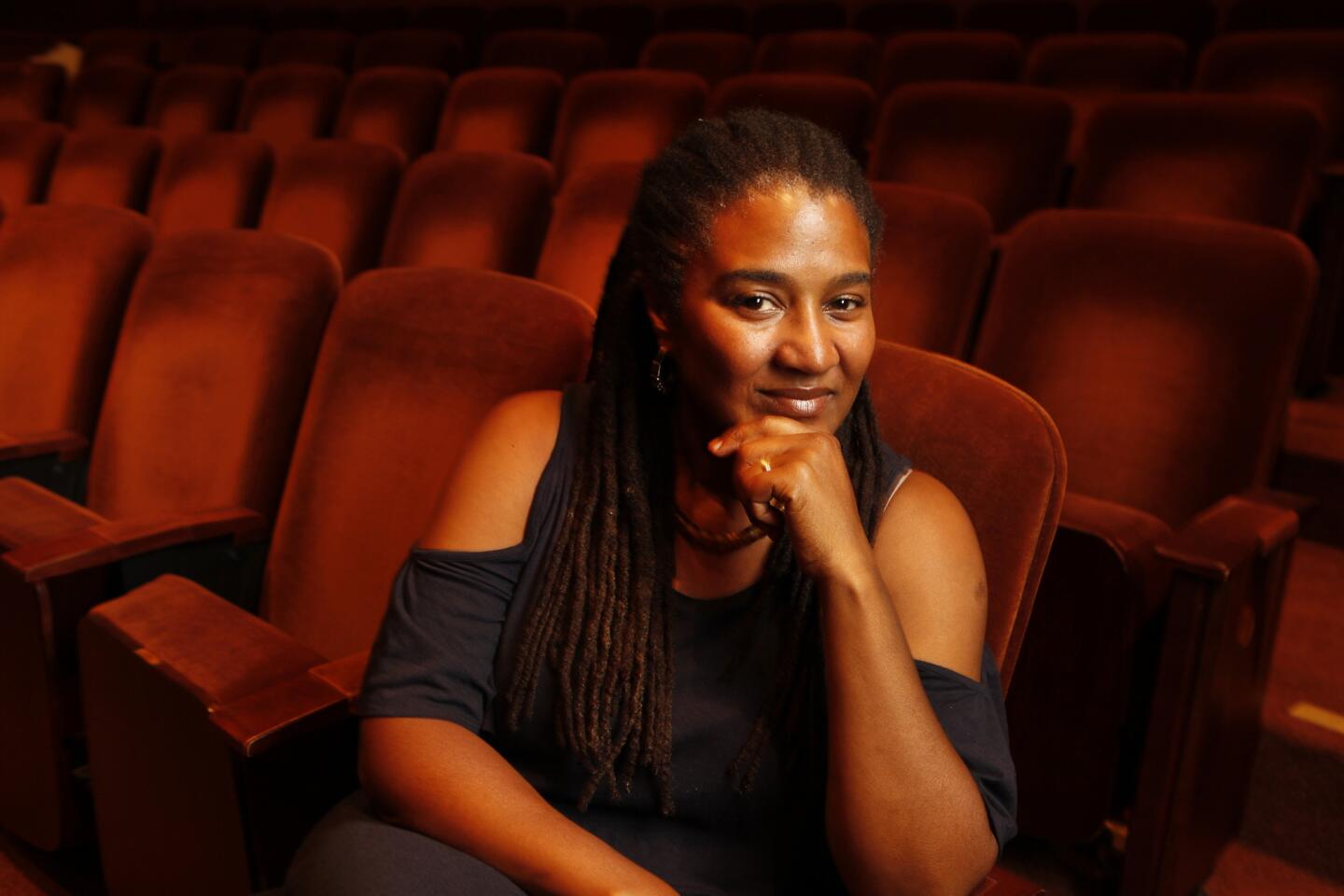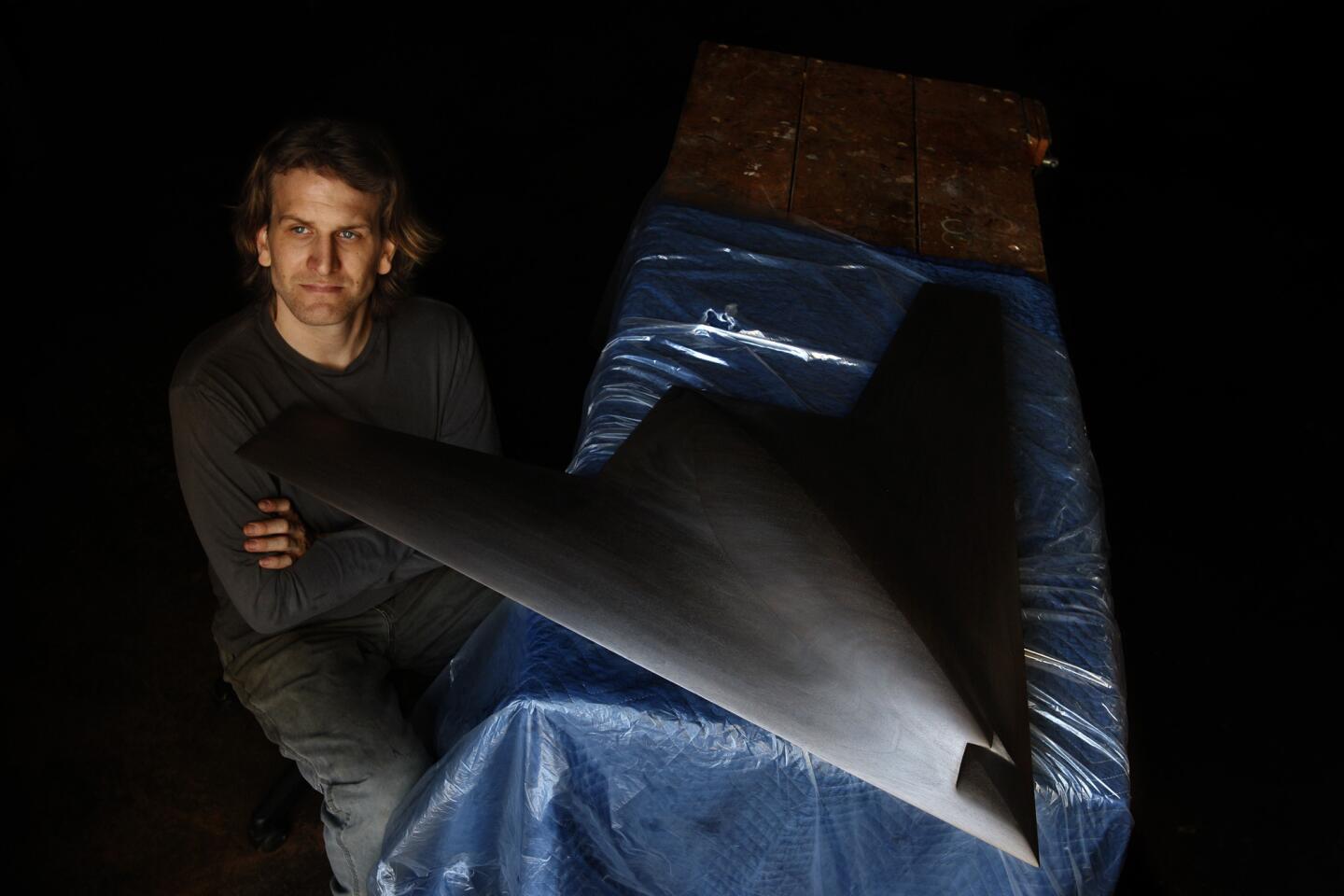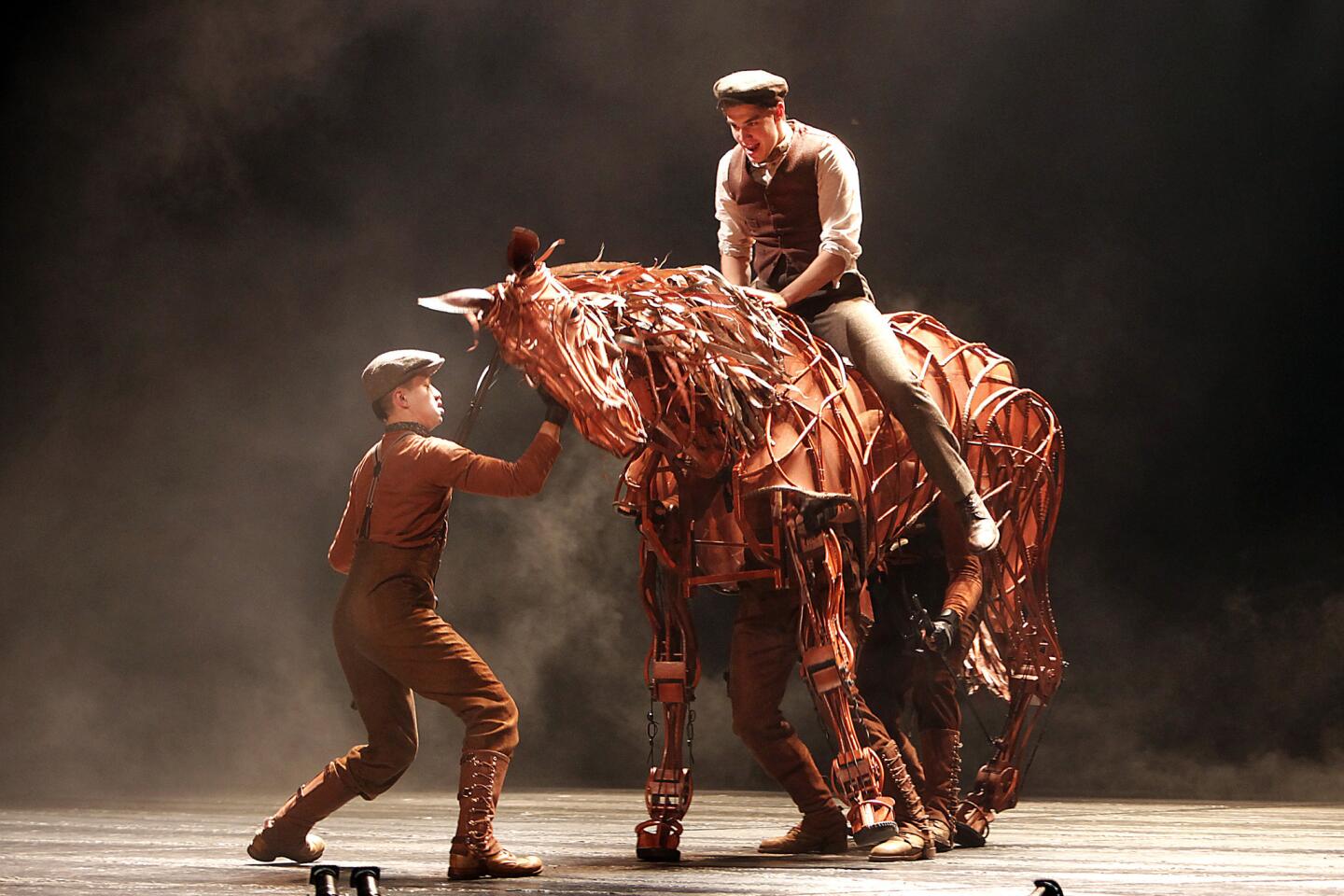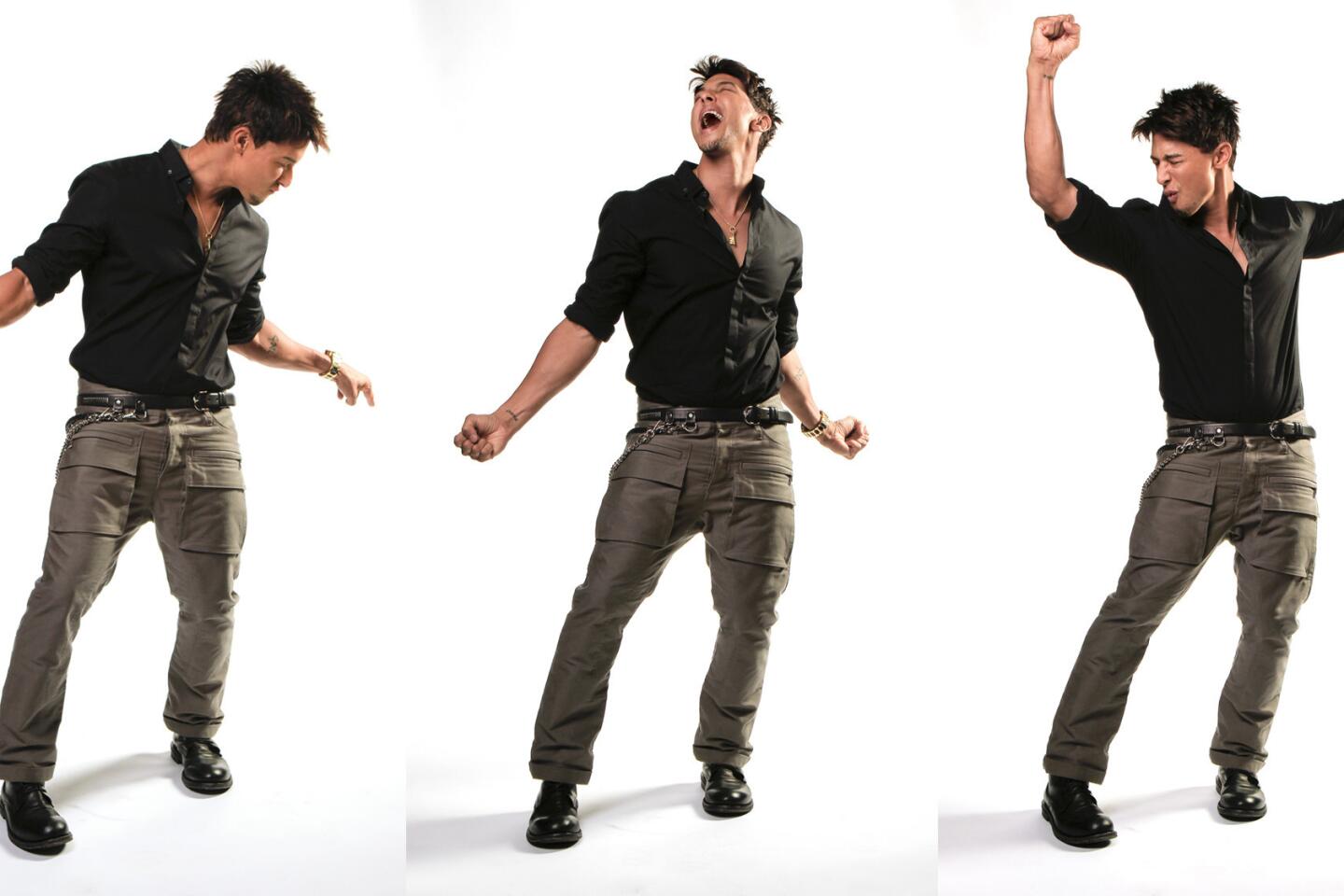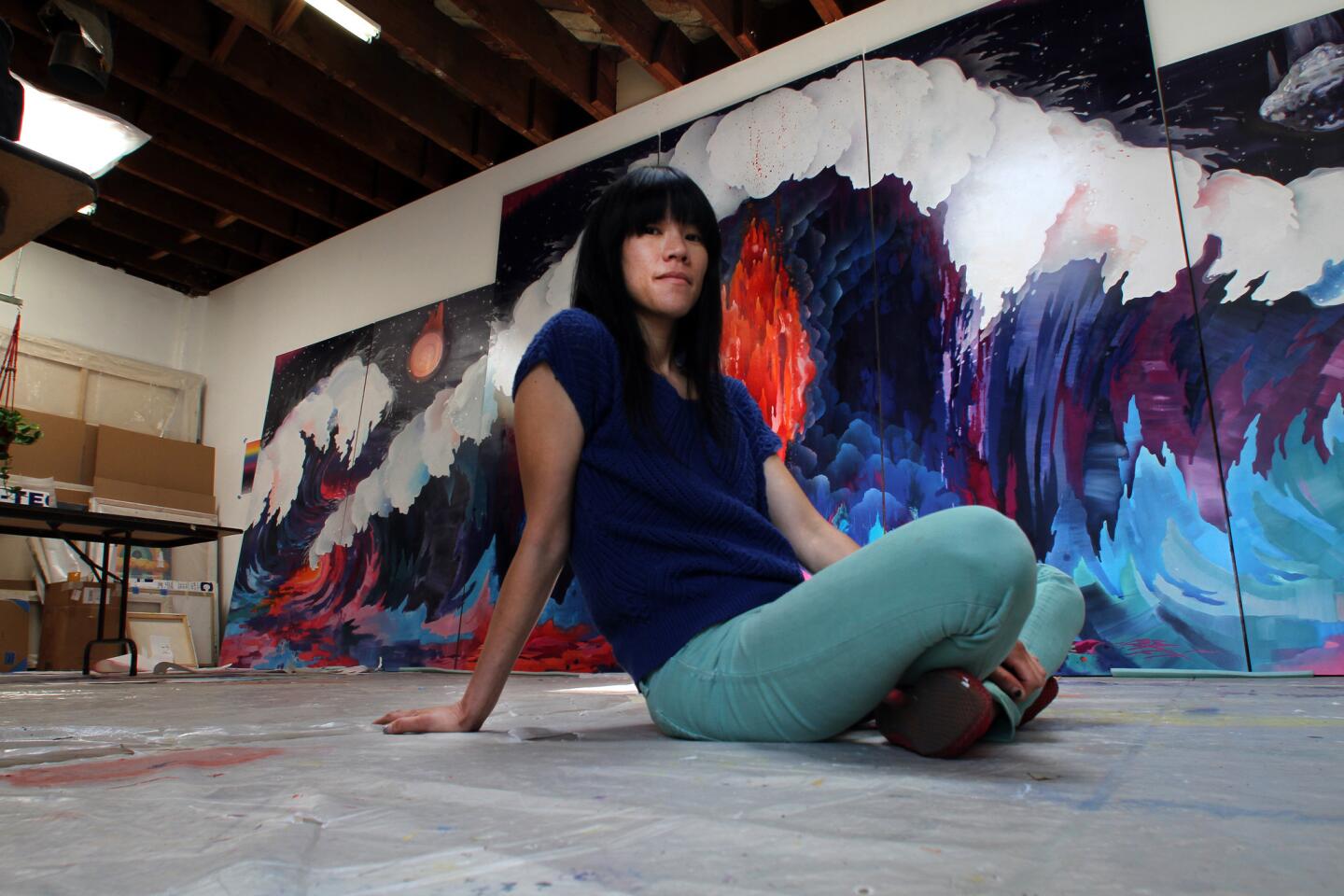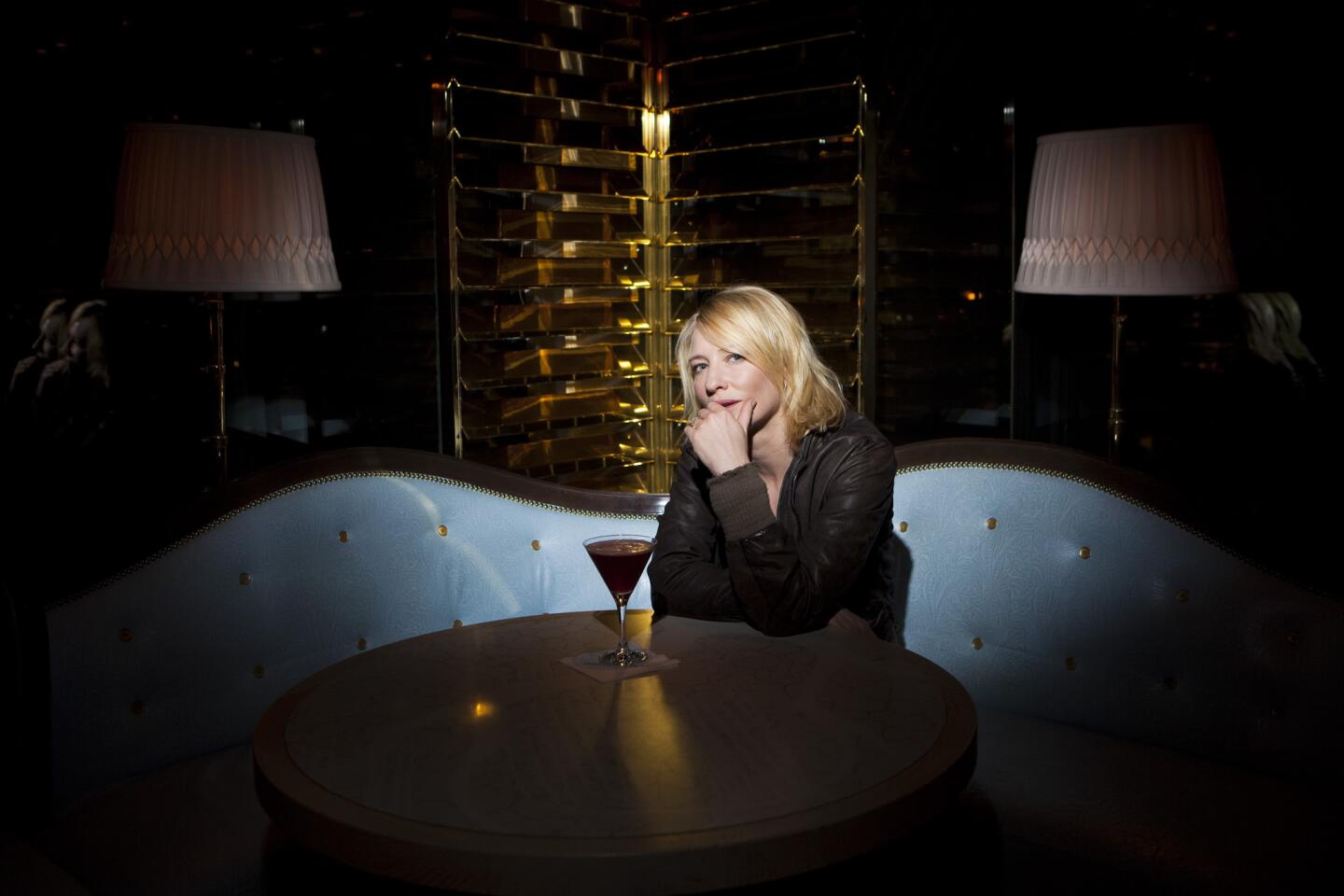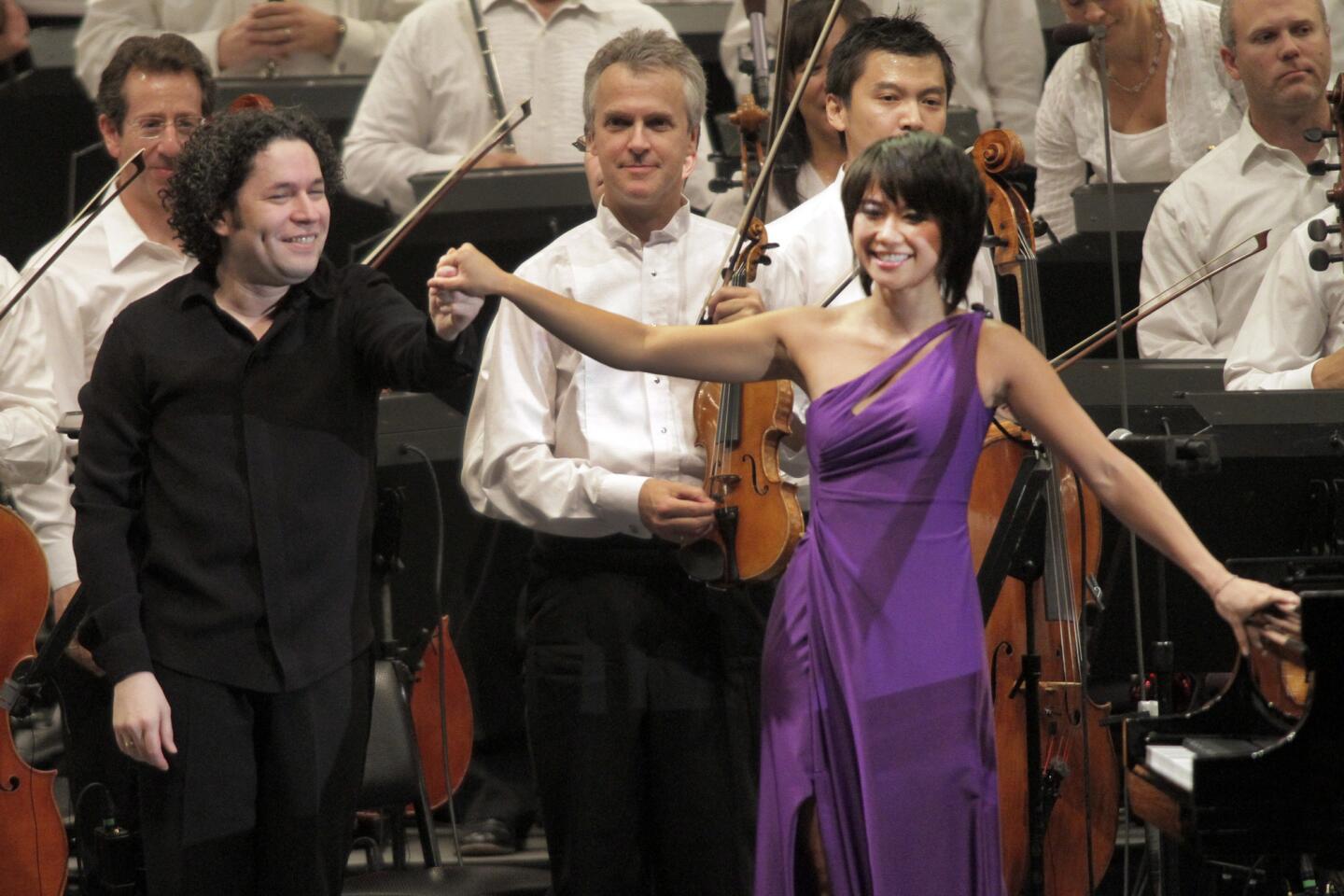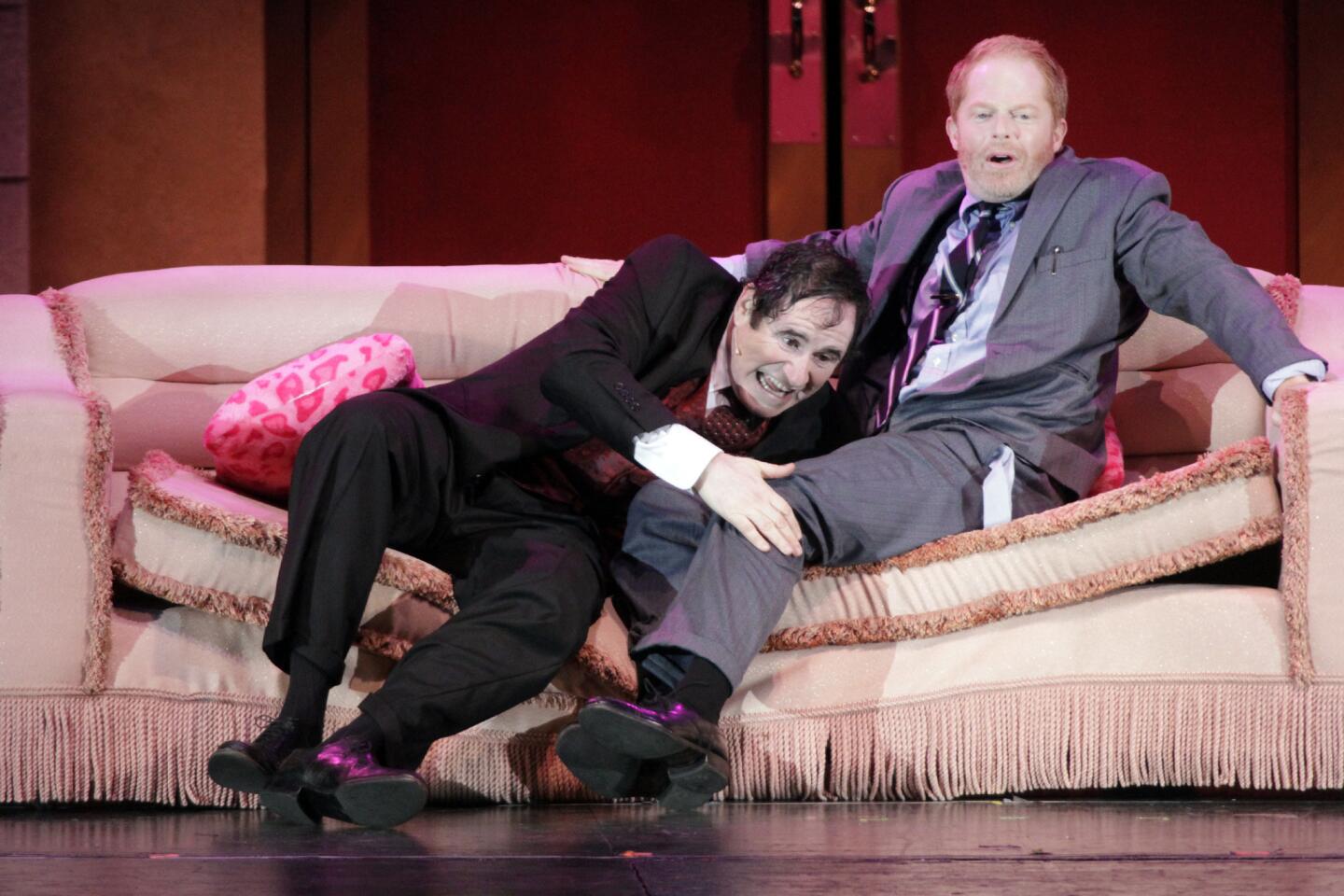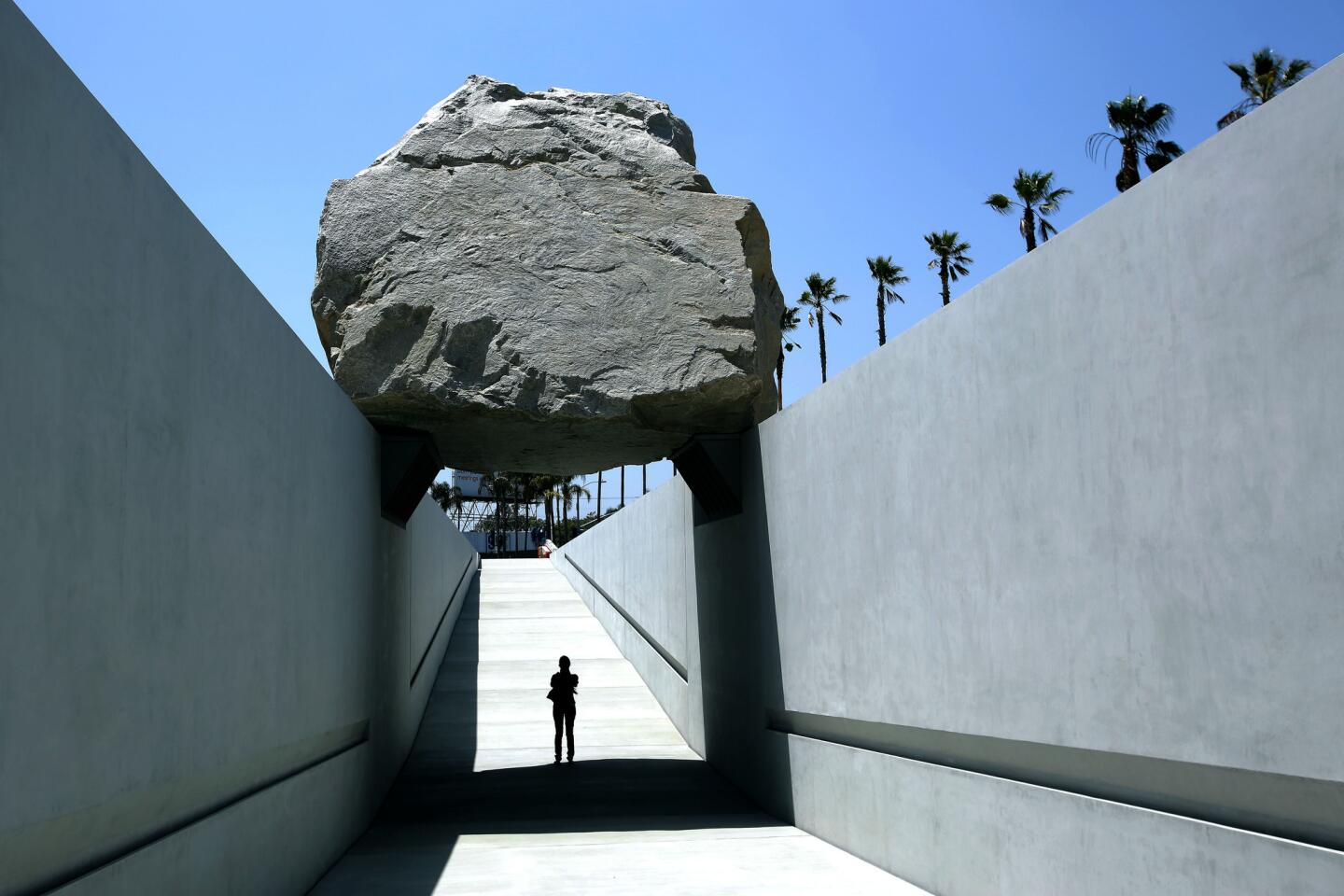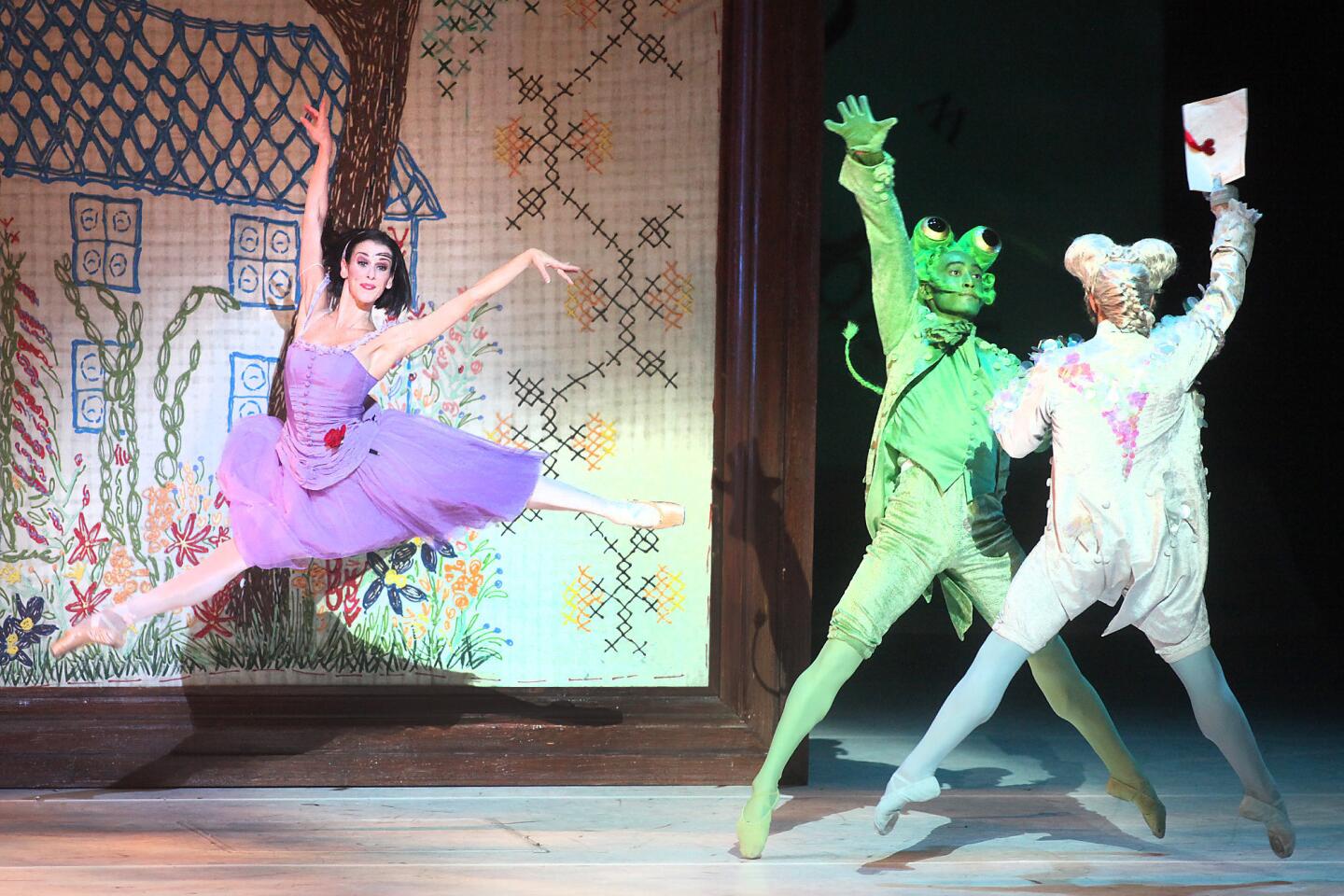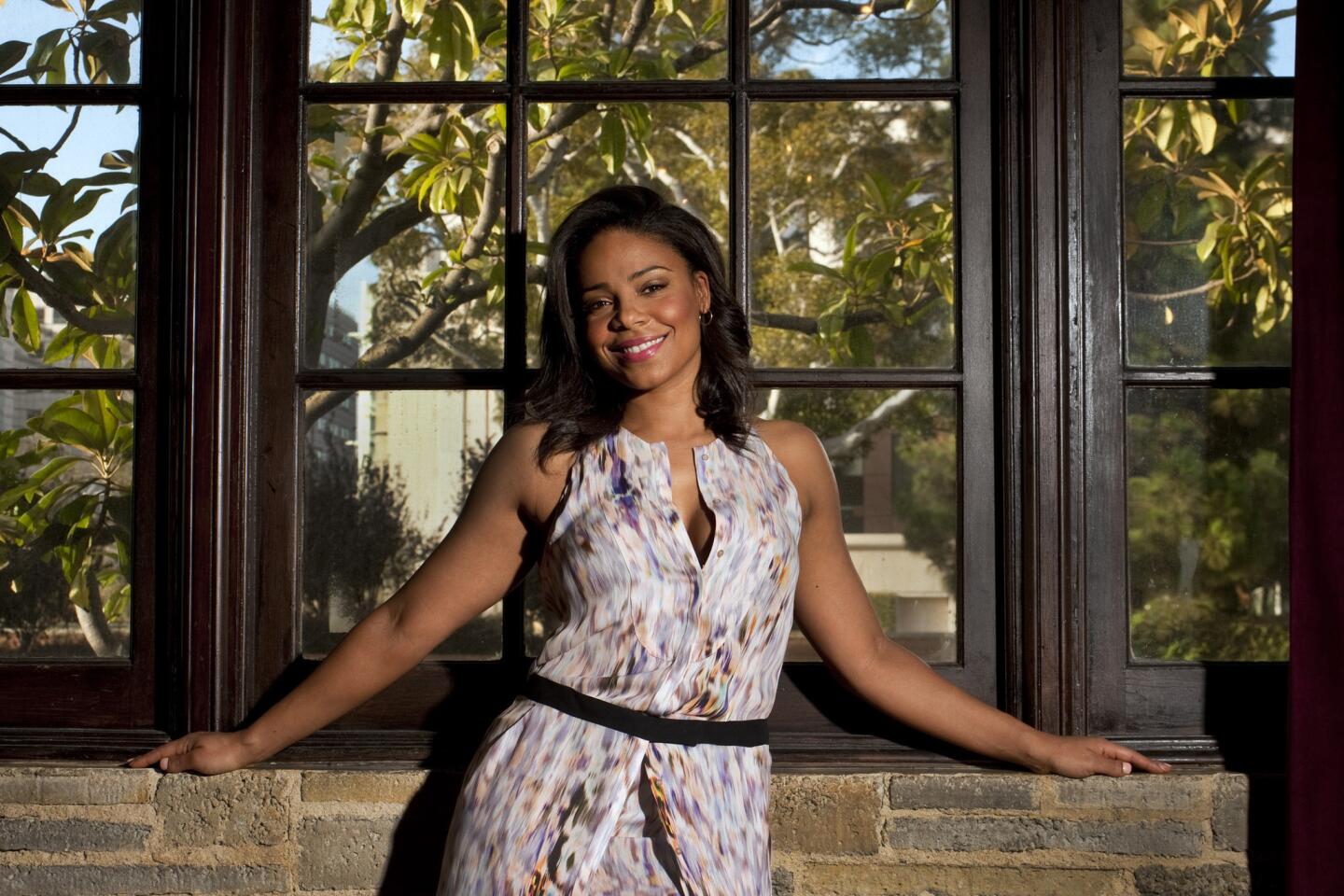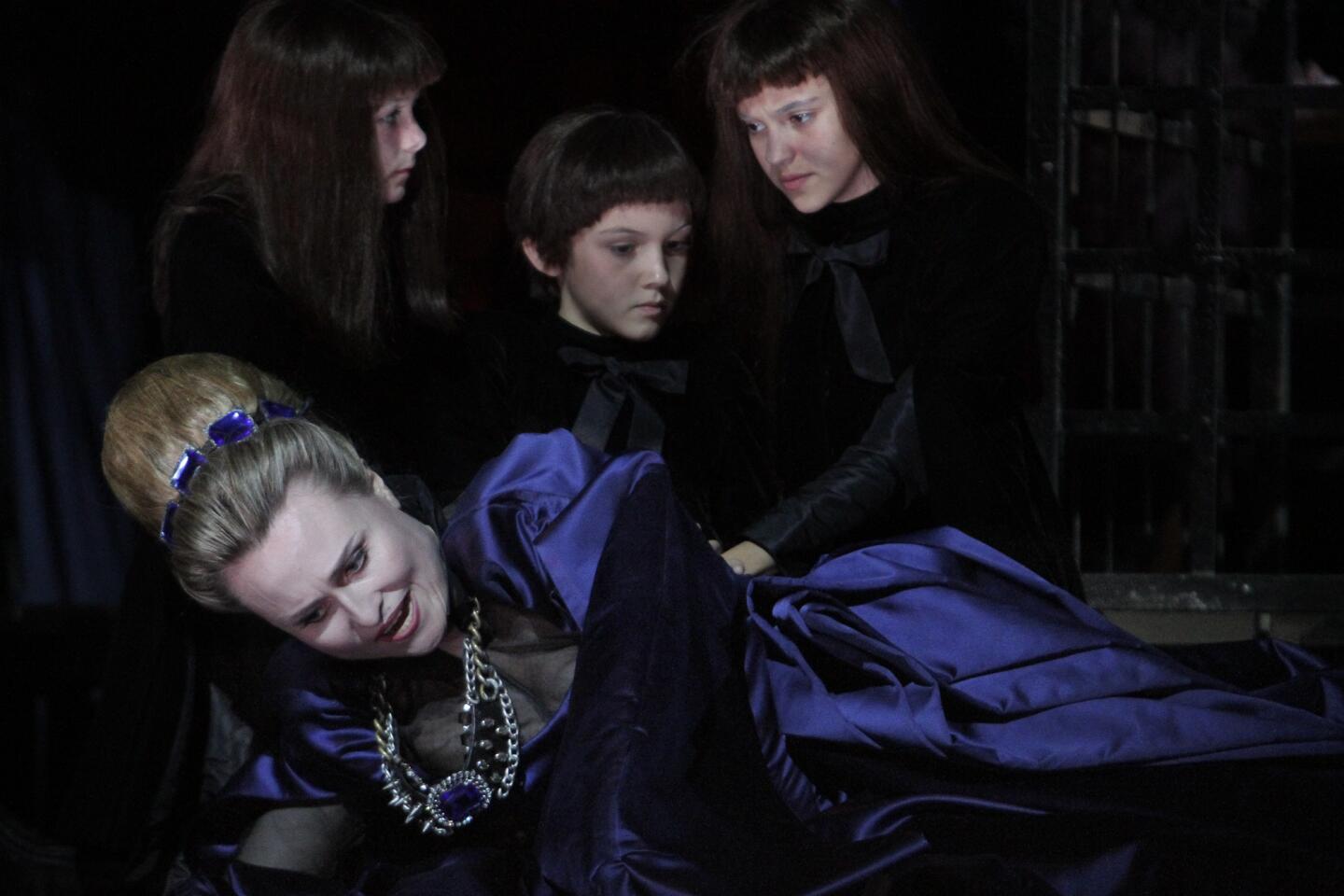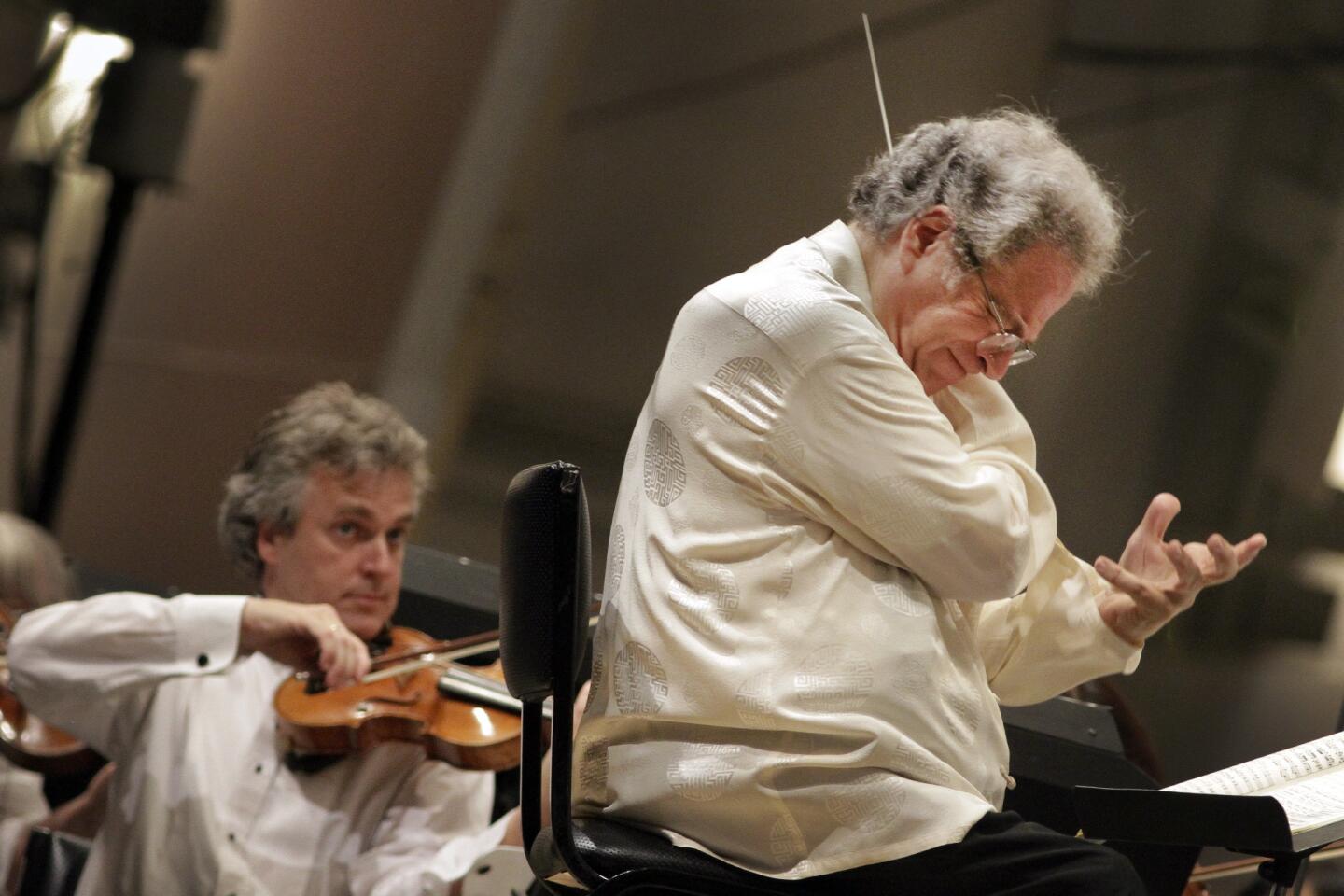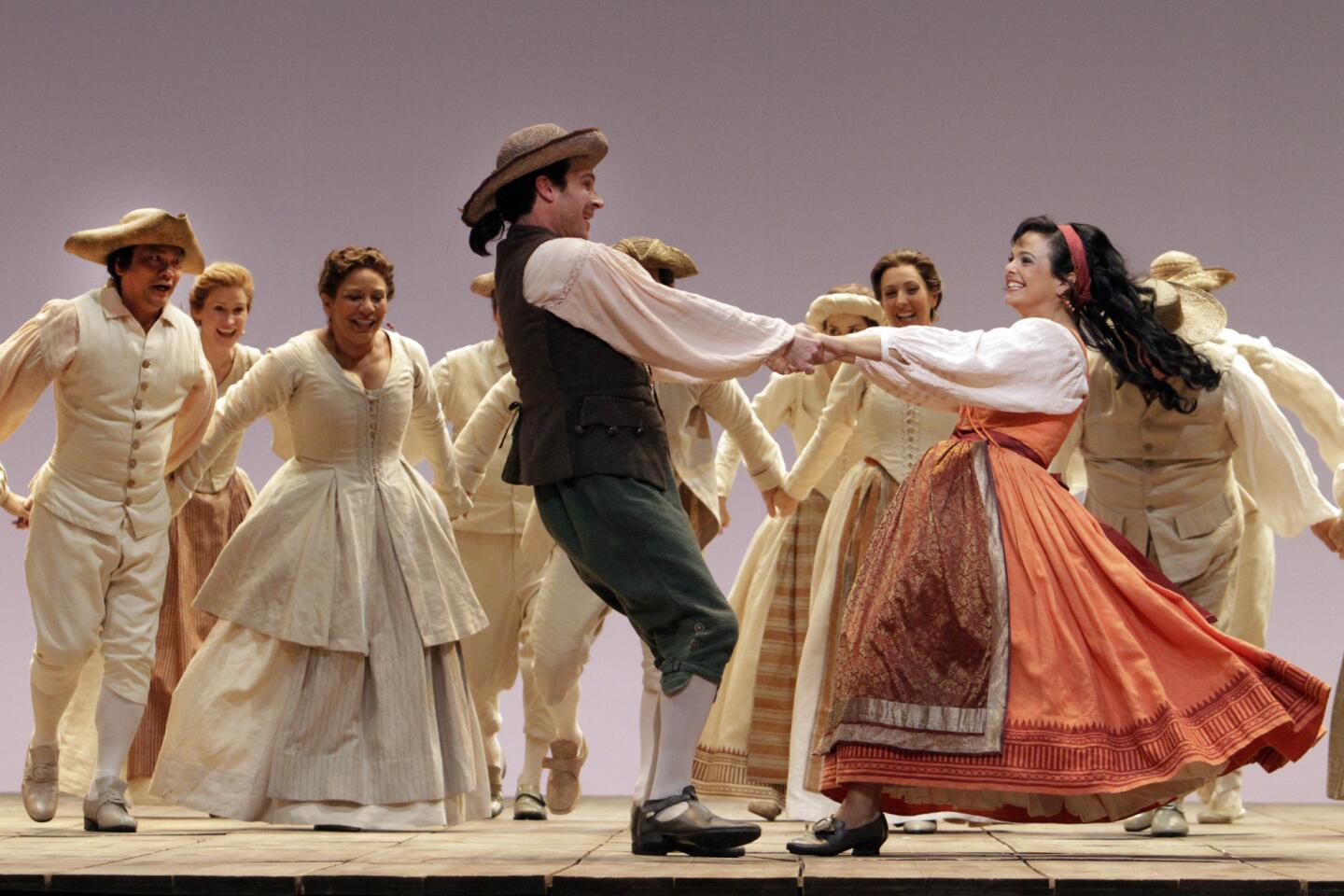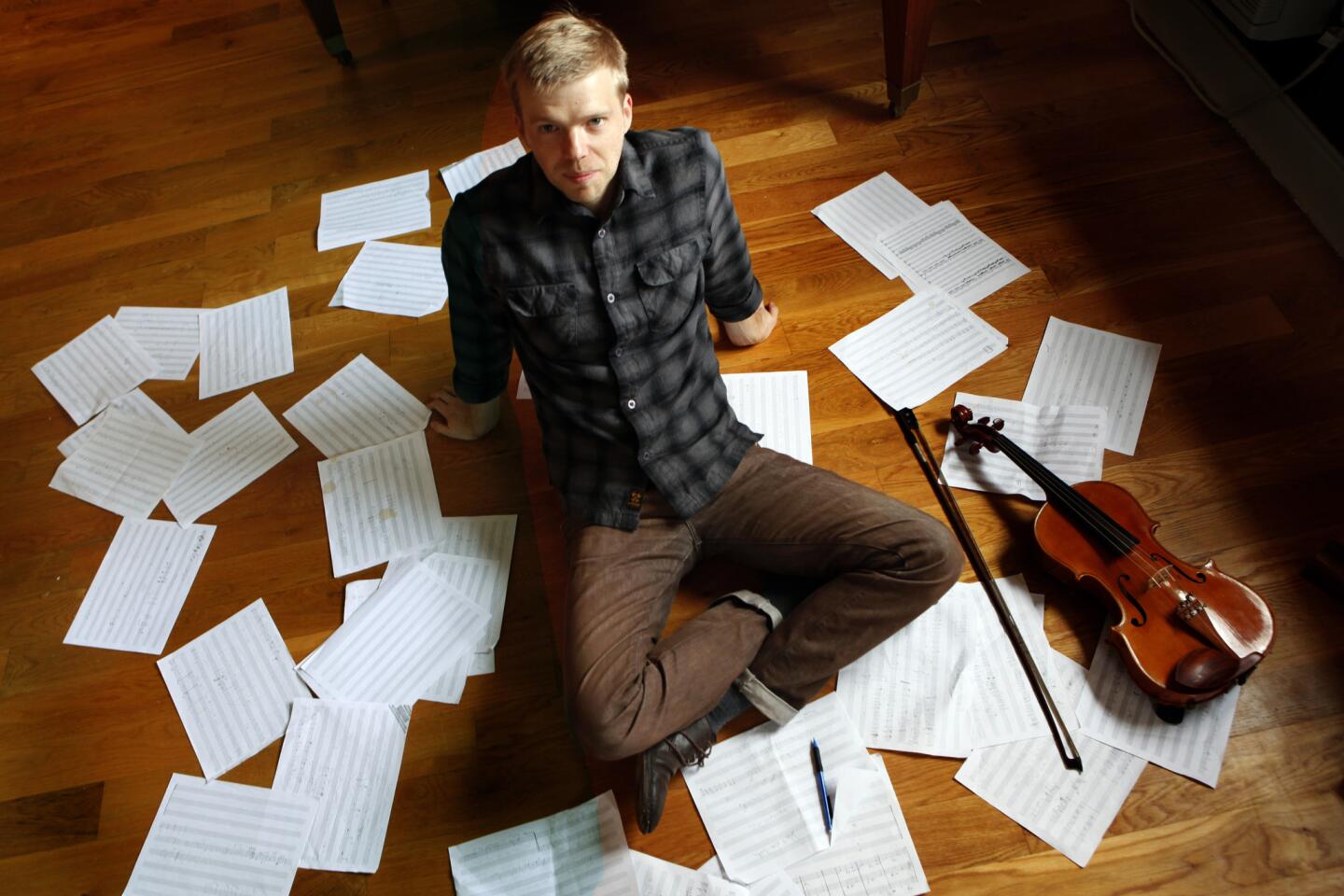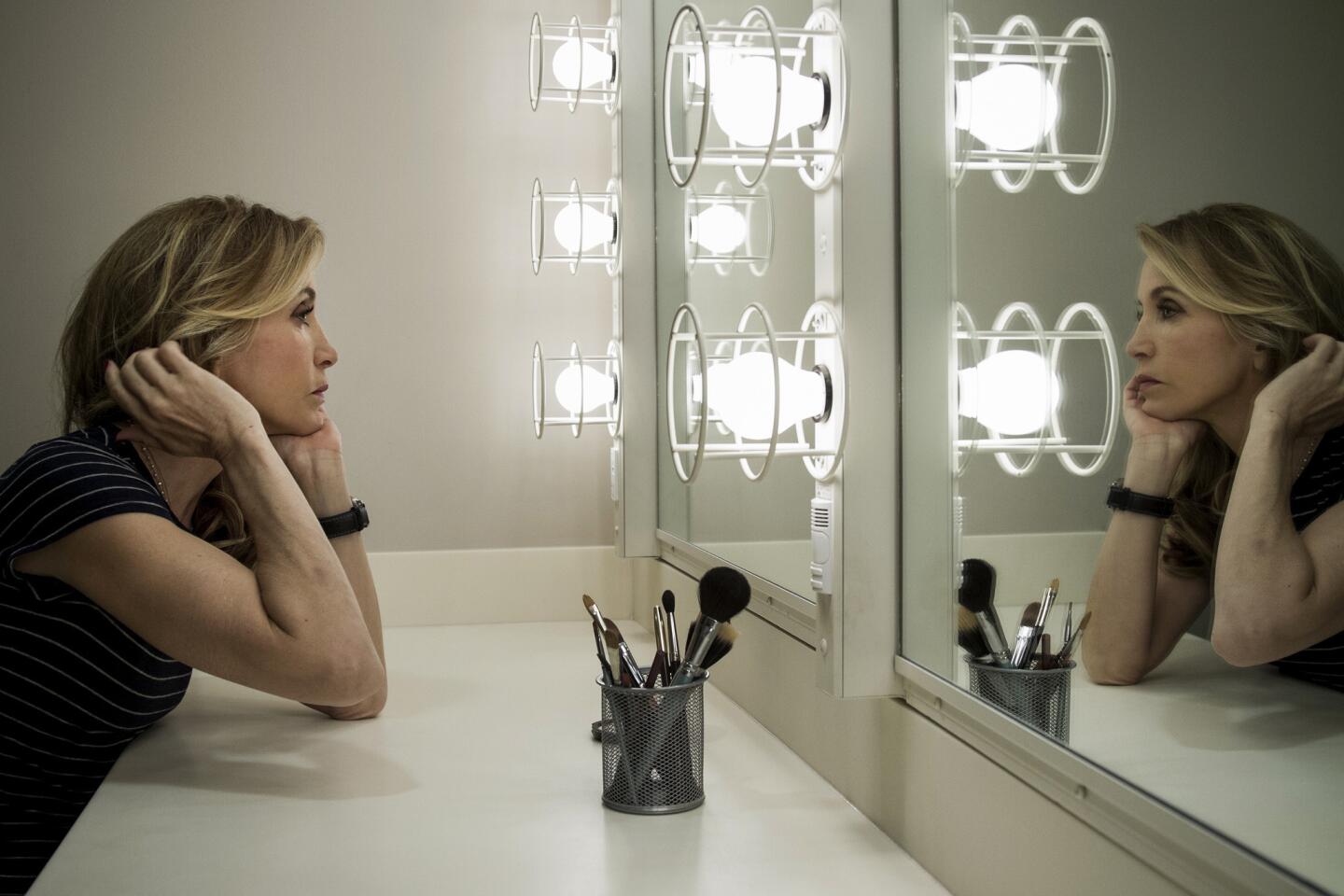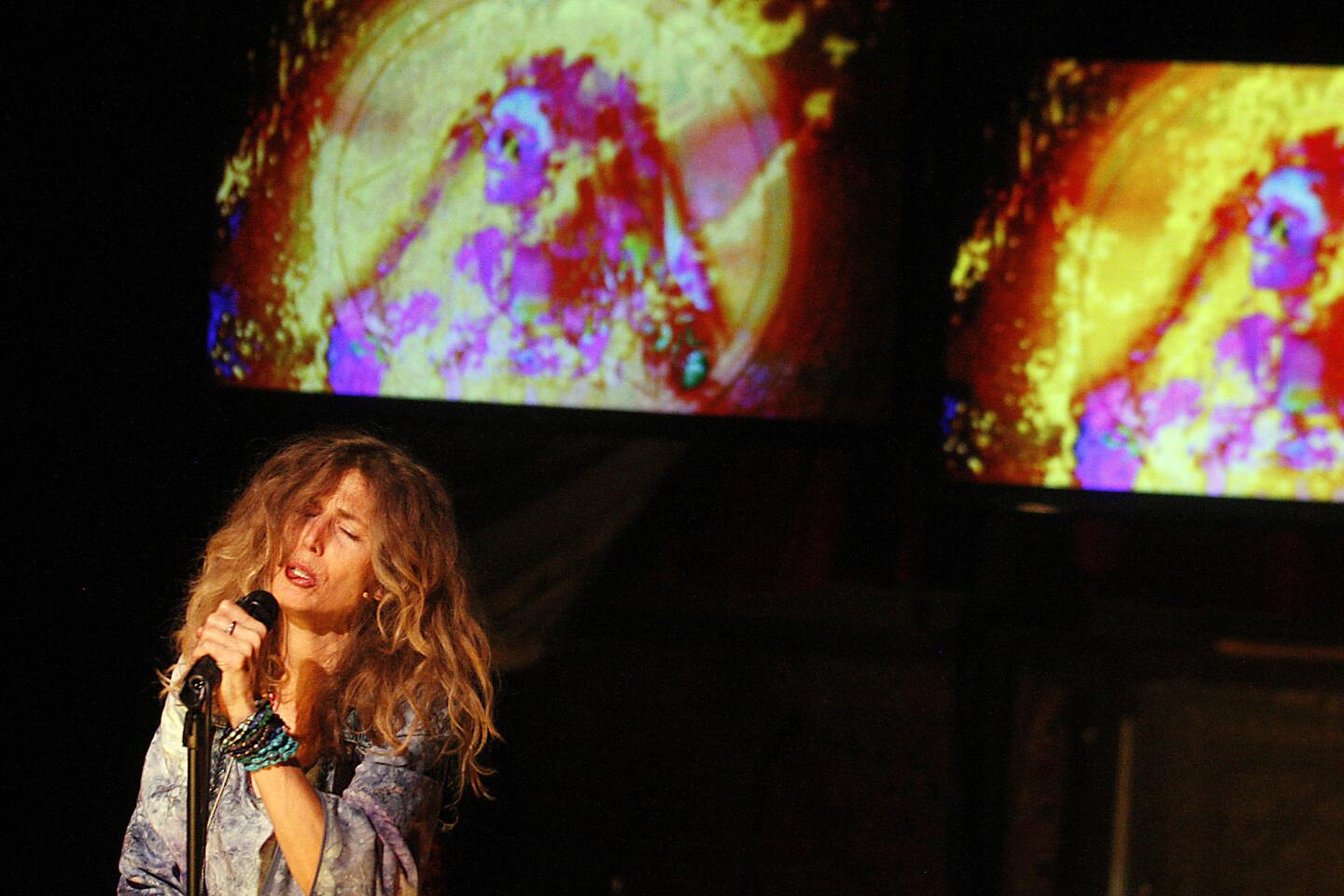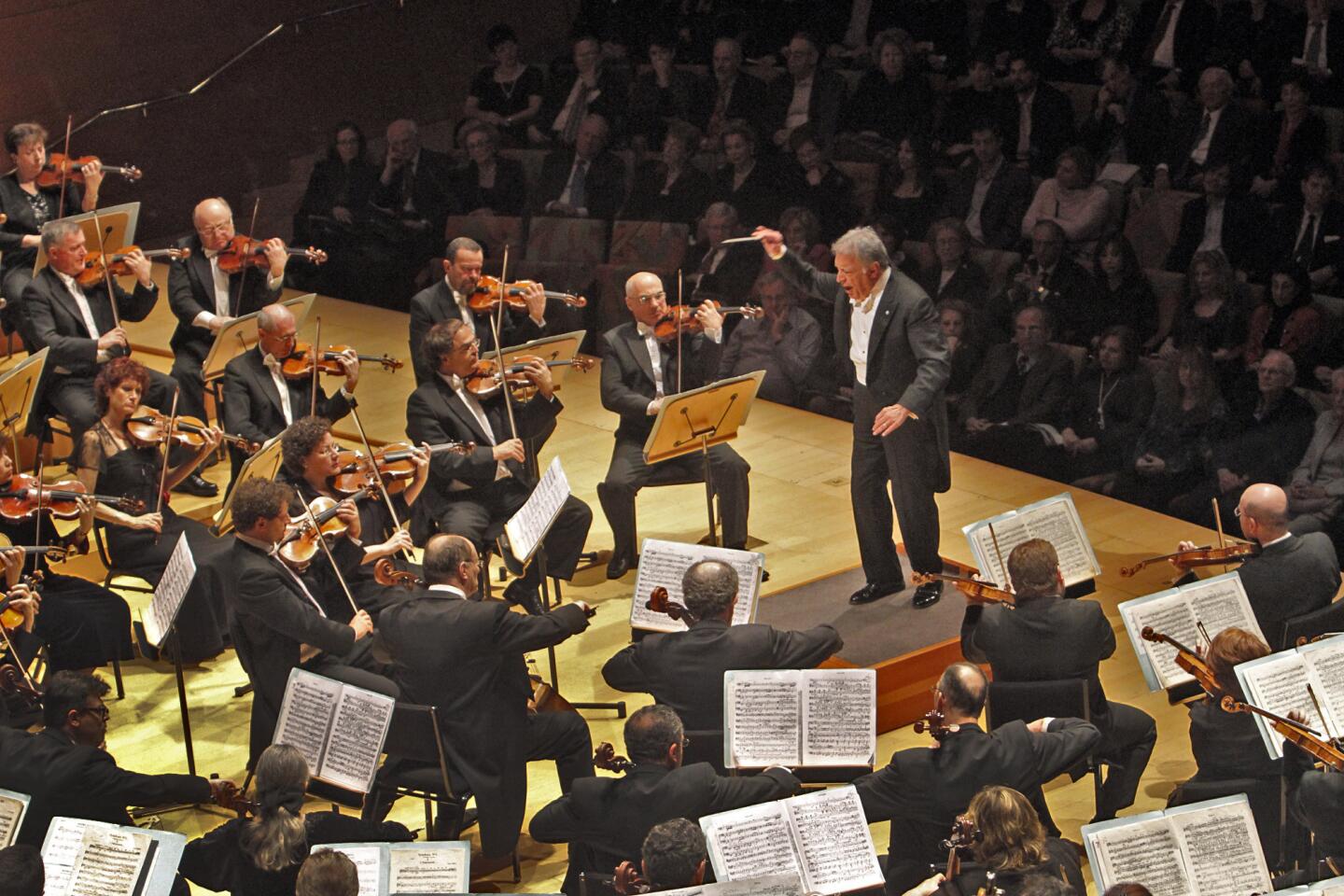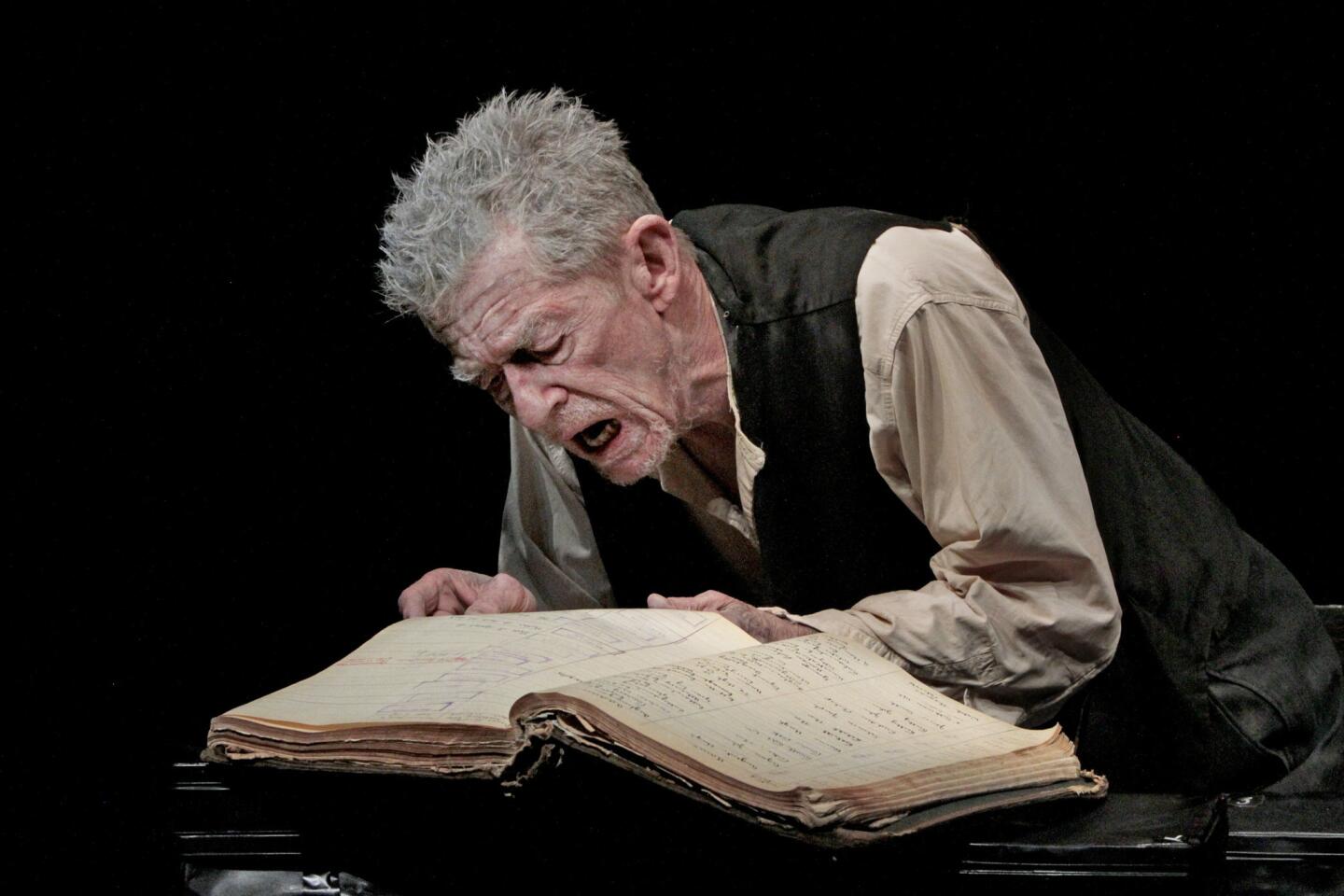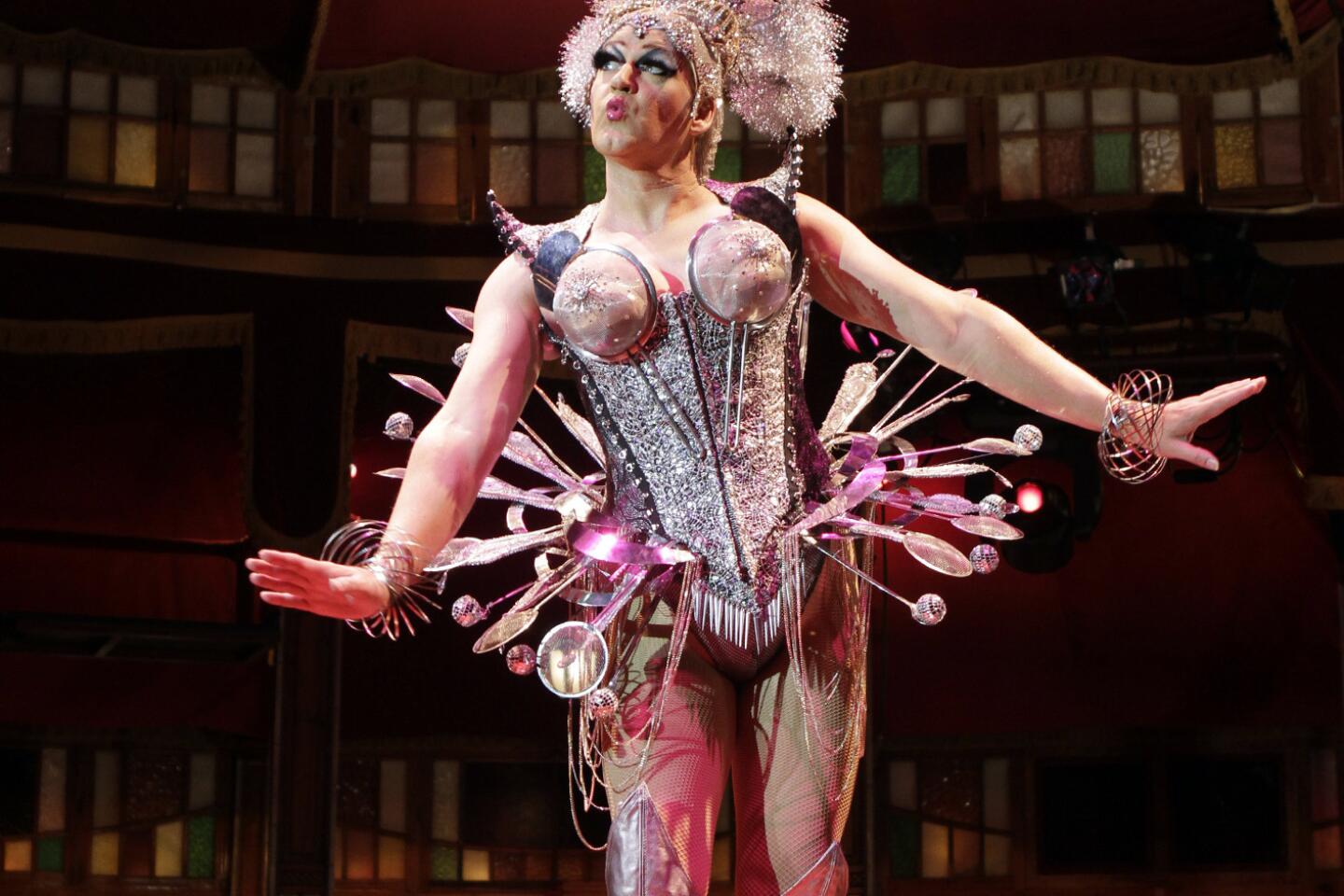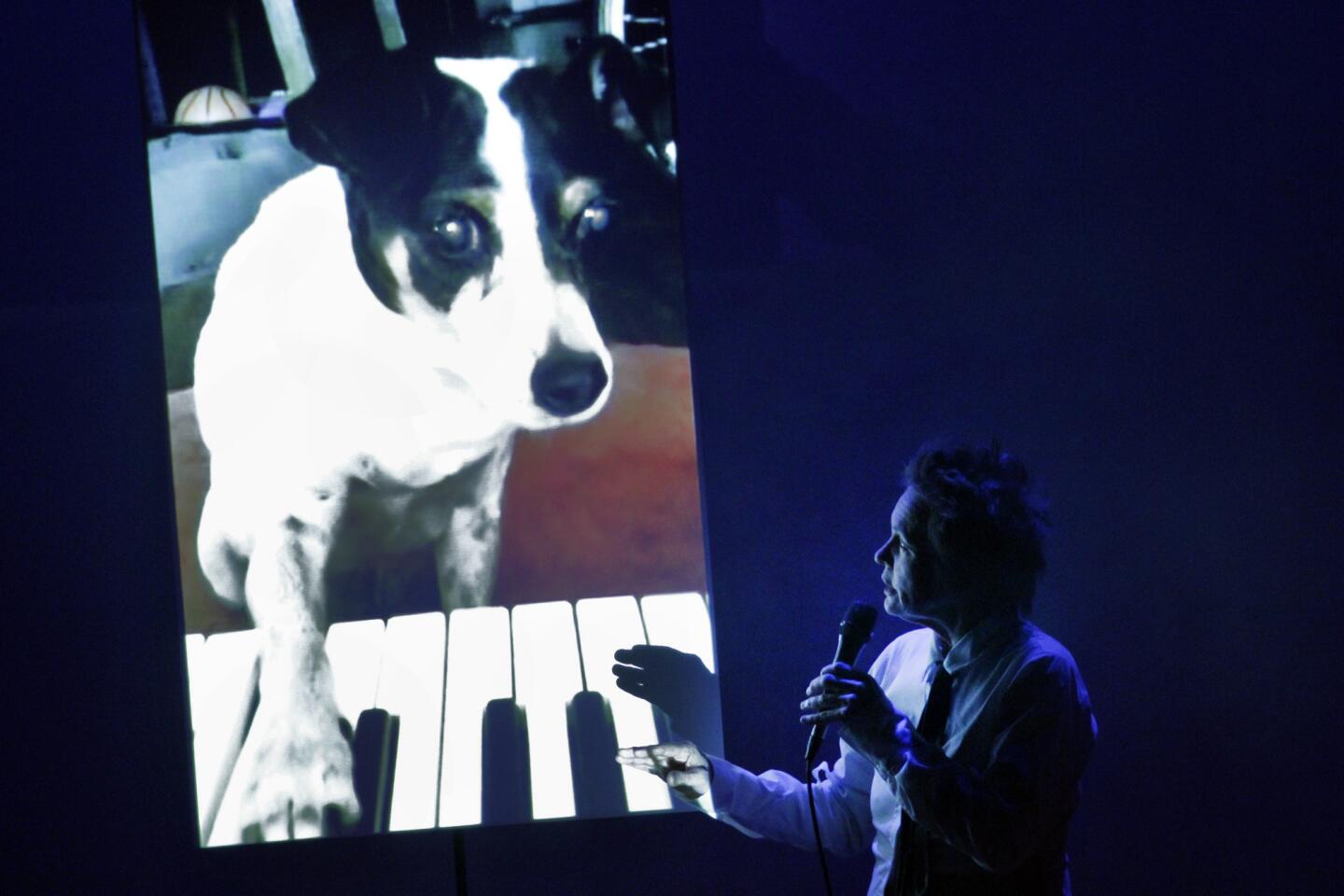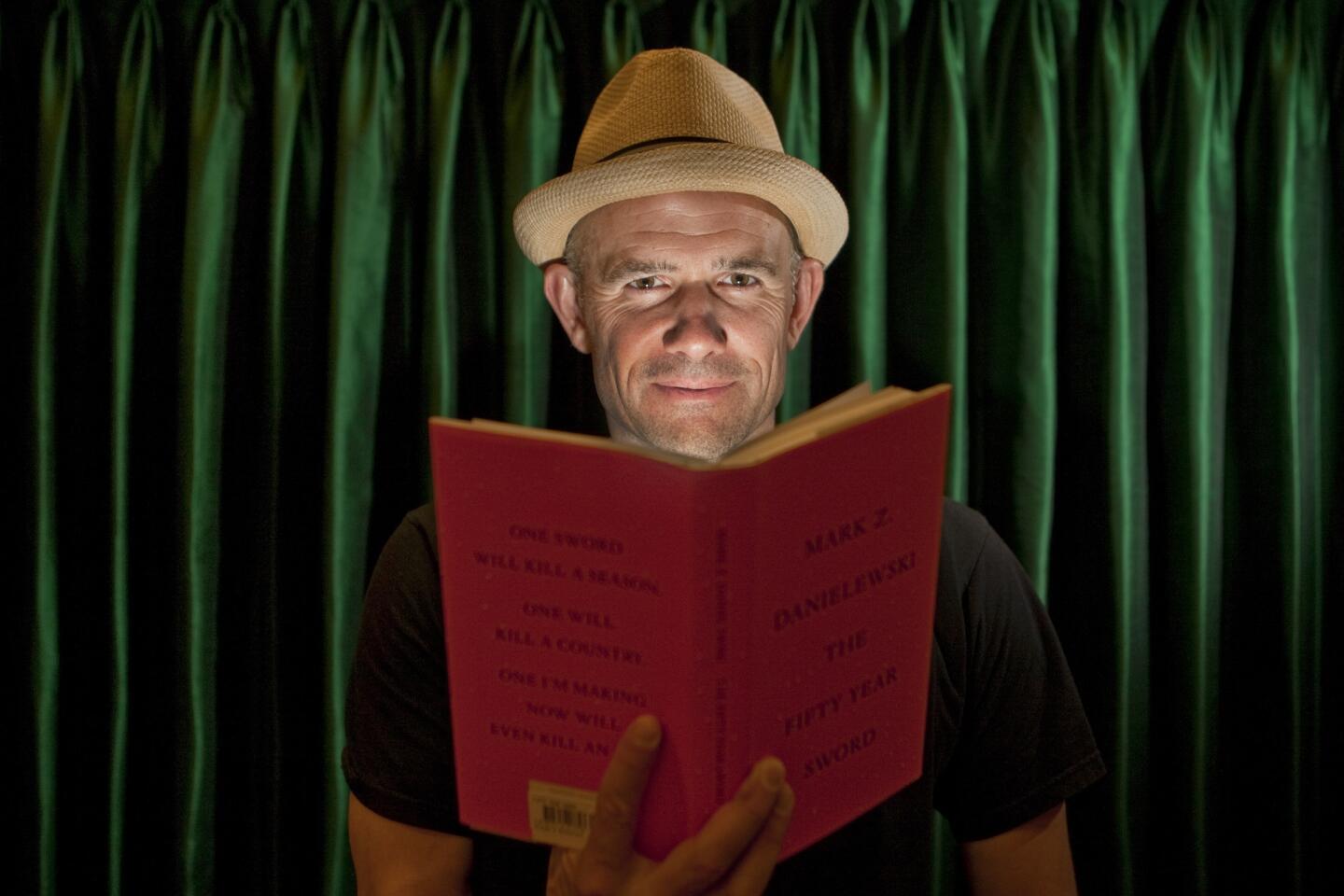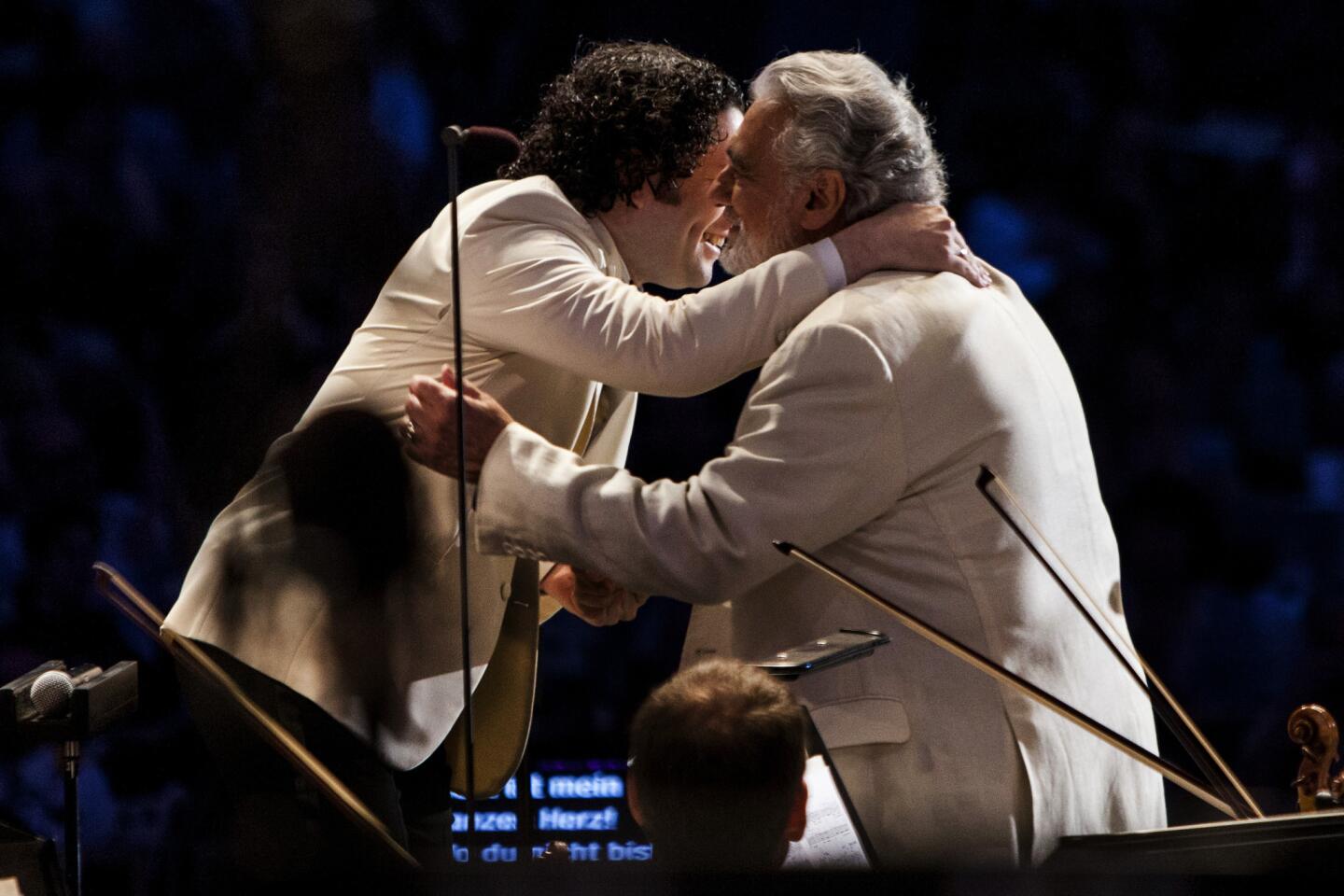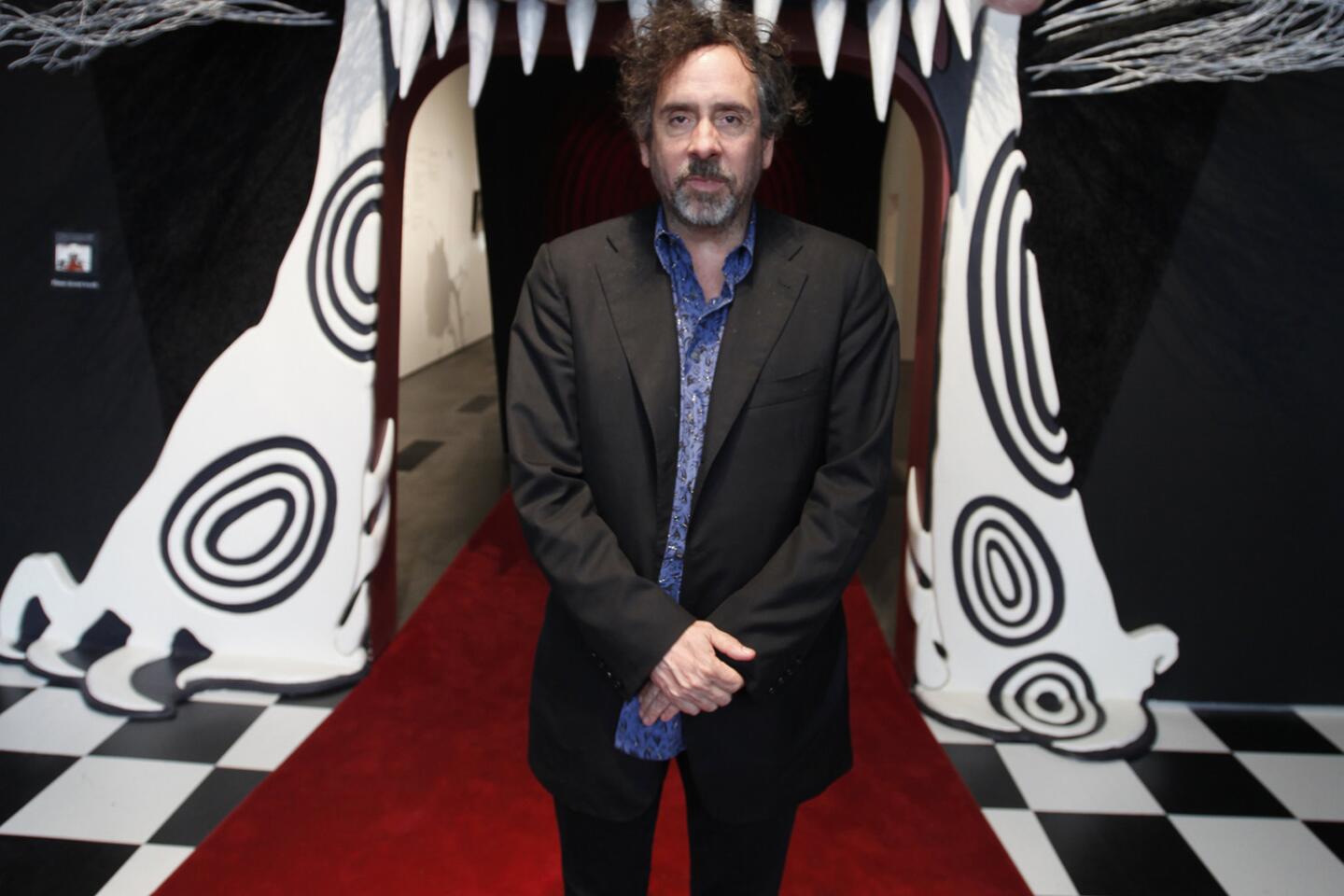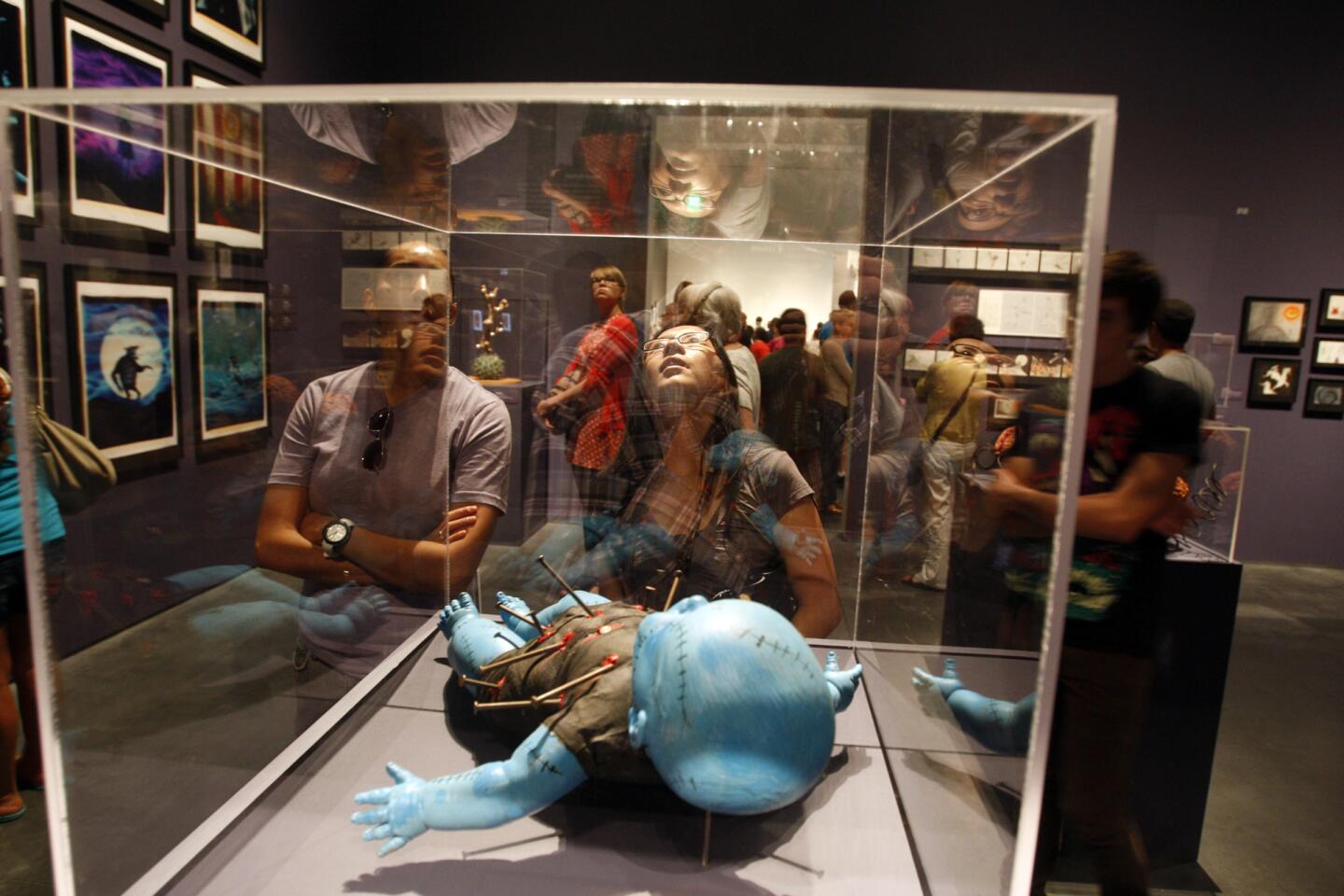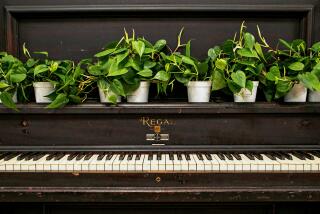Gift to USC continues a legacy of mentoring
Itâs no surprise that a conversation with Alice Schoenfeld would go deep into the traditions and legacies of classical music. She has been teaching the violin at USCâs Thornton School of Music since 1960, having played her first recital more than 30 years earlier, at age 5.
Whatâs astonishing, as one sits in the large studio of her home in La Canada Flintridge, listening to her talk about her life in music in a clear, lilting, German-accented speaking soprano, is just how deep Schoenfeldâs classical lineage goes. Because of who she is and where sheâs been, the $10 million she recently donated to the Thornton School is a legacy whose meaning goes far beyond what the sum may buy.
The first $3 million, given last fall, went toward renovating a former USC film school facility as a space for orchestral rehearsals â the Alice and Eleonore Schoenfeld Symphonic Hall, named for Schoenfeld and the cello-playing younger sister who, until her death five years ago, was her housemate, her partner for decades in the Schoenfeld Duo, and her fellow music professor at USC.
PHOTOS: Arts and culture in pictures by The Times
An additional $7 million, announced Feb. 21 as the cornerstone gift of a $75-million fundraising campaign for the Thornton School, creates the Alice and Eleonore Schoenfeld Endowed Scholarship Fund, whose earnings will cover tuition and other costs for students studying string instruments.
âEverything I do is out of love for my sister,â Schoenfeld said as she sat near a basket containing 92 roses, a gift from a student for her 92nd birthday a few days earlier. On the lid of a nearby piano were perched black and white photographs of Eleonore, a dark-haired beauty, and herself, a blond, as young women. âWe were pretty cute at the time,â Schoenfeld said with a laugh.
Suitors were out of luck, however. Schoenfeld said she decided early on that her musical commitments wouldnât mix with having a husband or children. Eleonore dipped a toe in those waters, then withdrew it. âMy sister was engaged to a lovely gentleman, a professor at Stanford,â Alice said, but she eventually called it off. âShe never felt it would be fair to me or herself, or her husband.â
The second musician Schoenfeld talks about, his photograph also perched on the piano next to her own, is Karl Klingler. As a violin teacher he was sufficiently renowned to prompt Schoenfeldâs father, himself a violinist, to move the family from her native Yugoslavia to Berlin so she could study with him. Another of Klinglerâs pupils was Shinichi Suzuki, who went on to establish the influential Suzuki Method of musical instruction.
Klingler âtaught me every detail and possibility,â Schoenfeld says, âand freedom of imagination.â Because of his influence, she says, âI donât want my students to copy meâ but to find their own style and work toward their own goals, whether it be renown as a soloist, or holding a chair in an orchestraâs violin section.
Klingler also instructed Eleonore Schoenfeld in chamber music techniques, after she had gotten over her first artistic love, dancing, and took up the cello at age 11. Until then, recalls Alice Schoenfeld, âI never saw my sister without bloody toes. She played violin very well also,â but their parents â their mother was a fine amateur pianist â vetoed it as her main instrument because âshe would have played second fiddle her life long.â Alice, by then in her midteens, was already a darling of the European concert scene.
Klingler had married into wealth, and the Schoenfeld sisters would join his family at the castle that was his summer home. âIt was a playground for my sister and me and their two daughters,â Schoenfeld recalled. âWe could make music from morning to night. I was part of the family. I was so spoiled, and had such good fortune.â Because of that, âI feel so much I want to do something for my young people.â
Hence the $10 million for USC, and an additional sum to establish the Alice and Eleonore Schoenfeld International String Competition for violin and cello, scheduled to debut in Hong Kong in August with more than $400,000 in prize money. The gifts, she said, are mainly the fruit of her and her sisterâs long performance careers, sound investments, good health and frugal living rather than their earnings as professors.
Going forward, when USC students step into the Schoenfeld rehearsal hall or accept a Schoenfeld string instrument scholarship, theyâll be stepping into the heart of the classical tradition. Schoenfeld notes that, just as she was a dear pupil to Klingler, he was dear to his teacher, Joseph Joachim, one of the great violinists of the 19th century. Joachim was a friend and leading interpreter of composers Robert Schumann and Johannes Brahms, and his own beloved teacher and mentor was Felix Mendelssohn.
âHis life can be understood in terms of a mission to promote Mendelssohnâs work,â says the New Grove Dictionary of Music and Musicians, which adds that Joachimâs career is considered transformative because âhe represented a new species of âasceticâ violinist, subordinating himself to the composer rather than glorying in his virtuosic technique.â
Phoenix Delgado, an assistant dean of the Thornton School, says the Schoenfeld scholarship fund will improve USCâs chances of luring top students, for whom music schools compete intensely.
The plan isnât to expand the 74 current places for undergraduate and graduate students learning string instruments, but to give the best candidates every reason to enroll. Now recruiters can tell prospects that by coming to USC, theyâll join a legacy of musical mentoring that goes back to Mendelssohn.
Some will learn directly from Alice Schoenfeld. She says she has 10 students and a 20-hour weekly teaching load, down from a peak of 24 students. âThe dean has feelings that I should not overwork myself, but I still have more energy than all my students together,â she said.
Not surprisingly for a high-level classical musician â a group for whom preparation is paramount â Schoenfeld had prepared for the interview by typing her thoughts about her aims and methods as a violin teacher. âI have a warm and trusting relationship with everyone who seeks my advice and tries to meet my expectations,â she had written, before crossing out âtriesâ and changing it to âsuffers to meet my expectations.â
A lesson, she says, will often proceed in an immensely painstaking way: âone little measure 10 times, then the next little measure 10 times. It becomes so easy by repetition.â Instead of getting upset if the sound isnât right, she says, she stays calm and âI just demand more.â
After six years studying with Schoenfeld â four at USC â Michelle Tseng, a Thornton School senior, can attest to the suffering part.
âShe really wants the best for us, and when sheâs displeased it could result in maybe spending an hour on one bar of a piece of music. It even means tears for some people,â Tseng said. âItâs worth suffering for. When sheâs pleased, she definitely shows us â âBravo! Thatâs a wonderful sound.ââ
Tseng says the tradition Schoenfeld embodies hasnât been lost on her. âShe was telling me one section [of a Brahms piece] has to sound like Cyclopes throwing boulders at each other. She told me that because Brahms told Joachim himself. In that moment it was, âWhoa, the actual composer told her musical grandfather!â Sheâs an amazing woman, and Iâm honored to have been a part of it.â
In a 1999 interview published on the website of the Internet Cello Society, Eleonore Schoenfeld had pithily summed up the reason for exacting instructional measures: âThe step from the sublime to the ridiculous is a very small one.â
Alice Schoenfeld continues at USC, keeping alive her sisterâs memory â and that of their teacher and their teacherâs teacher â while advocating for the sublime. âItâs a noble profession to be a teacher,â she said, âevery year, and in every aspect.â
More to Read
The biggest entertainment stories
Get our big stories about Hollywood, film, television, music, arts, culture and more right in your inbox as soon as they publish.
You may occasionally receive promotional content from the Los Angeles Times.
